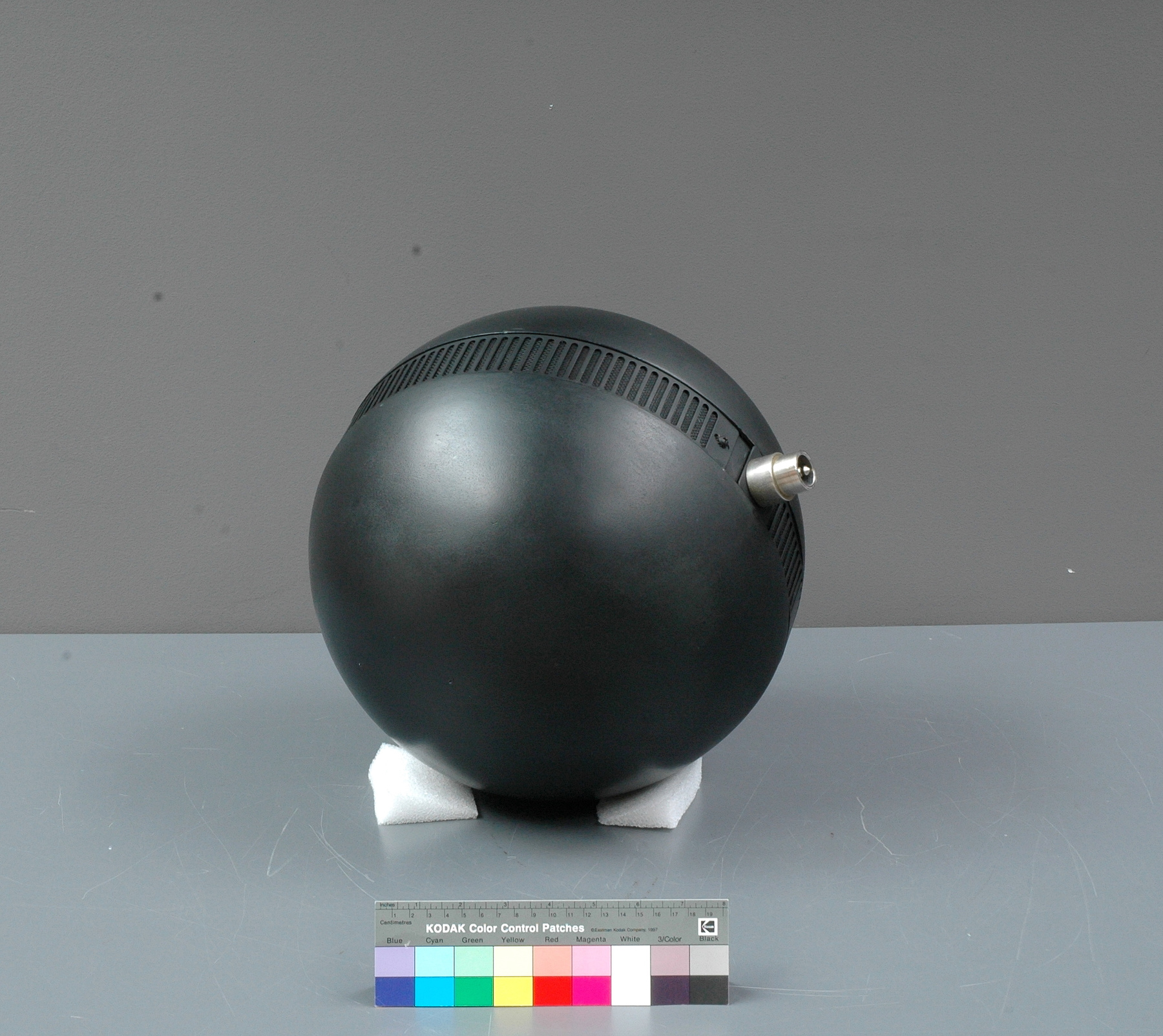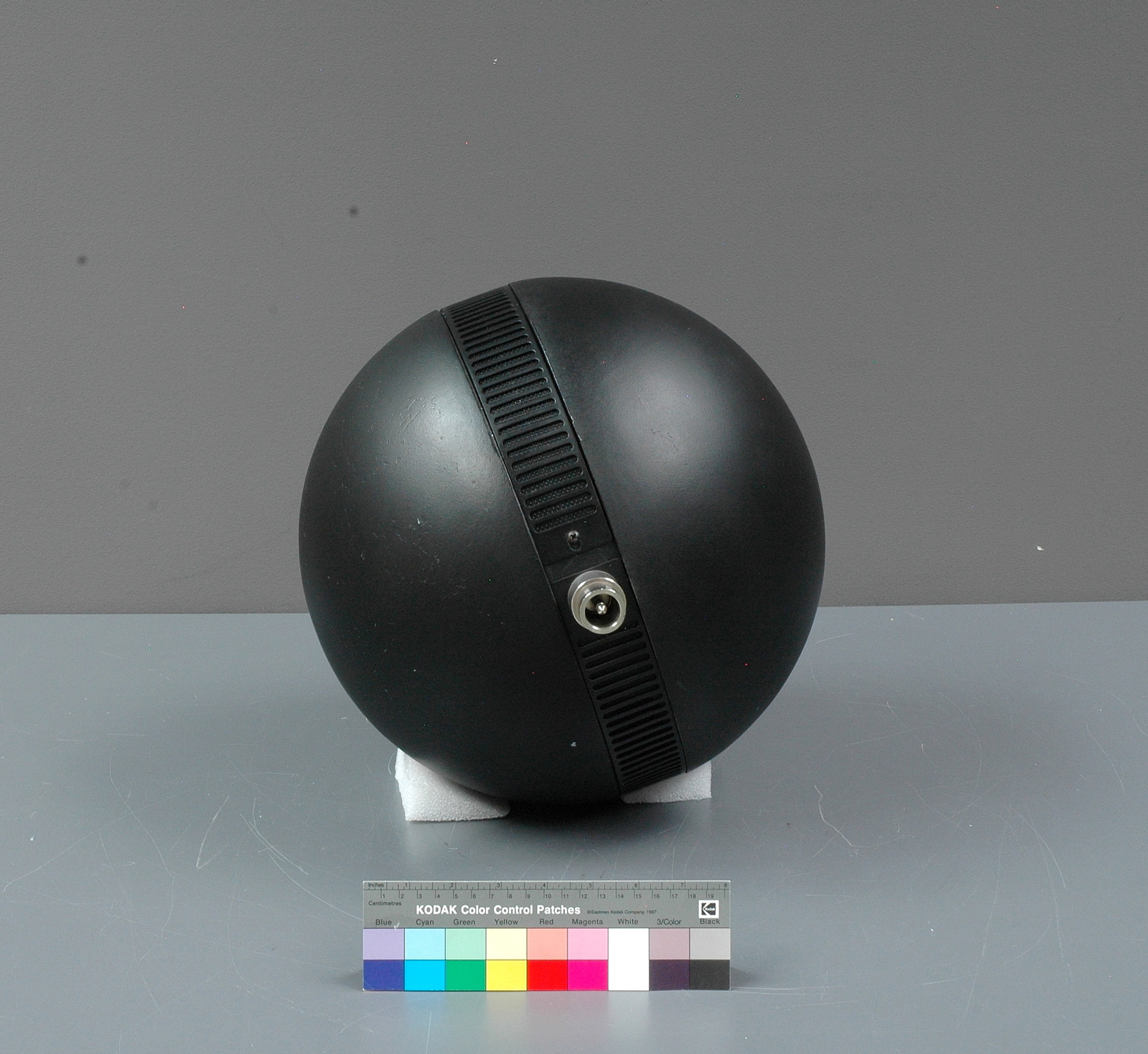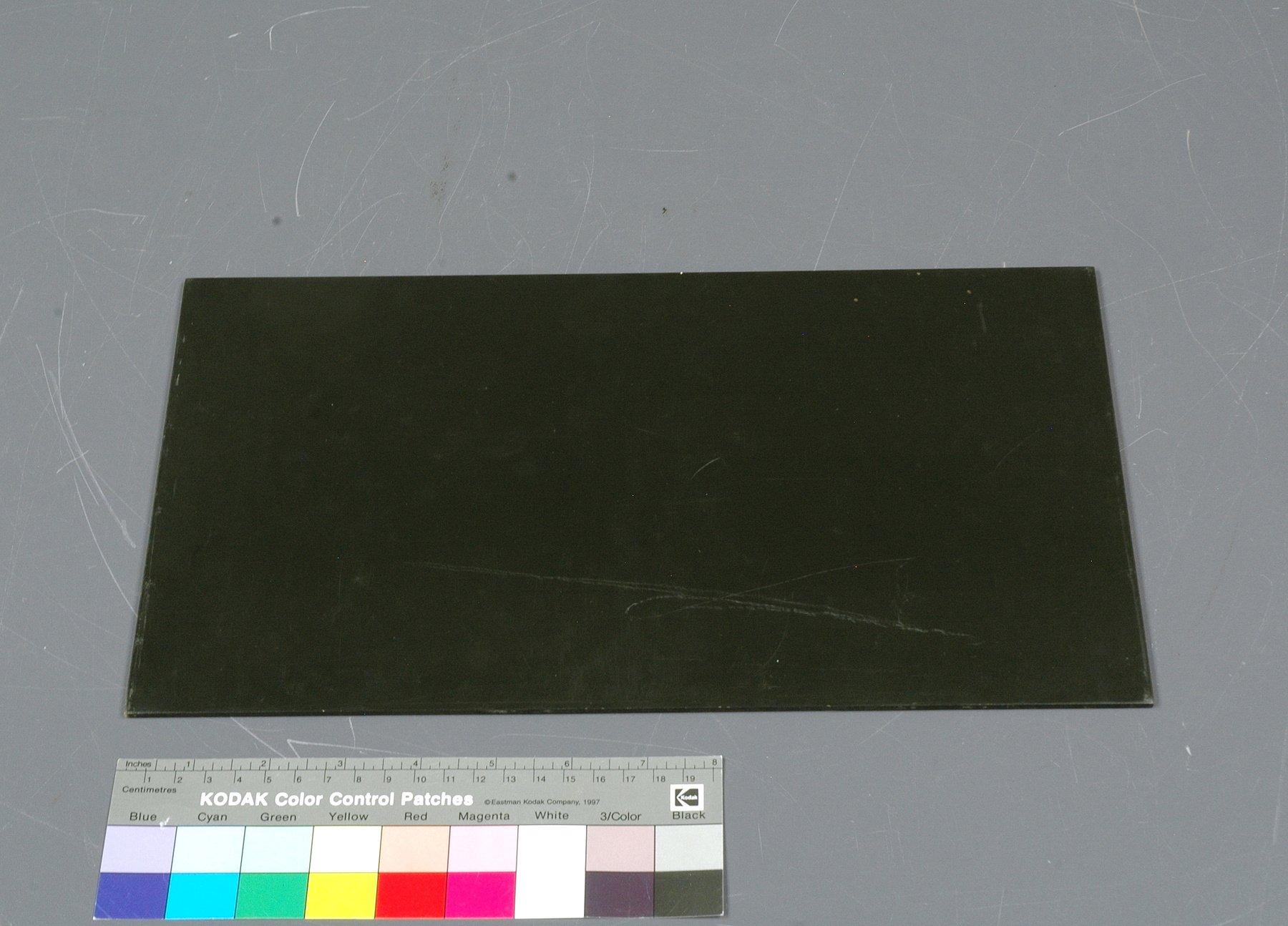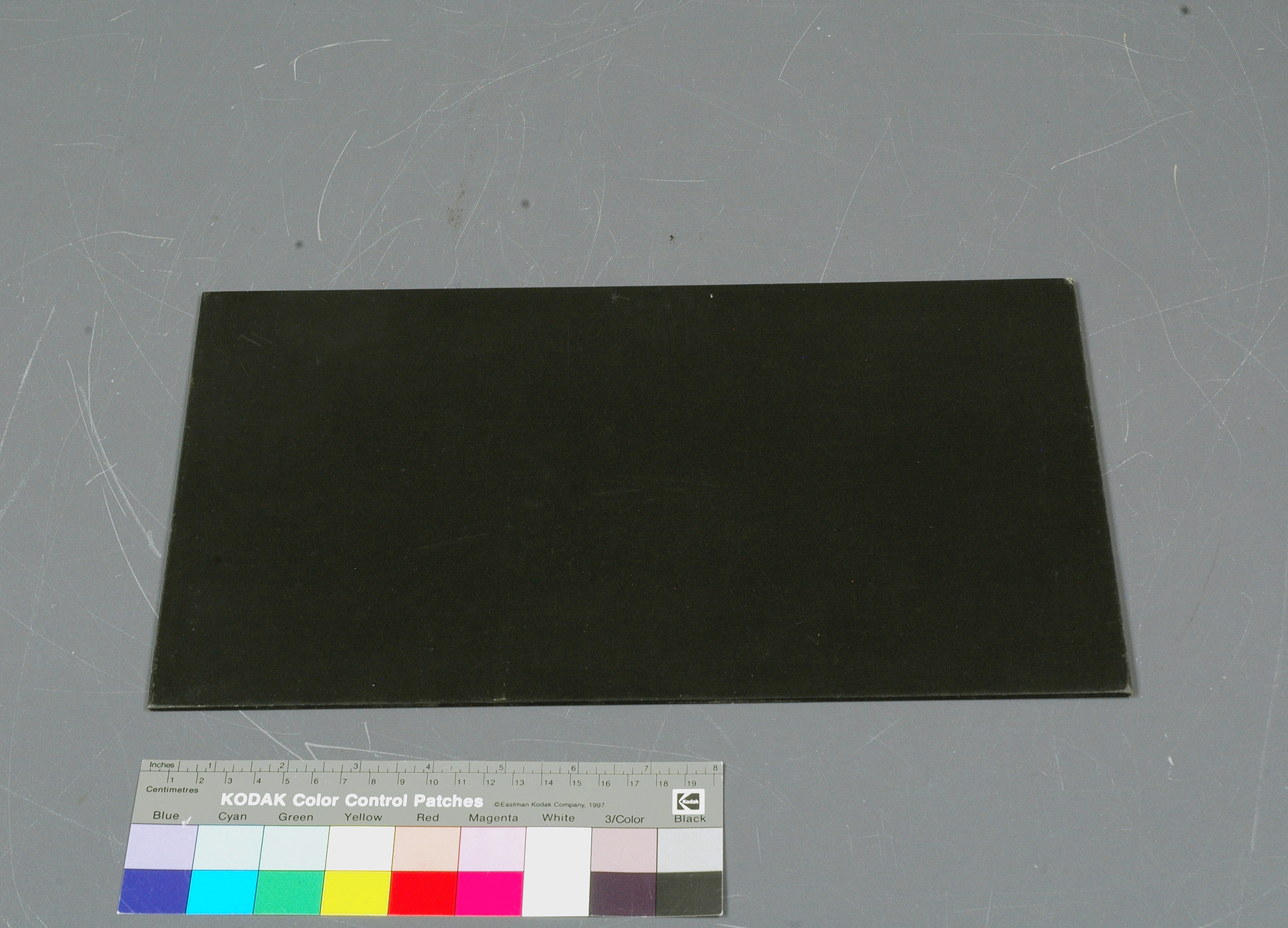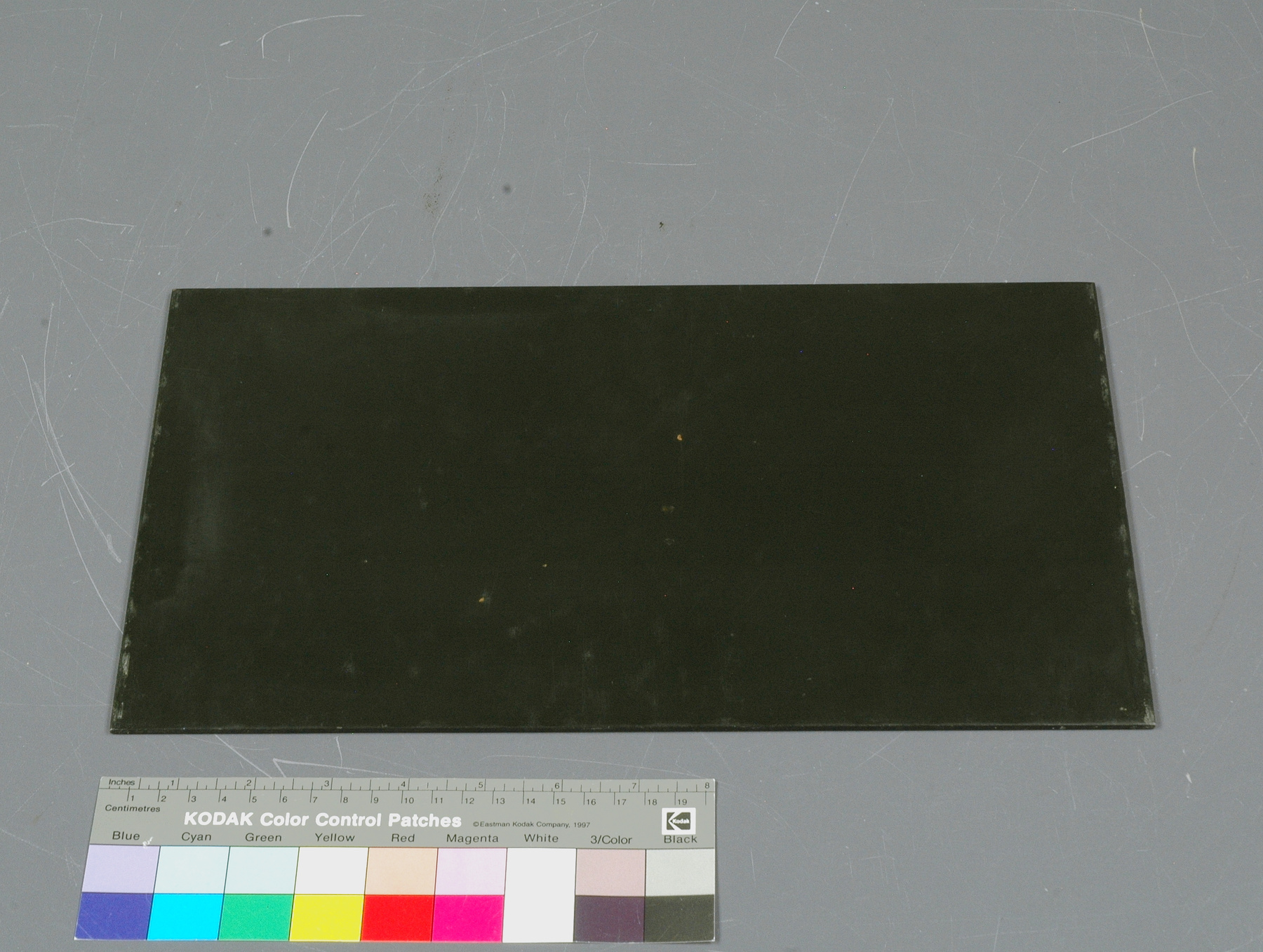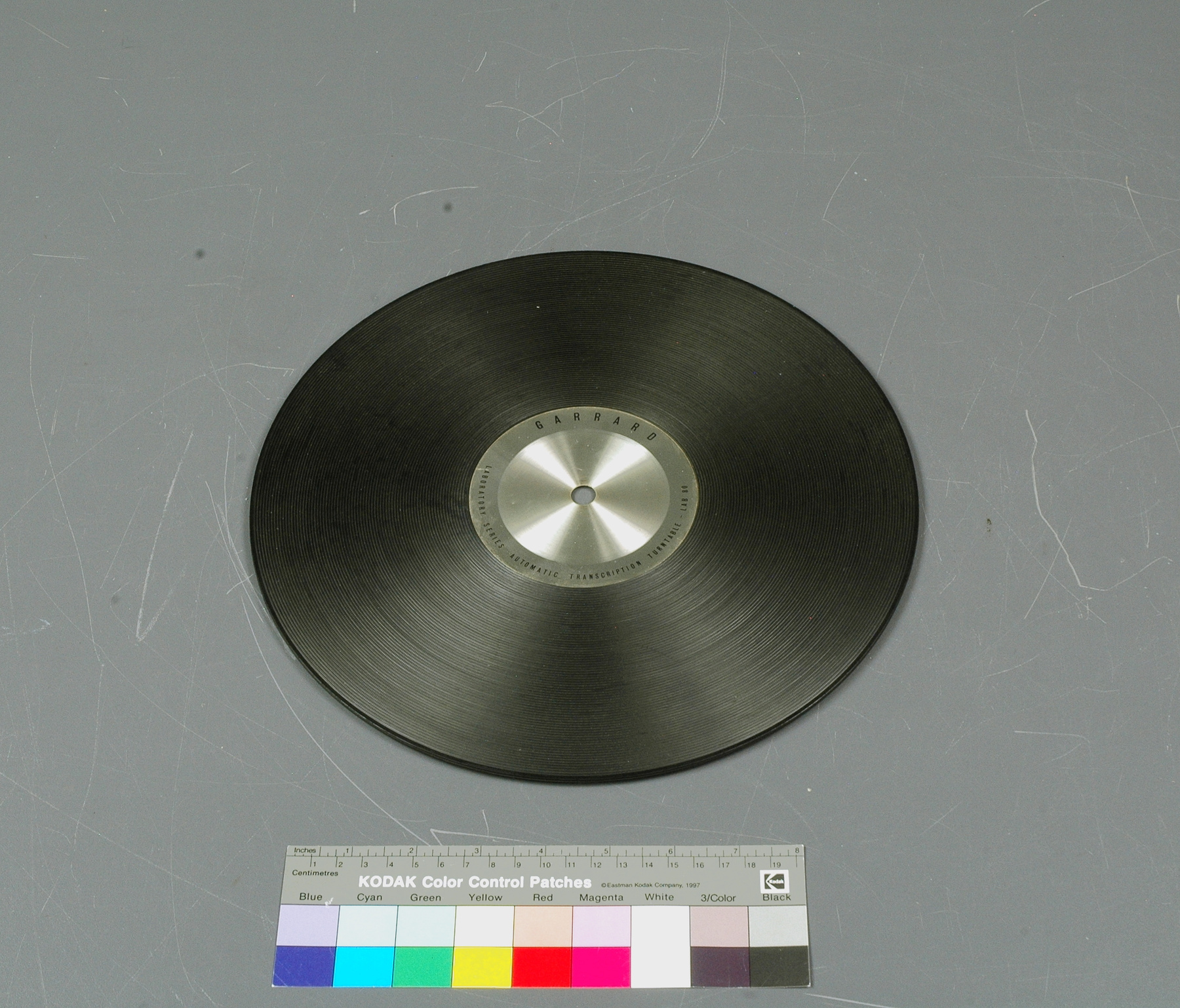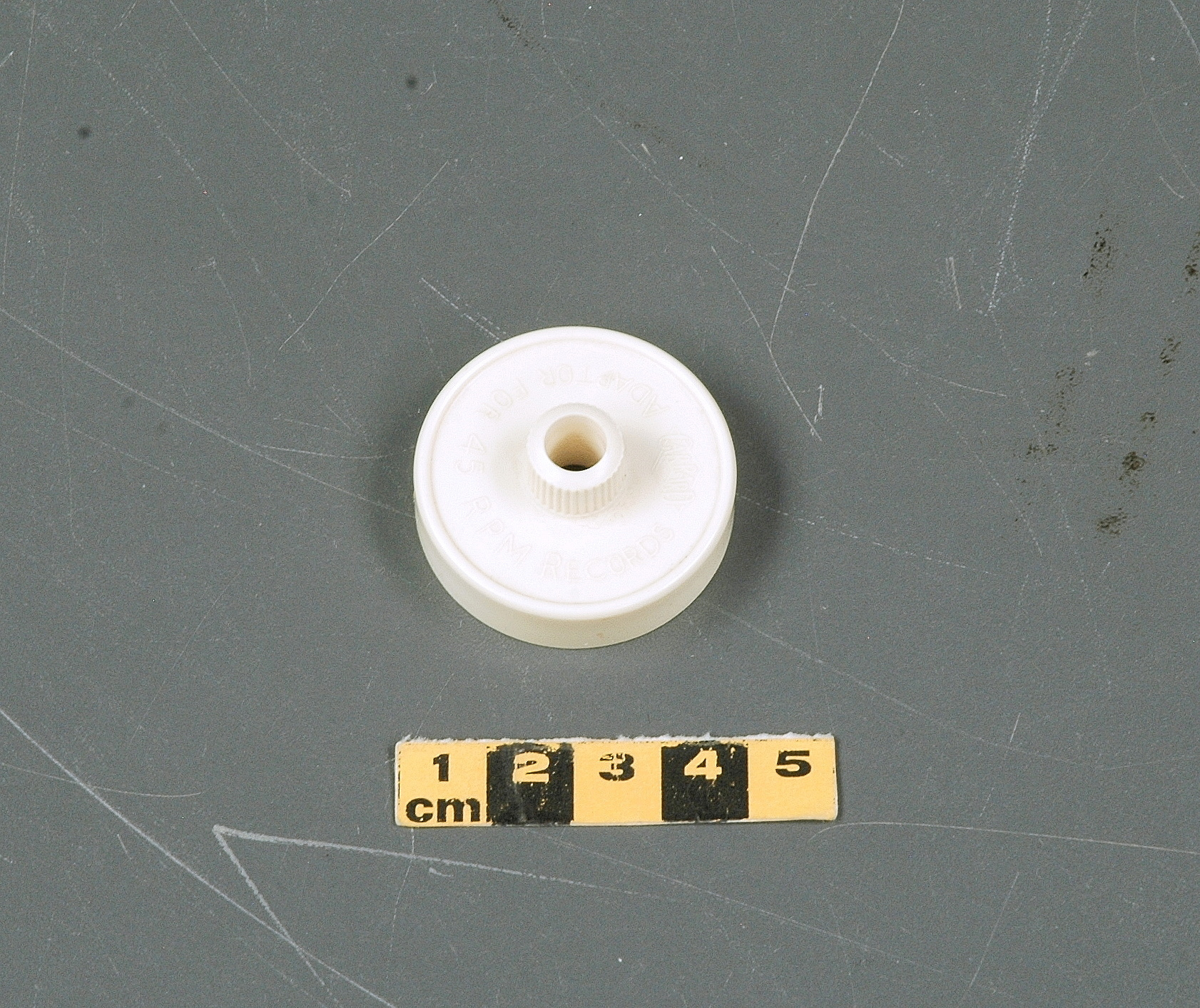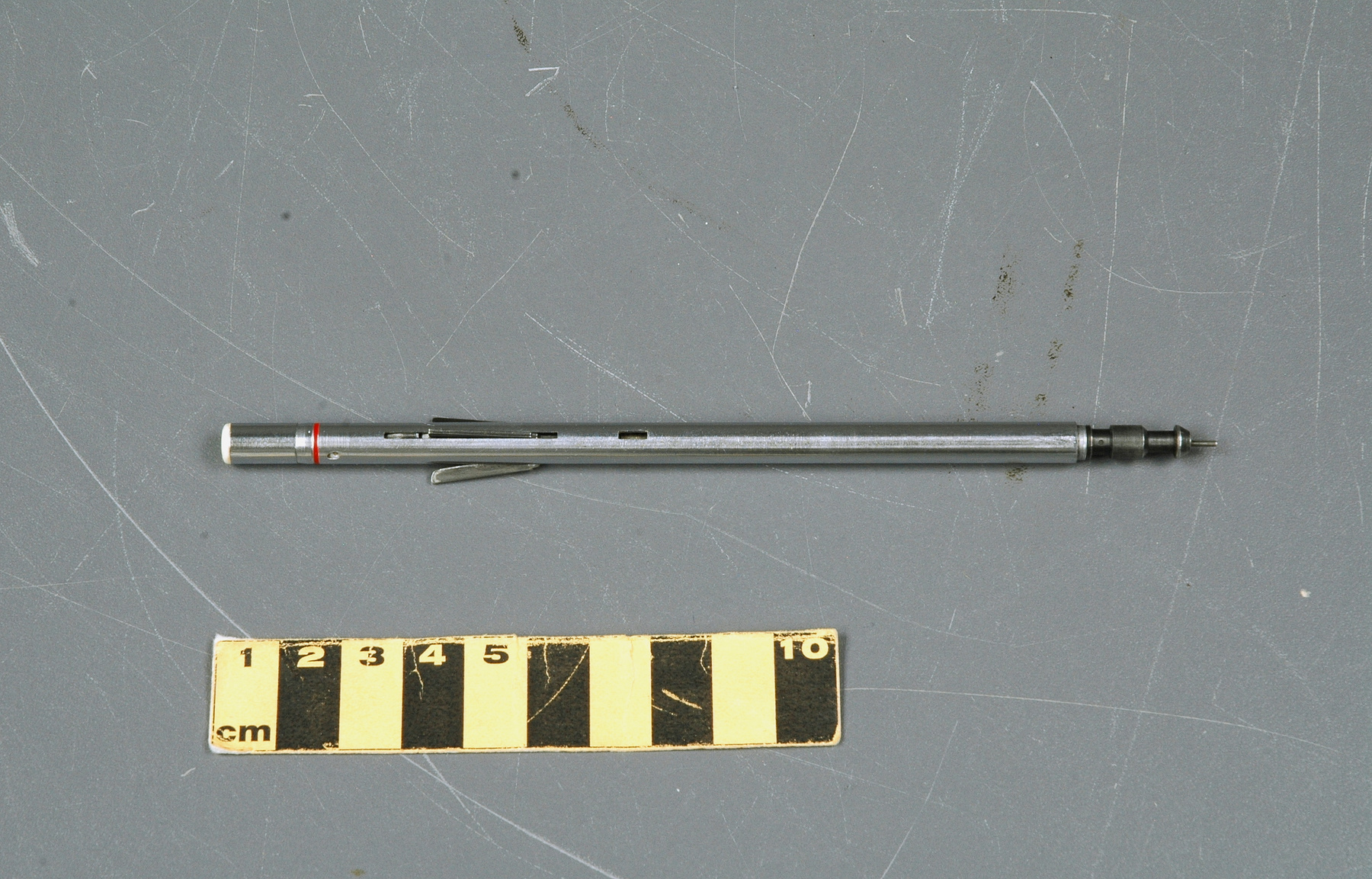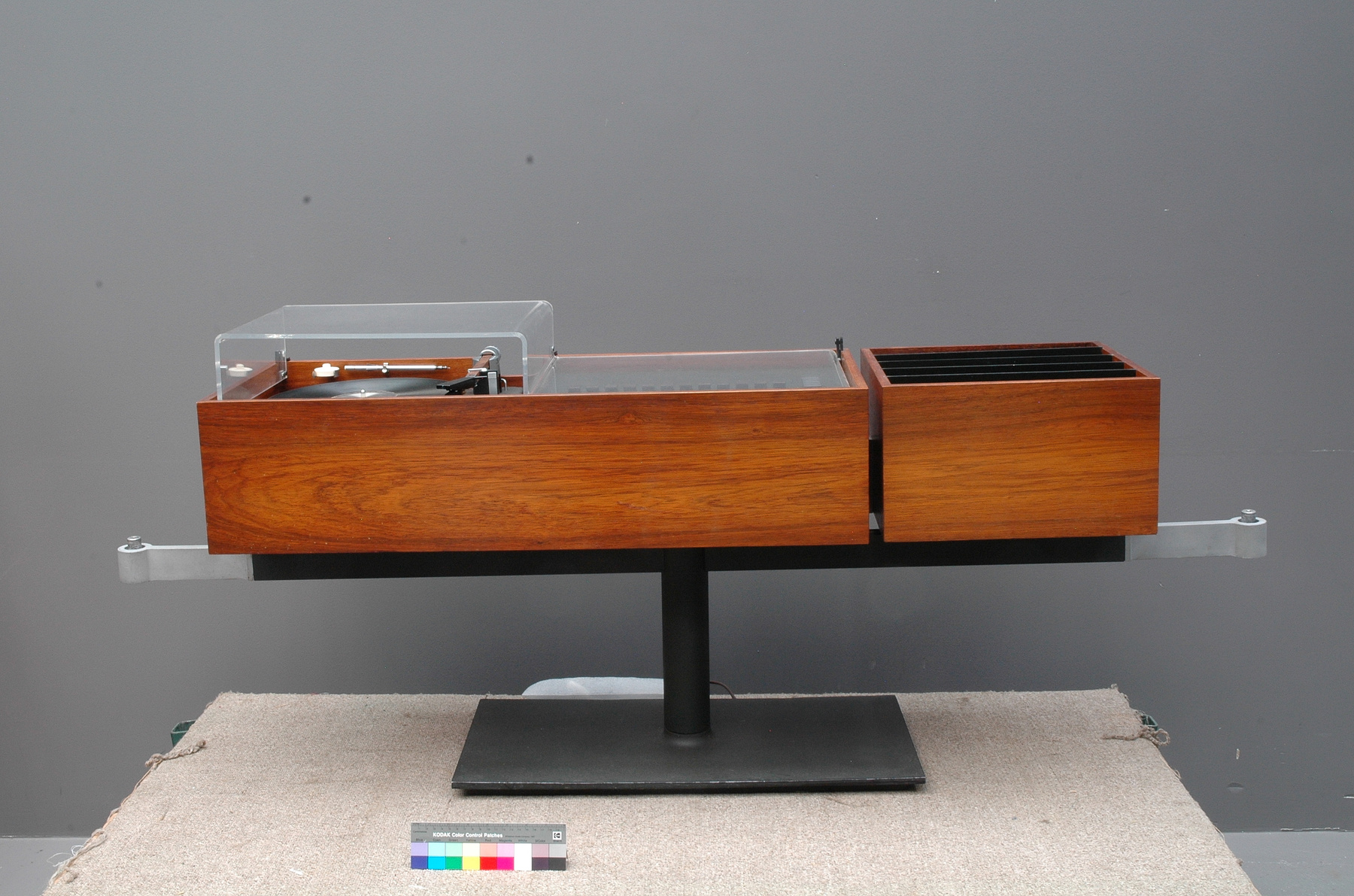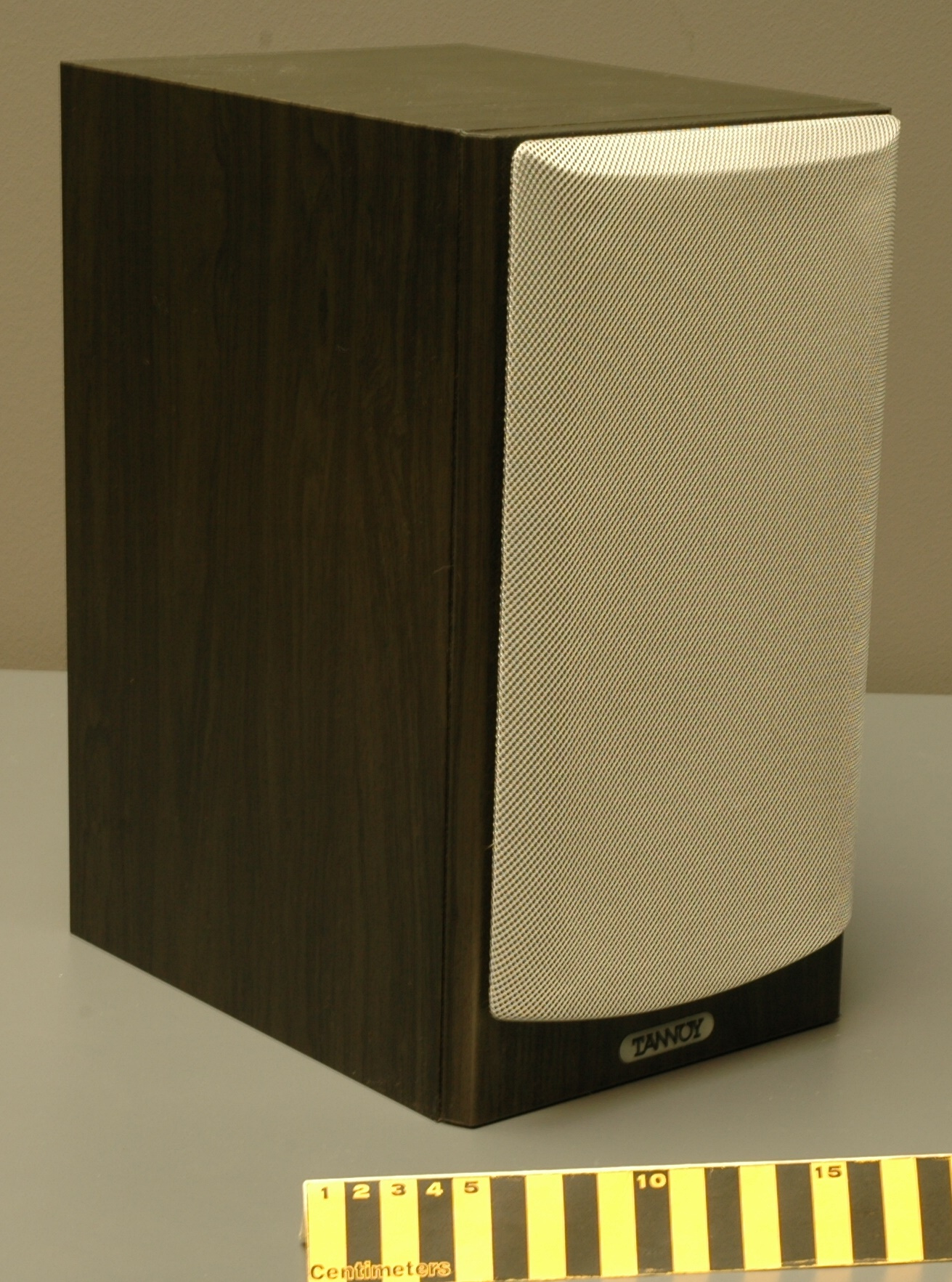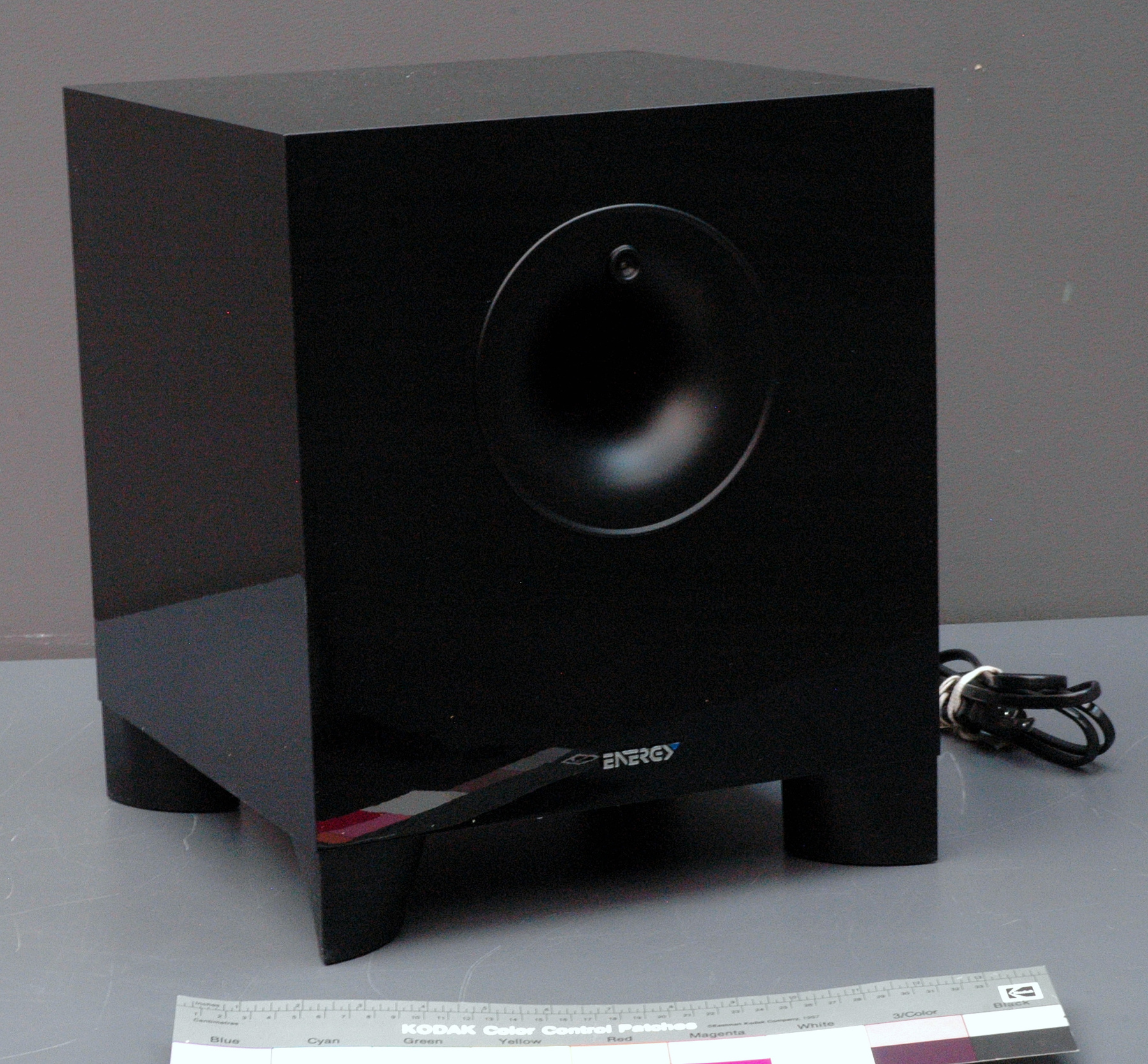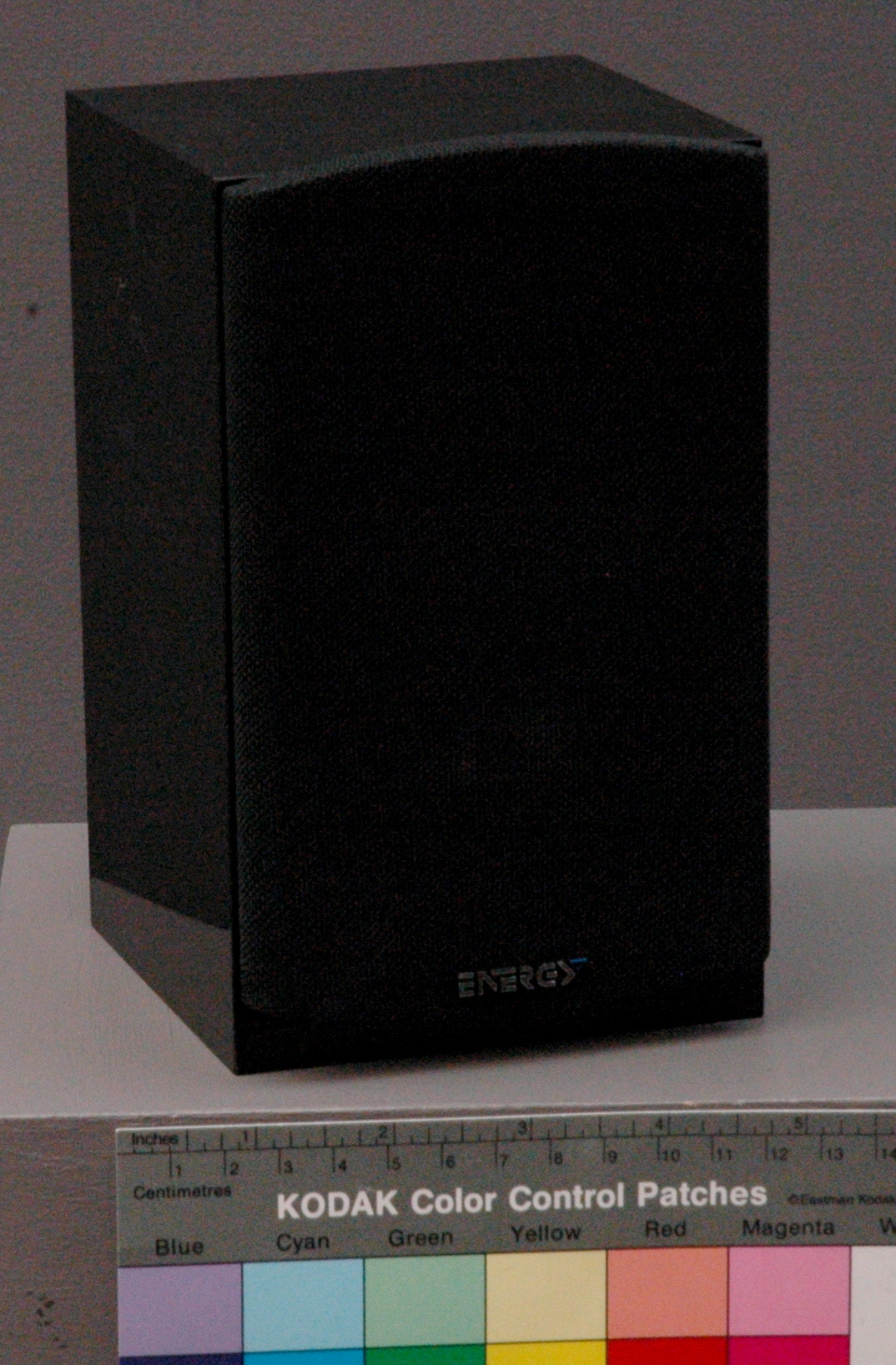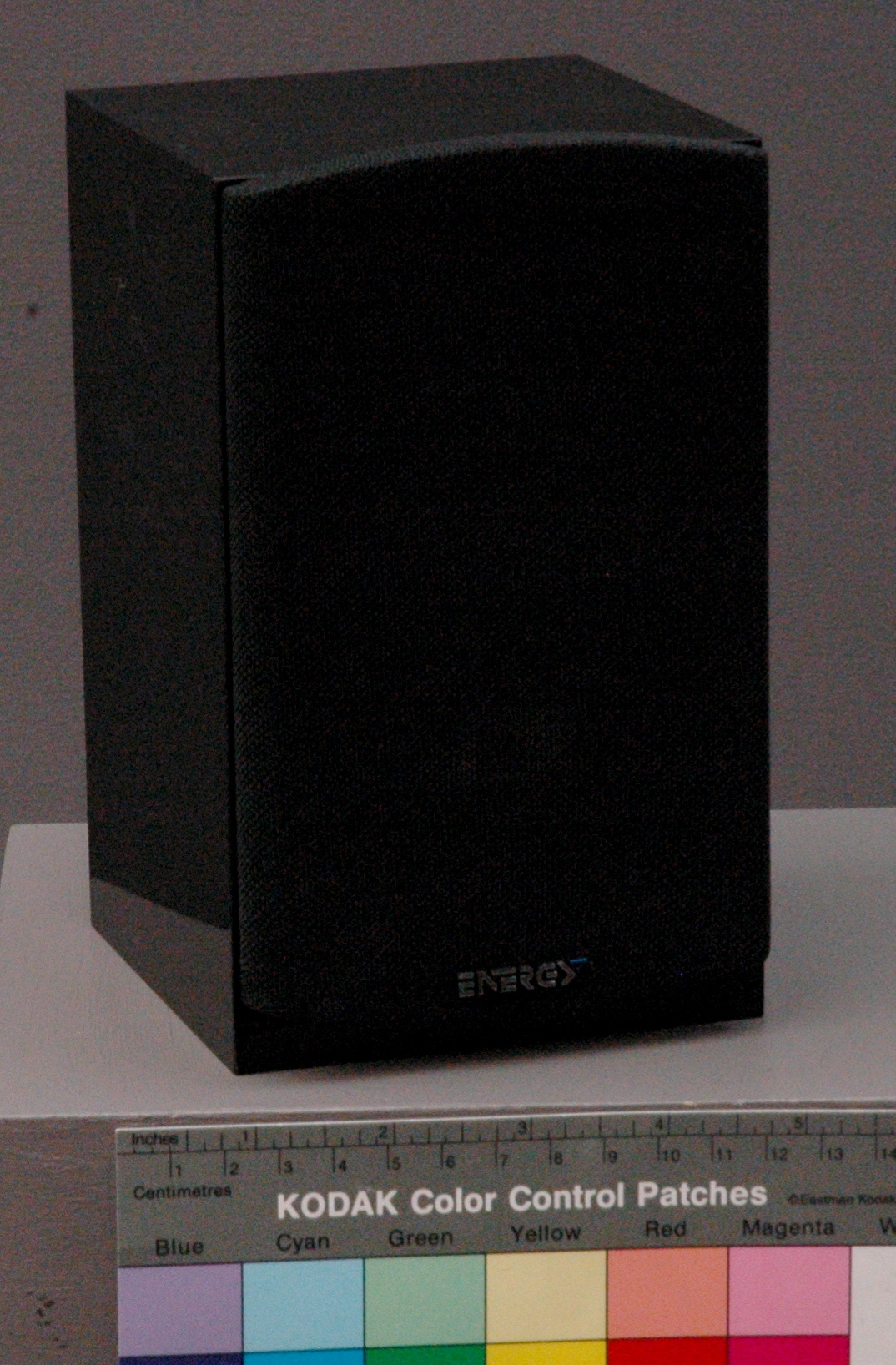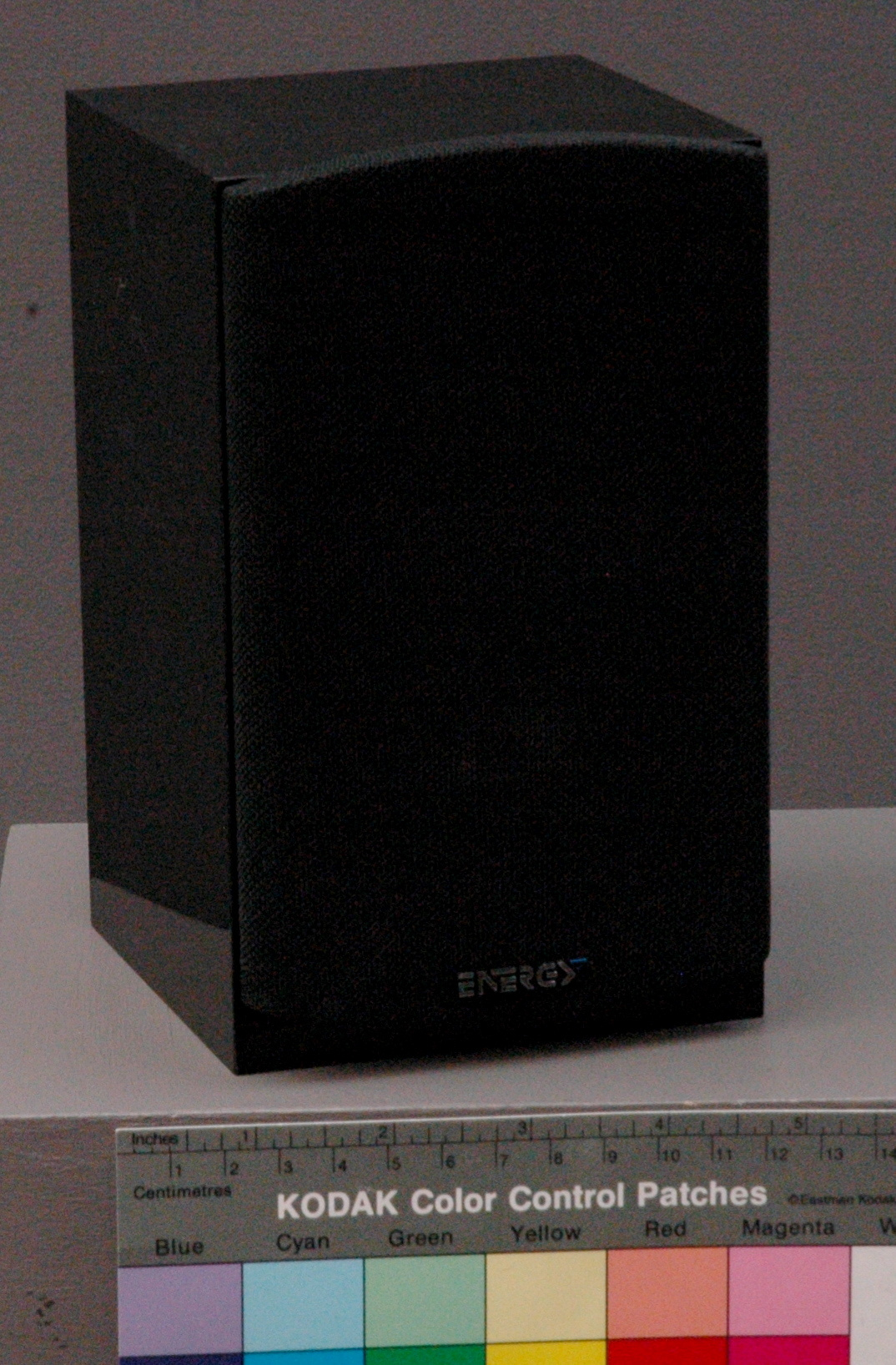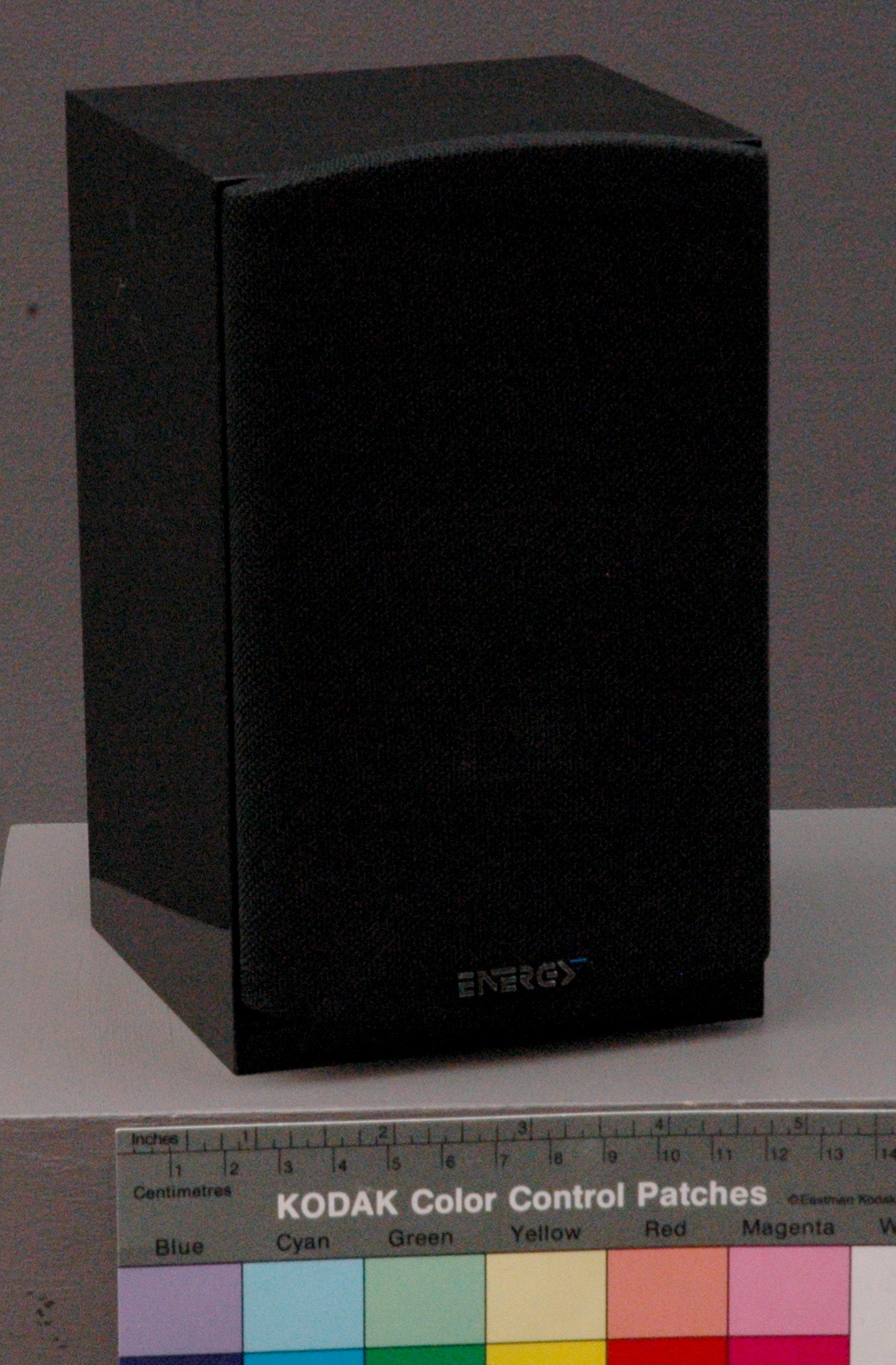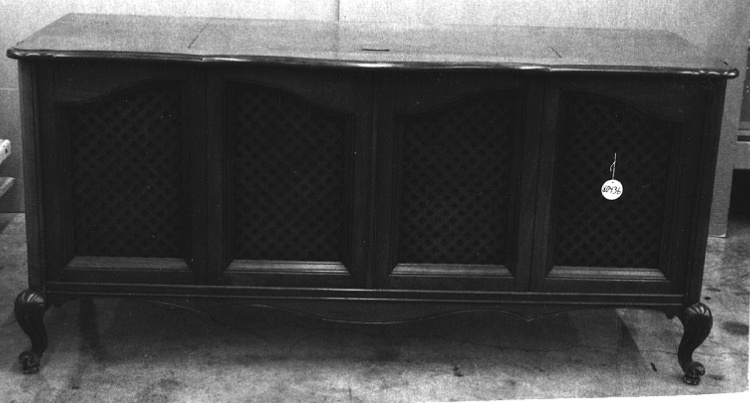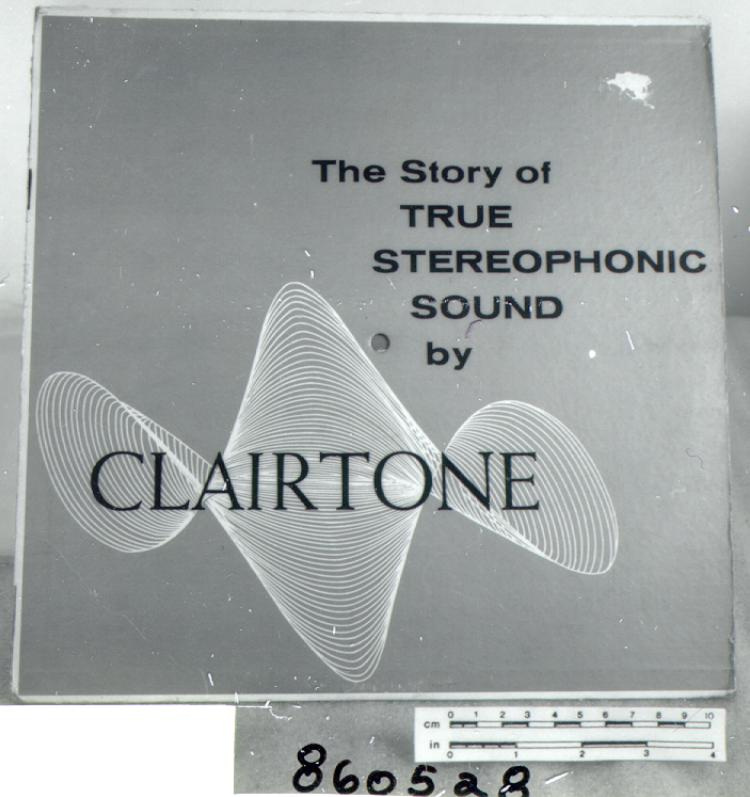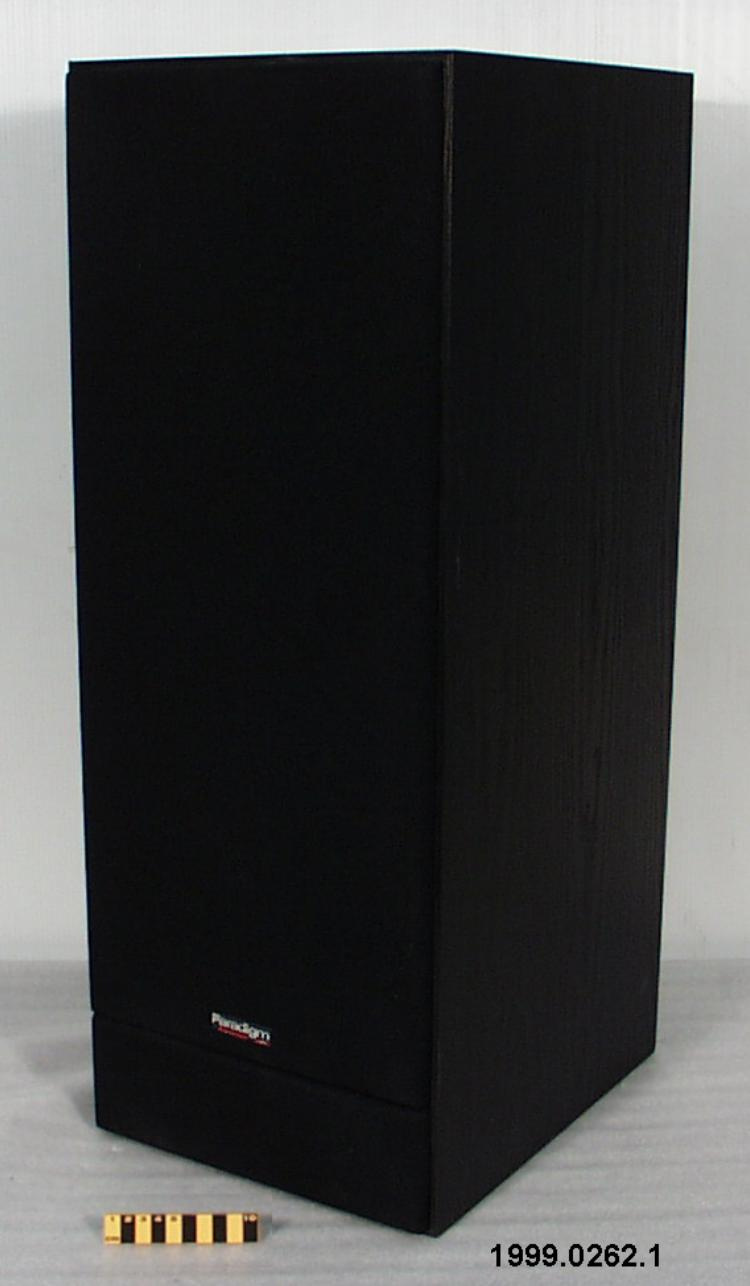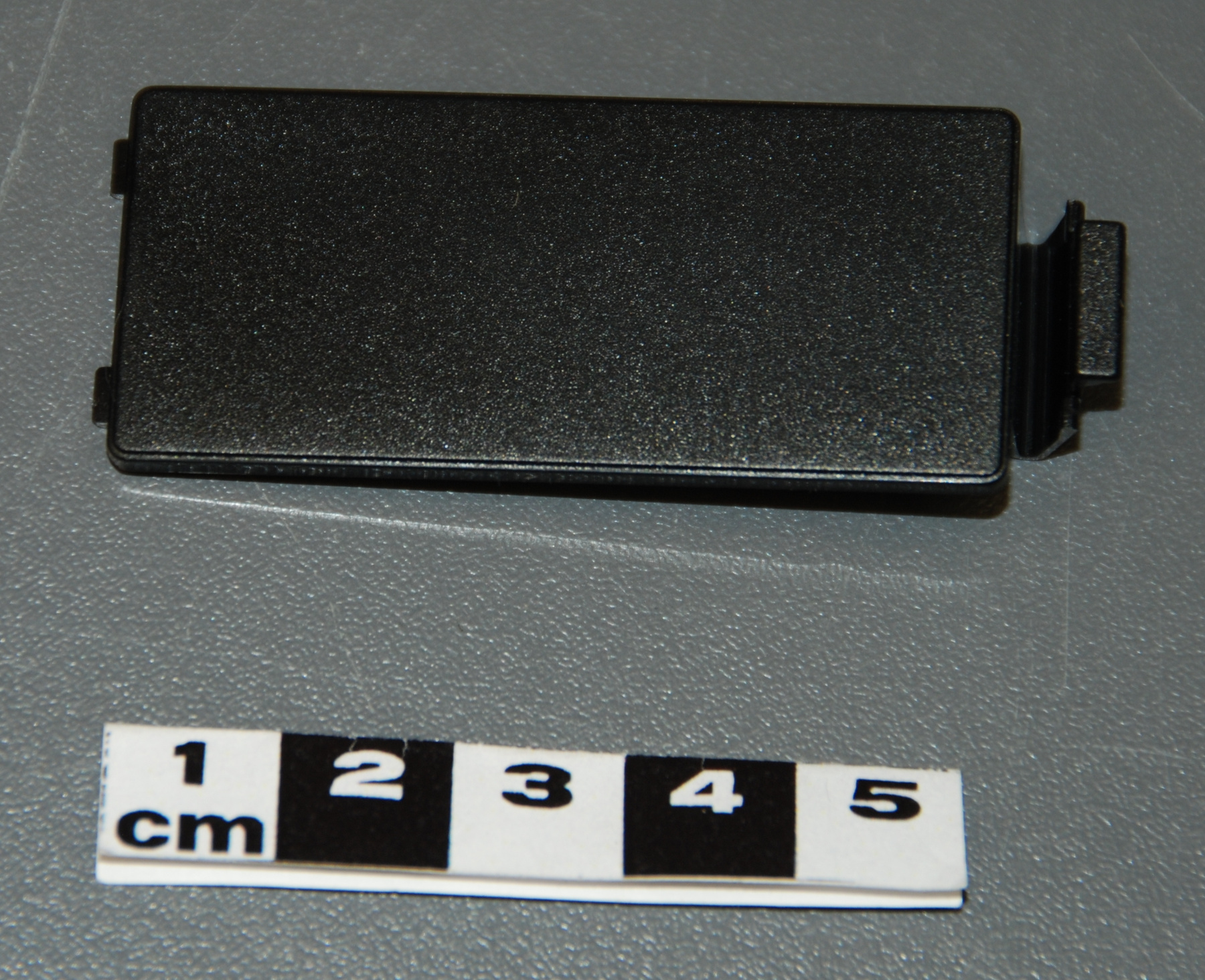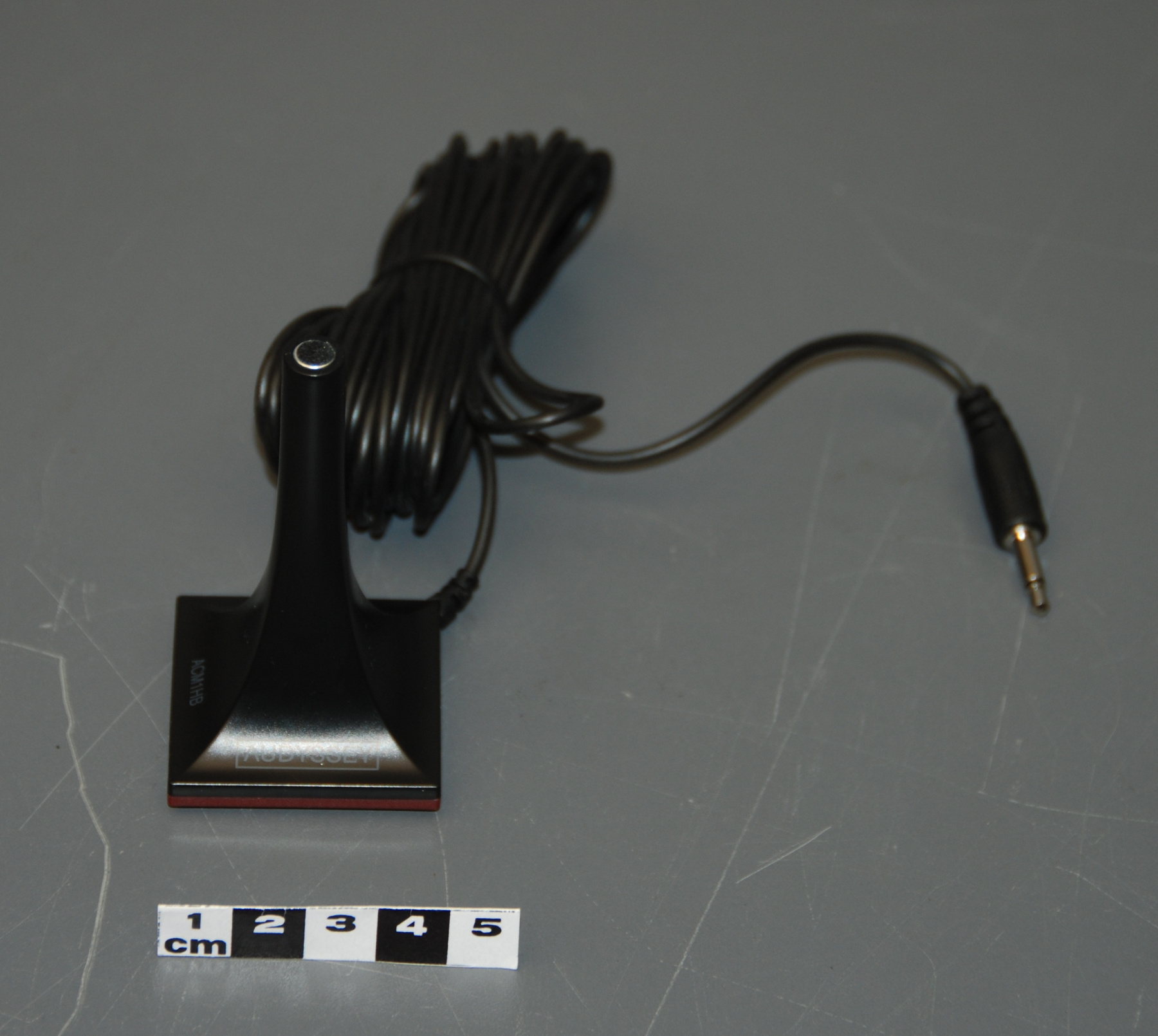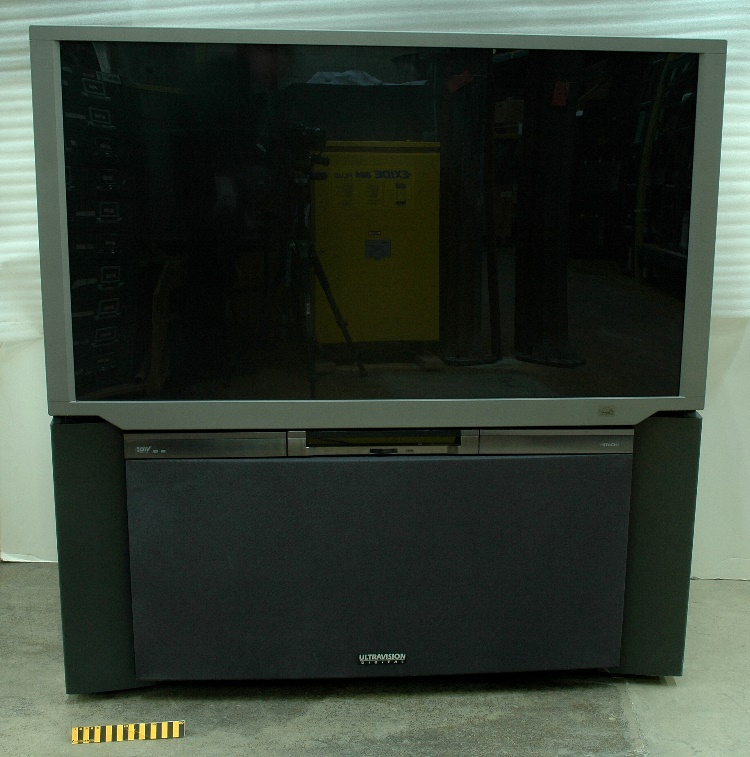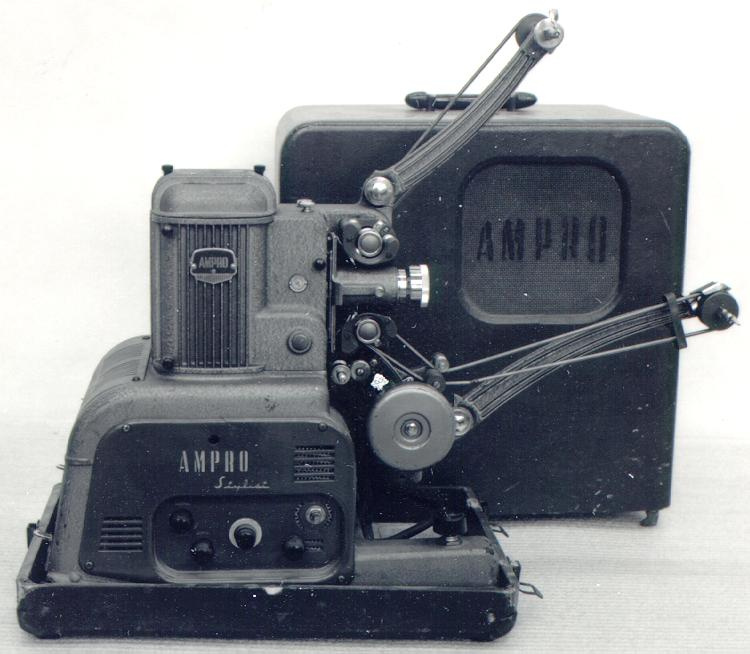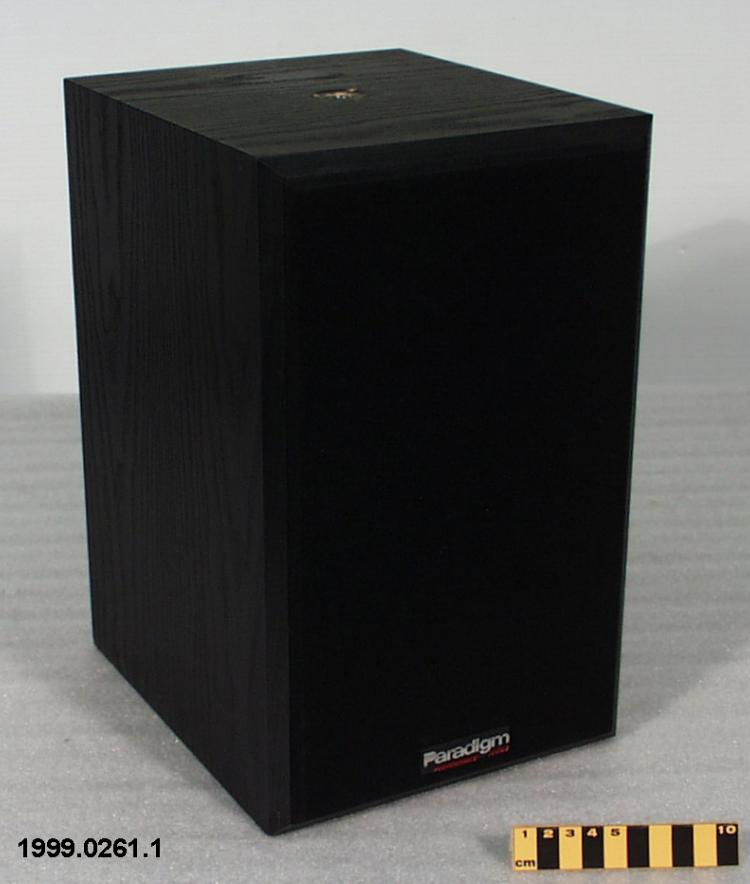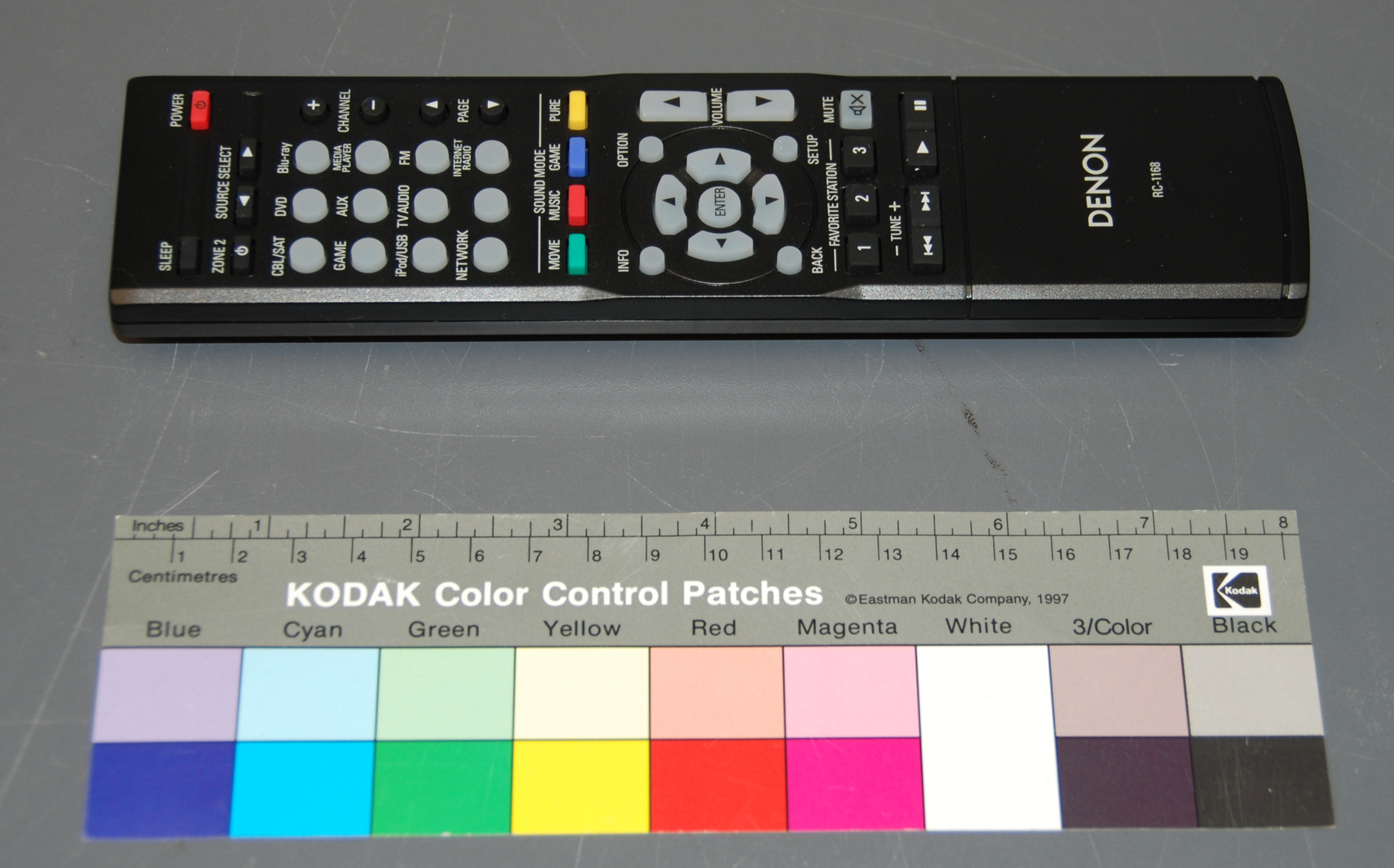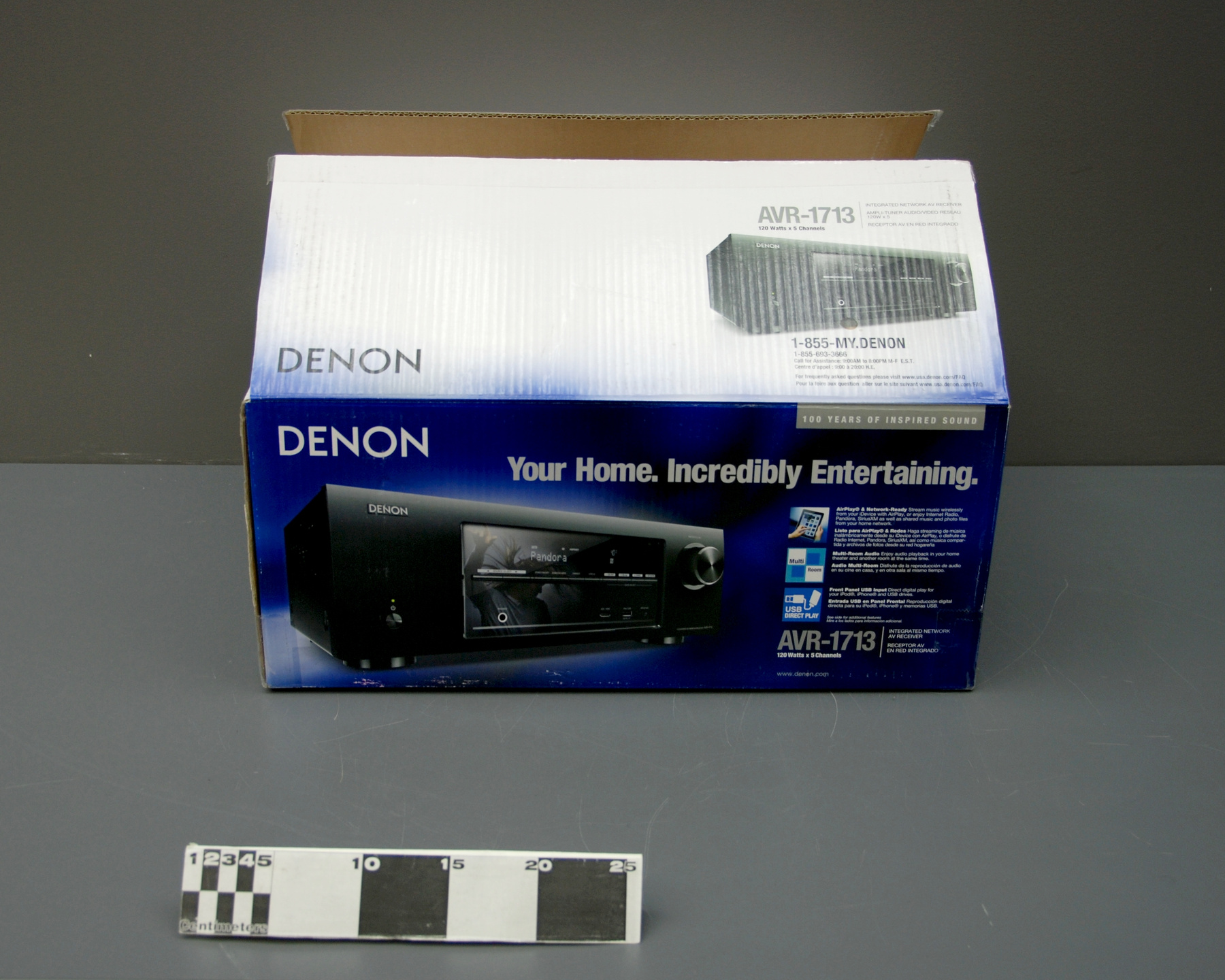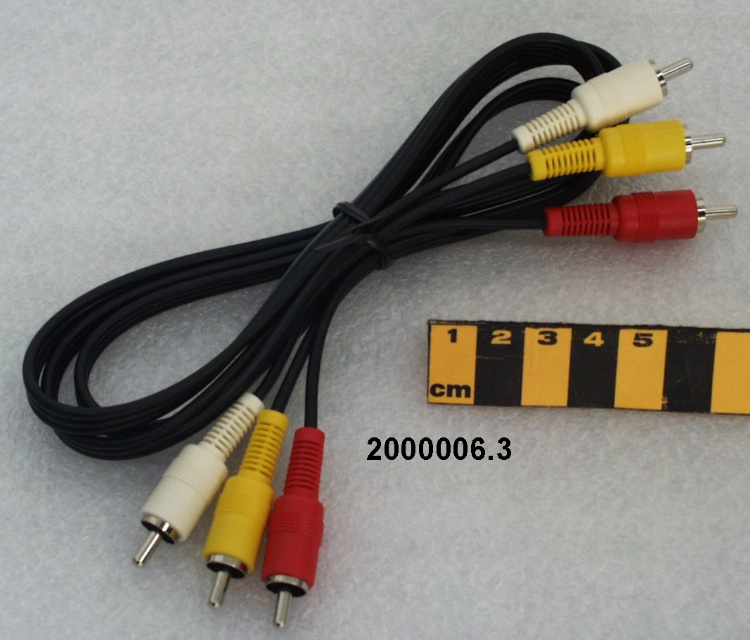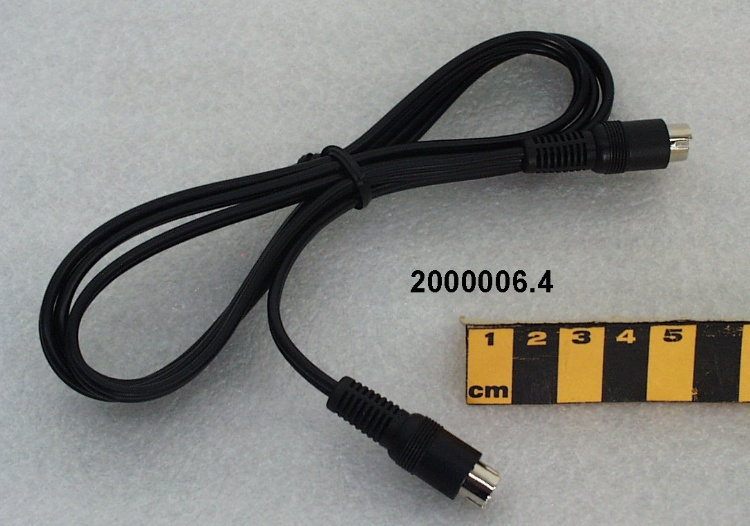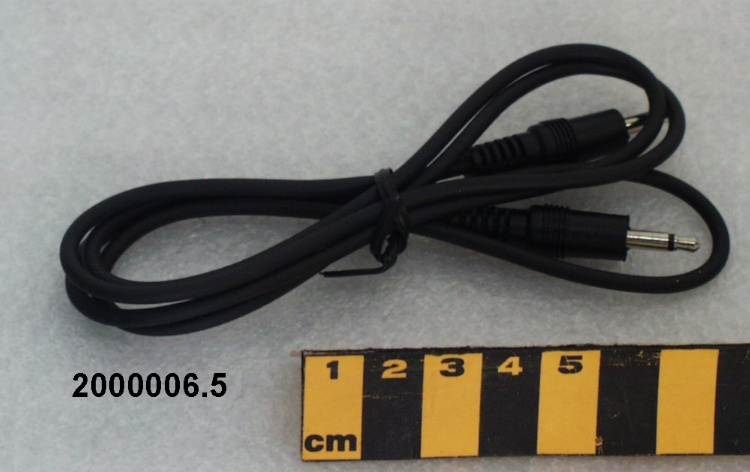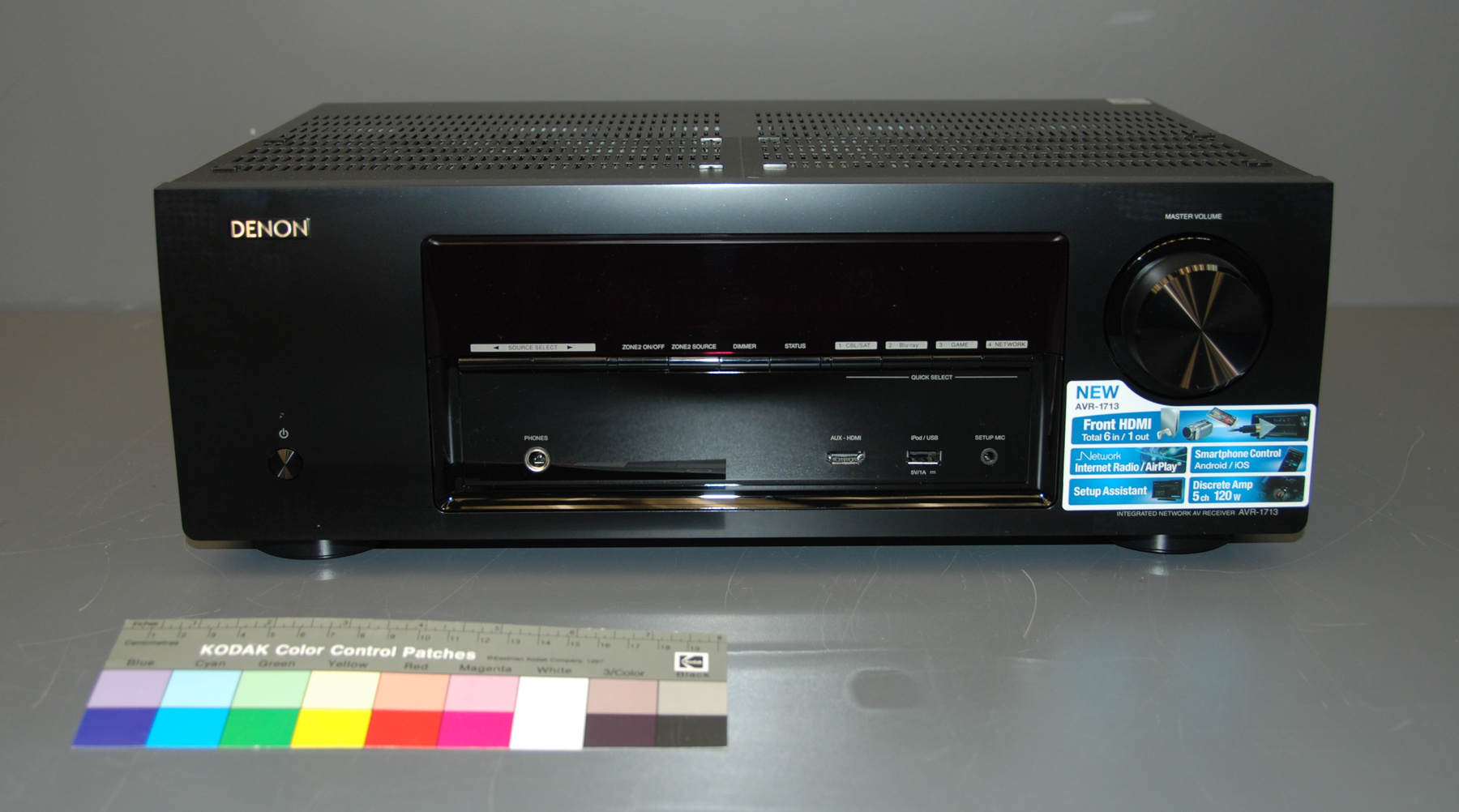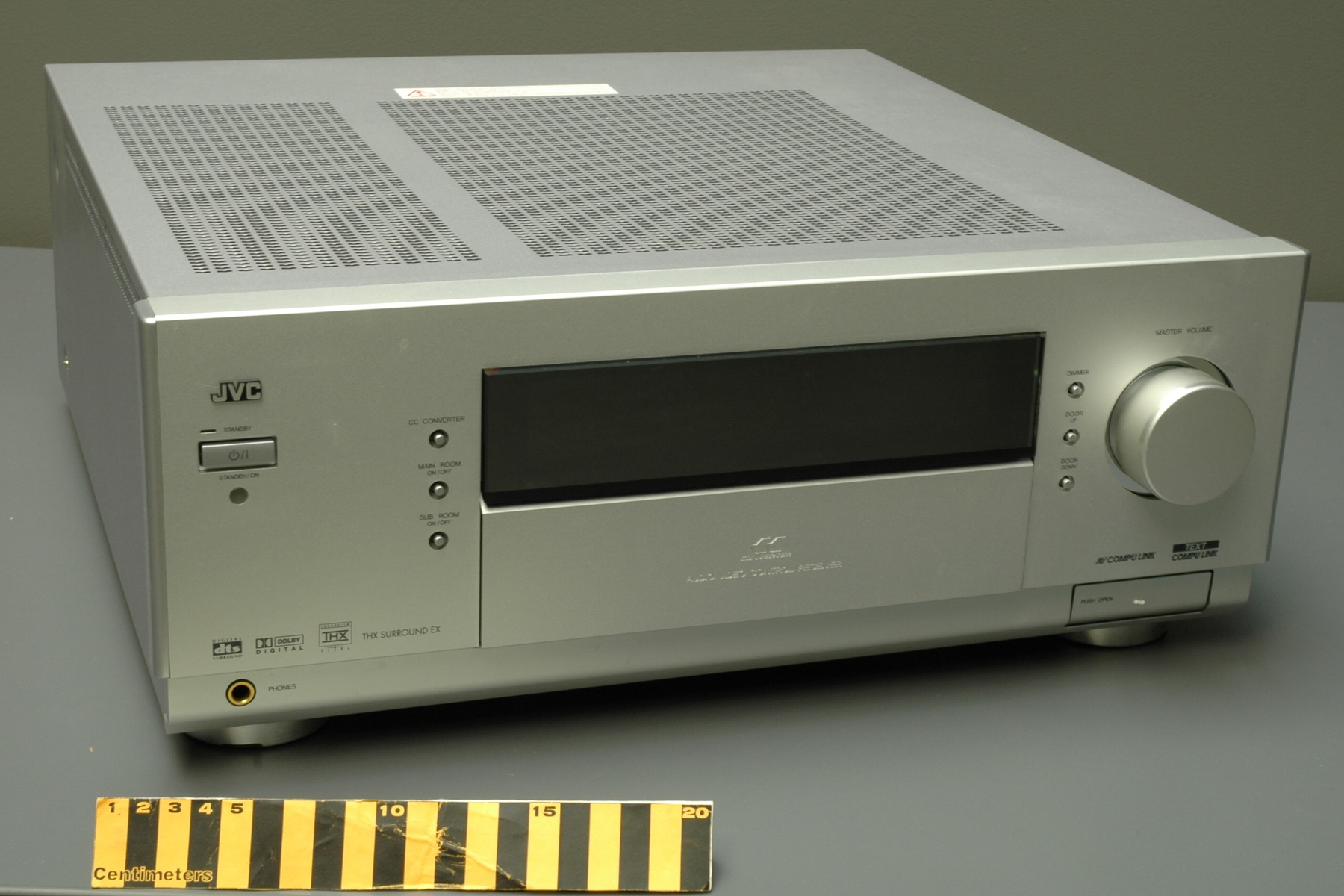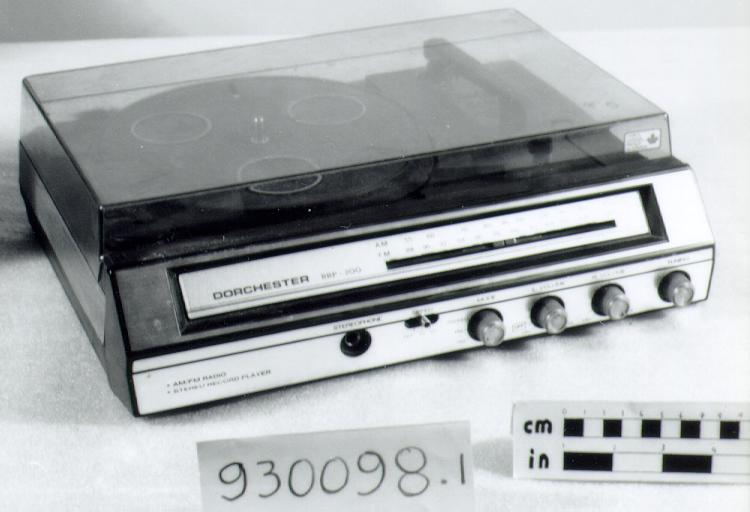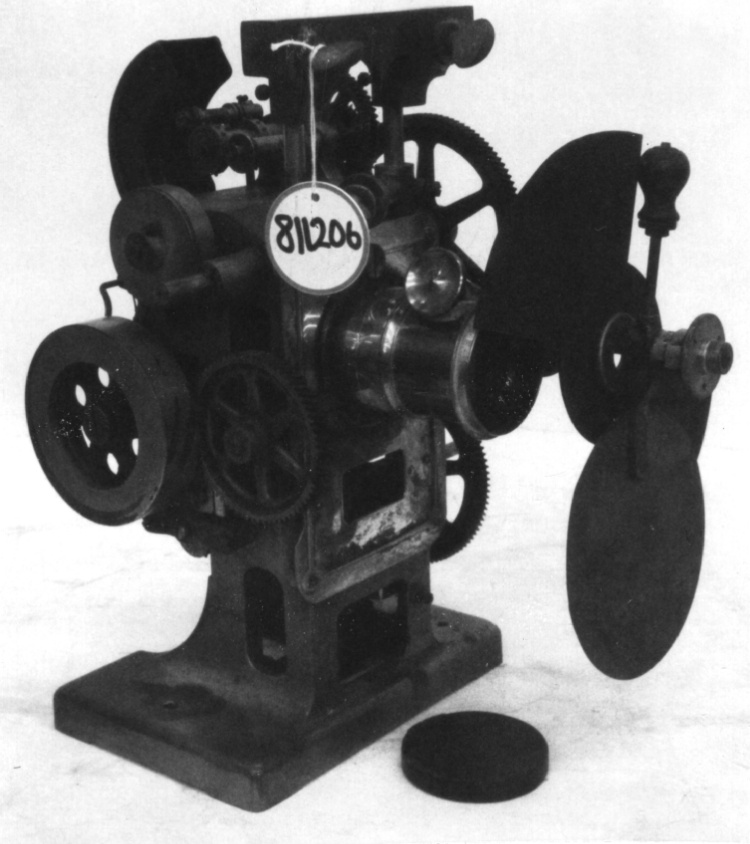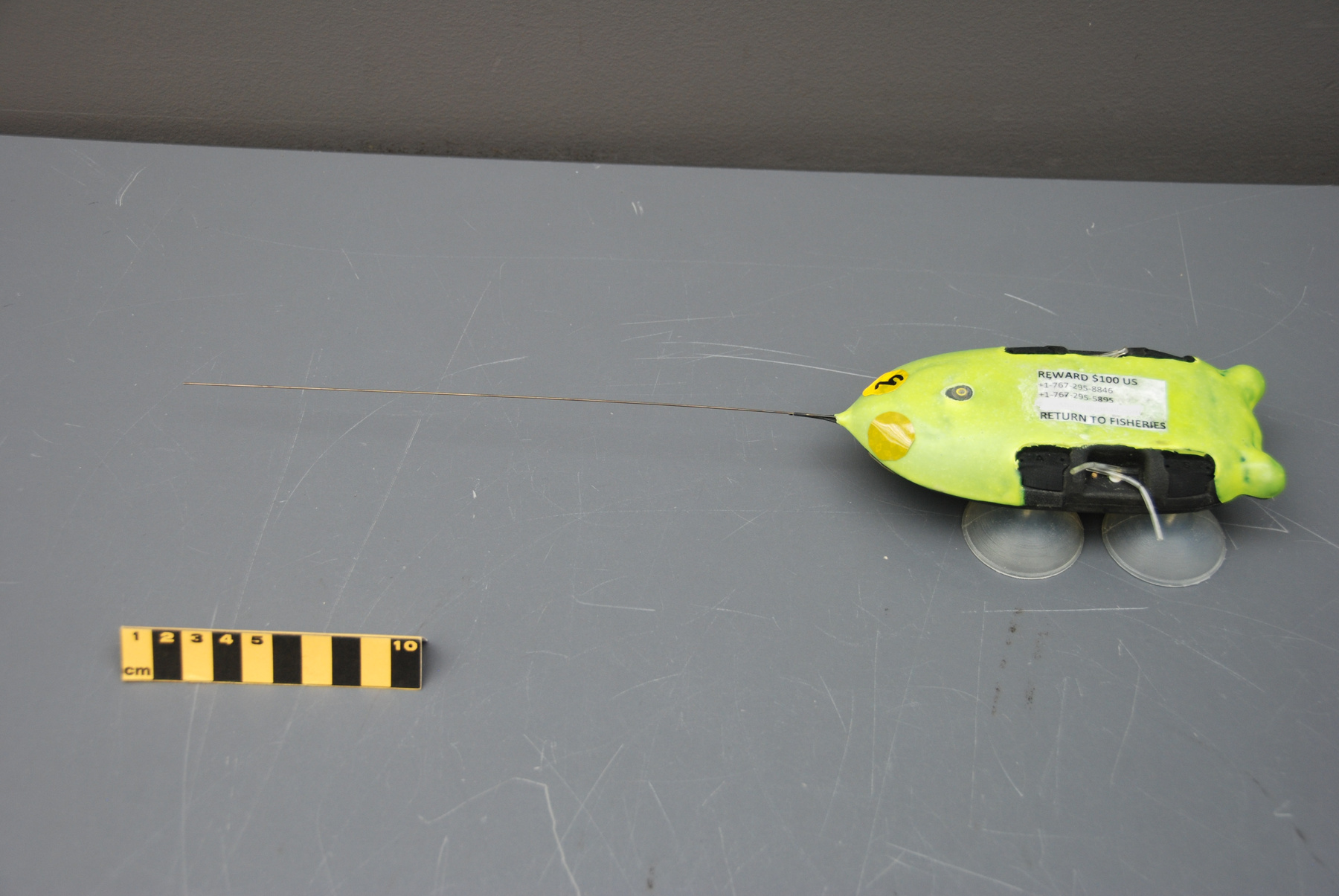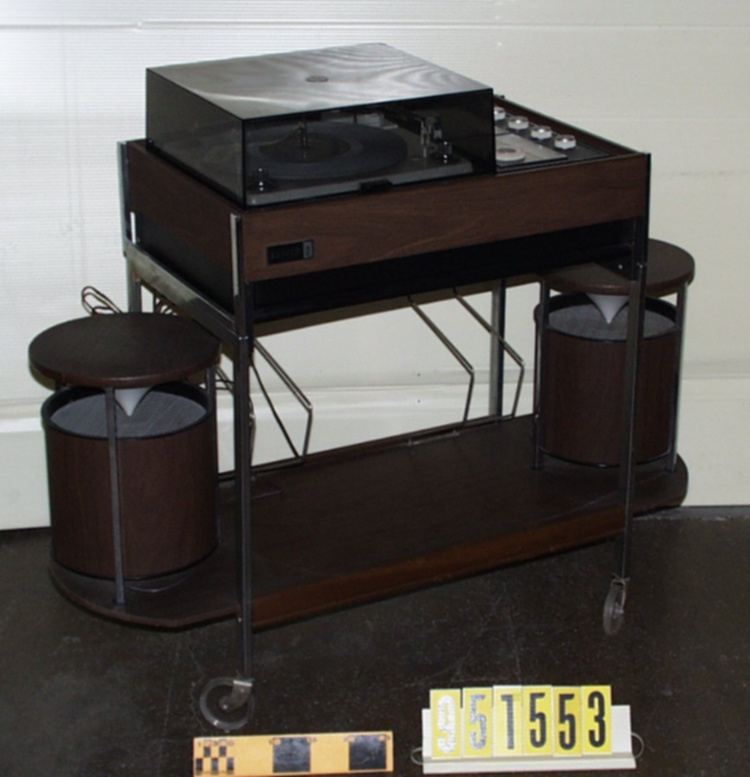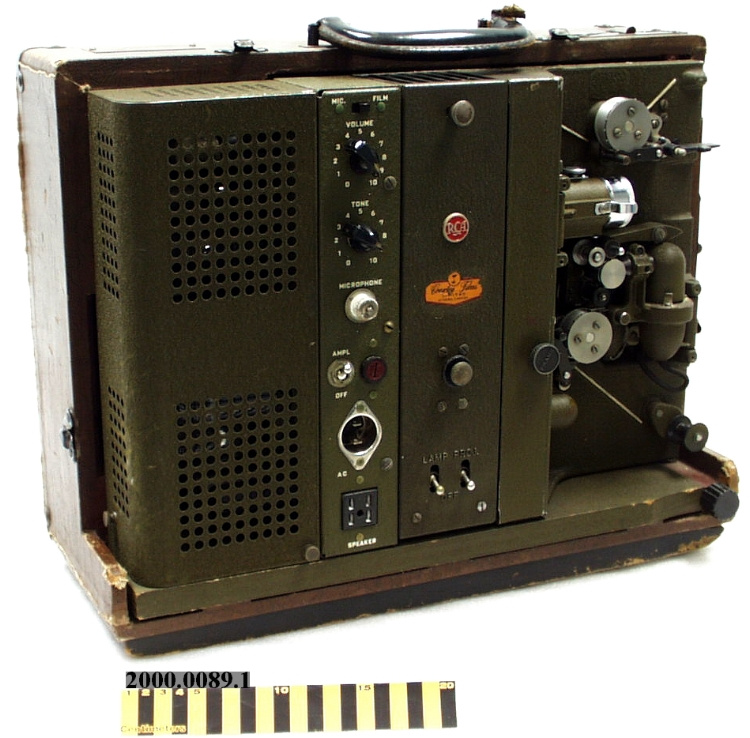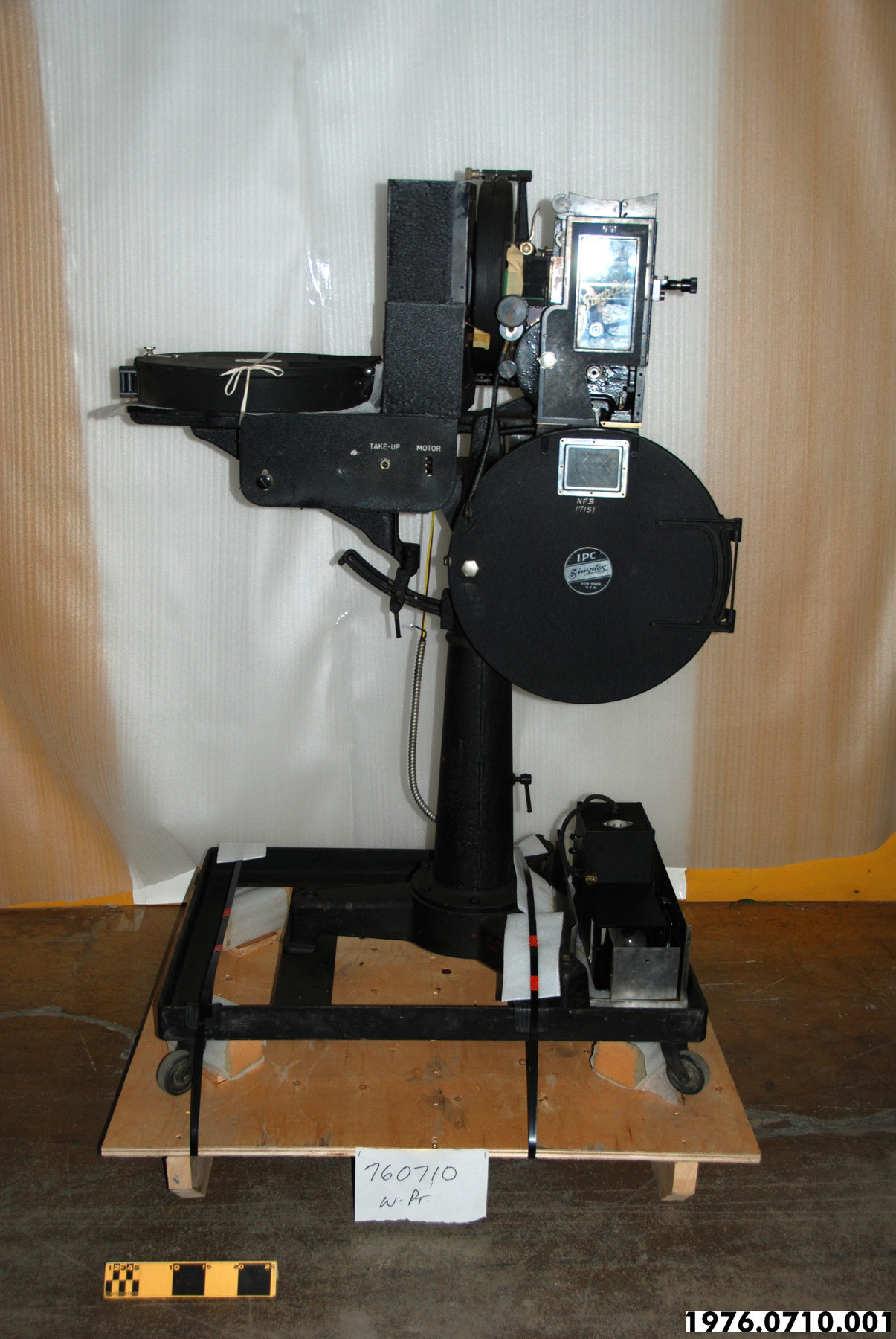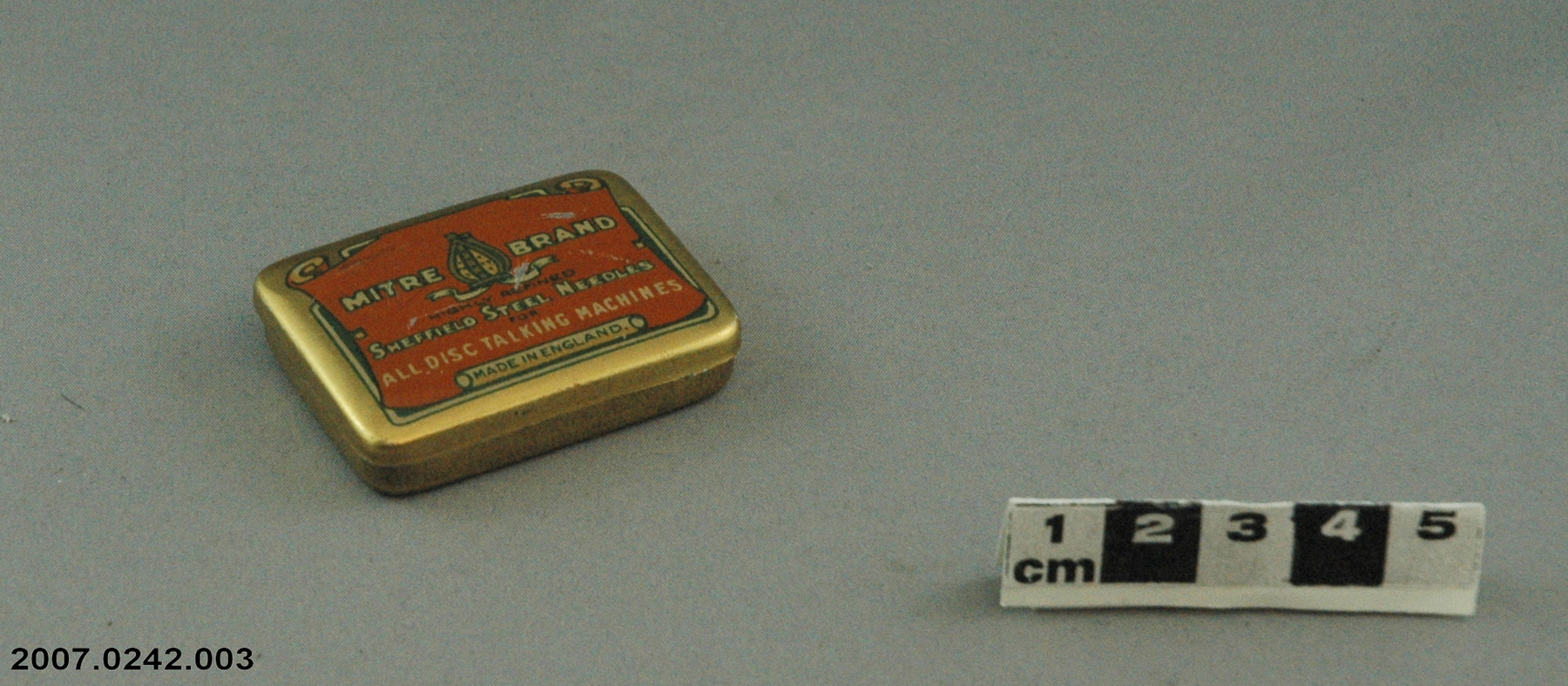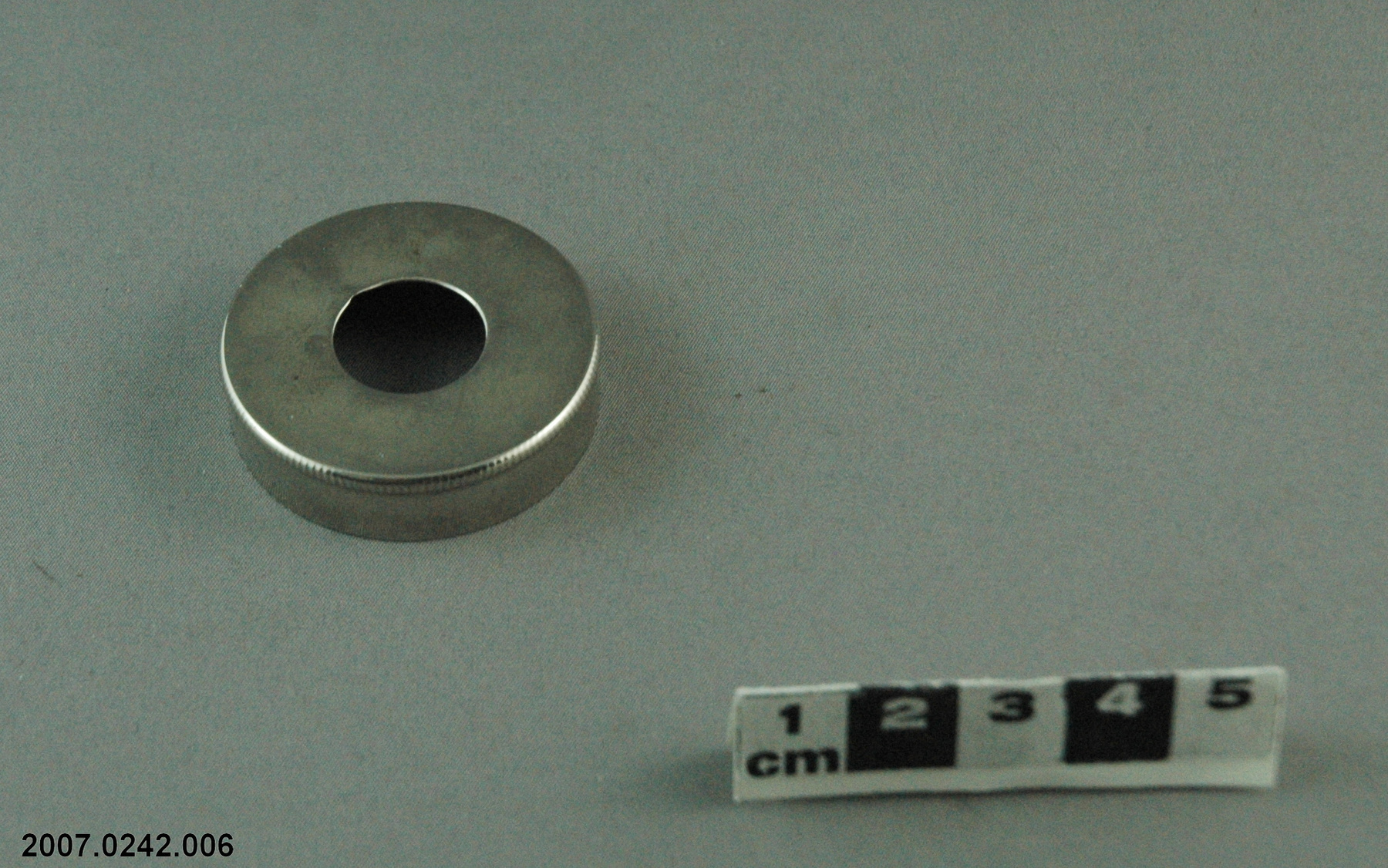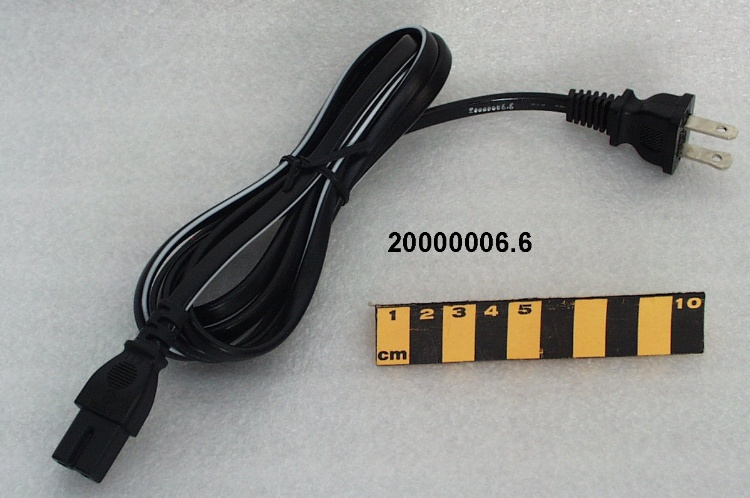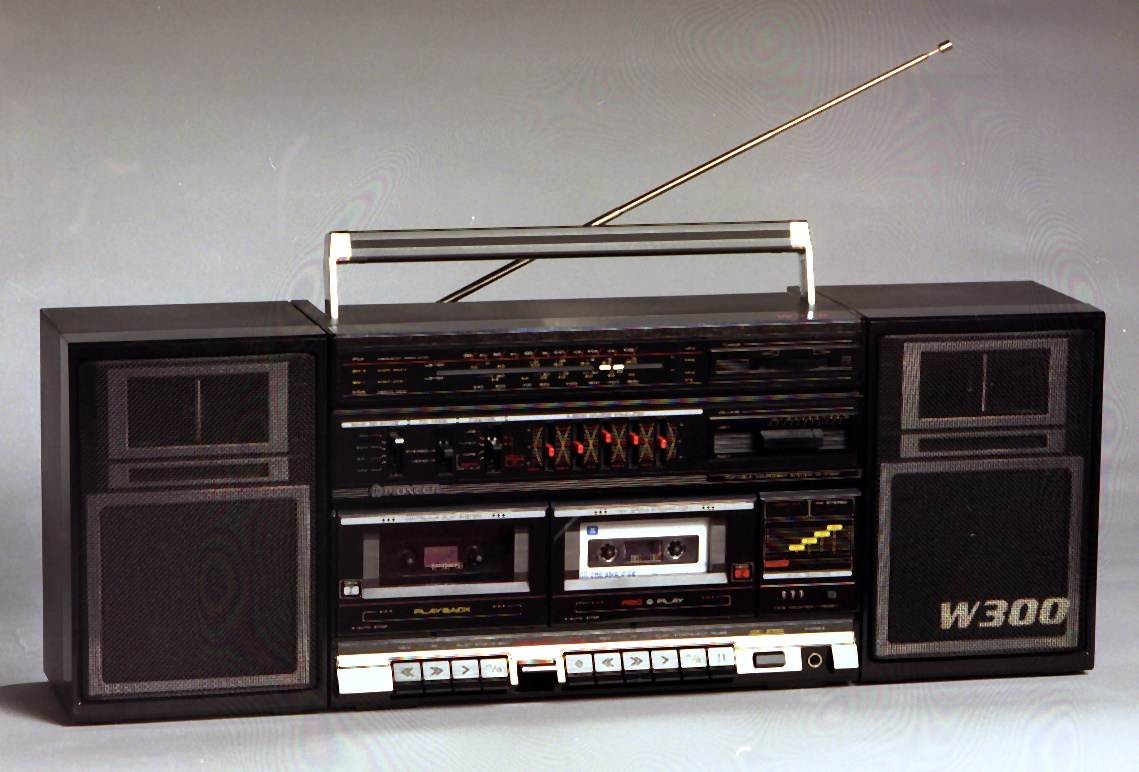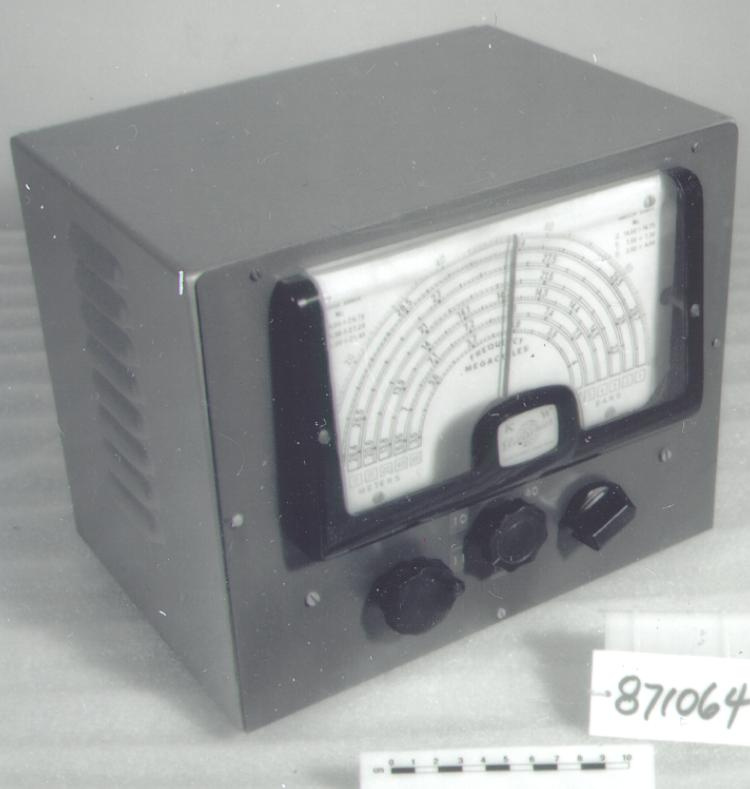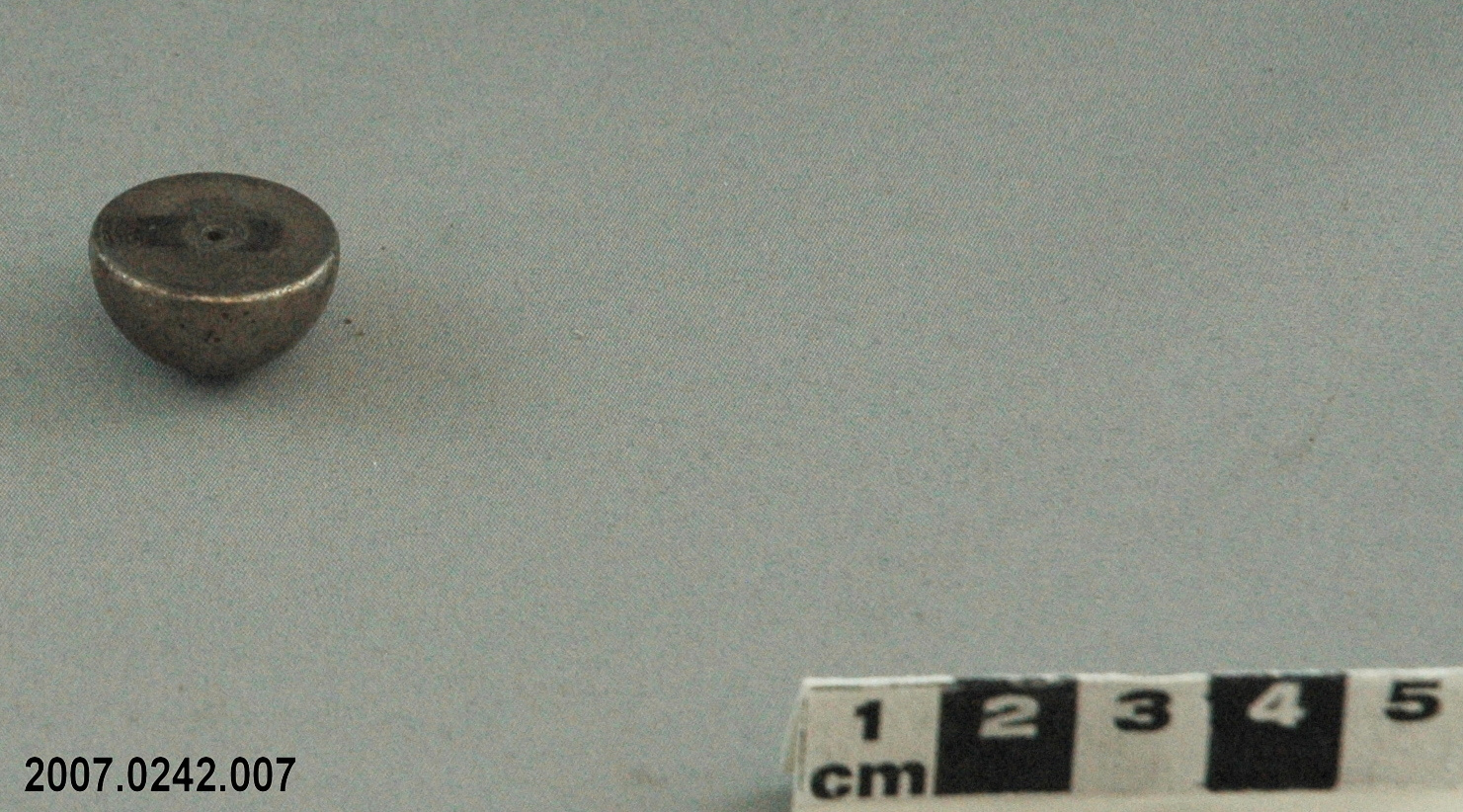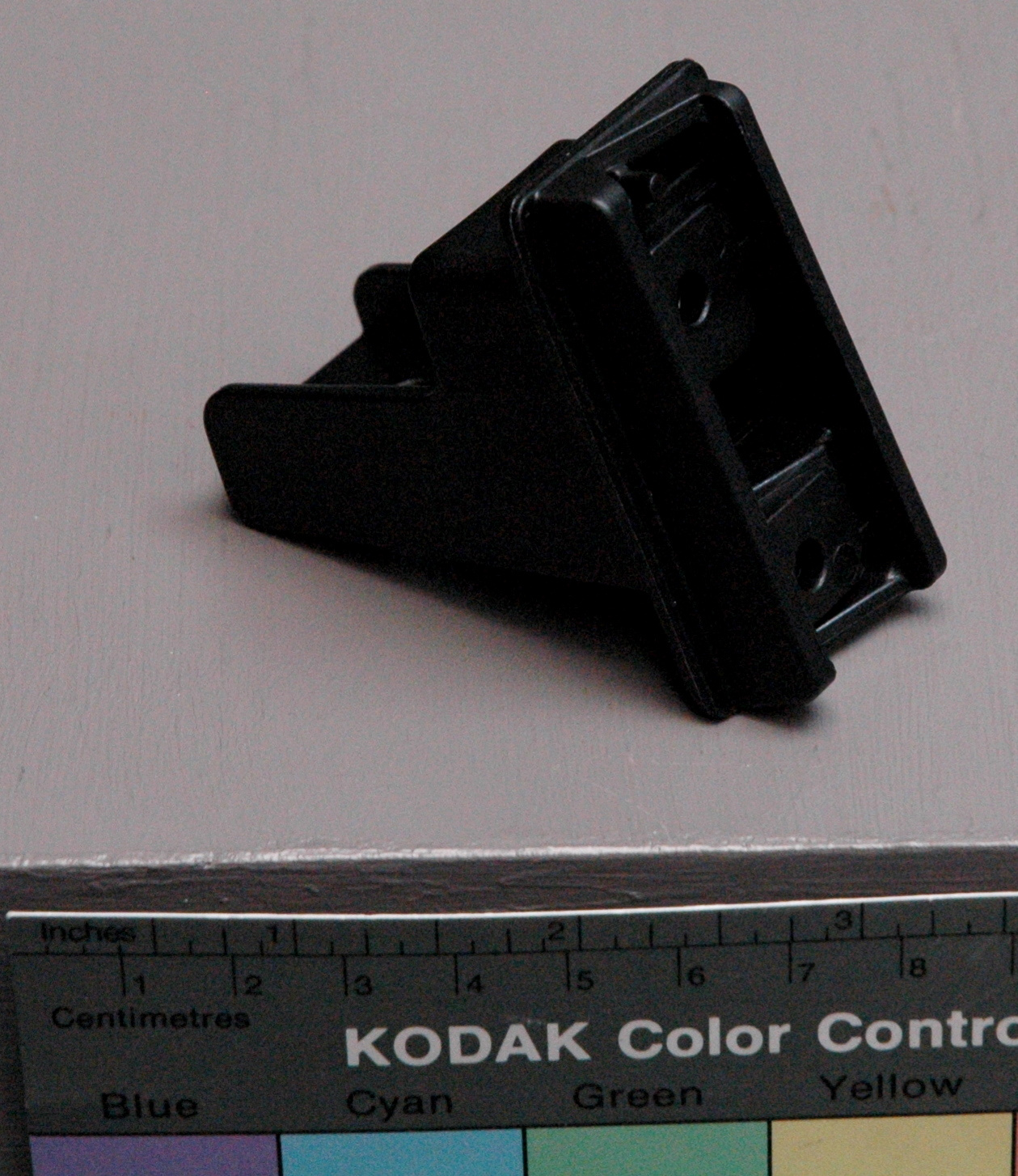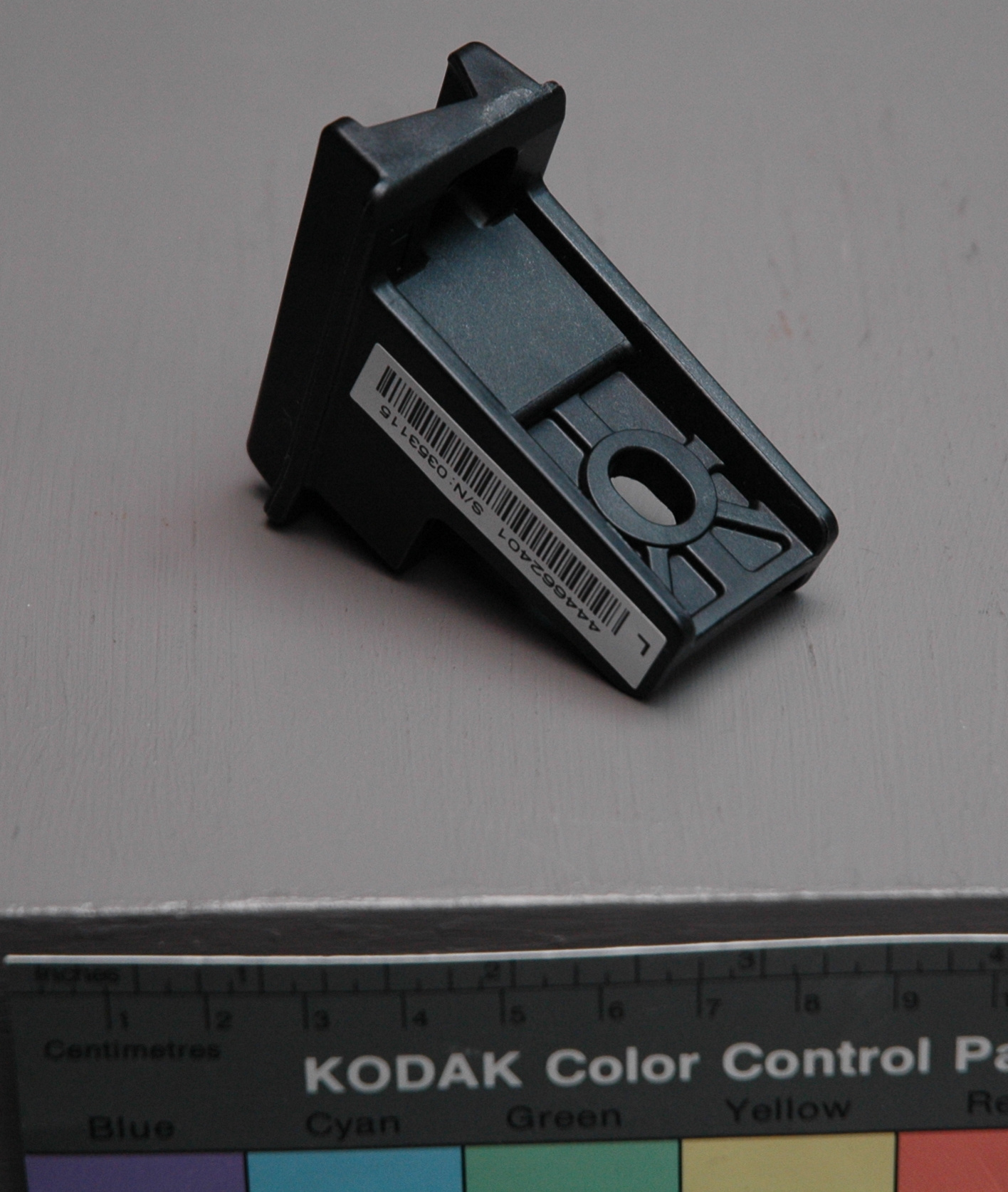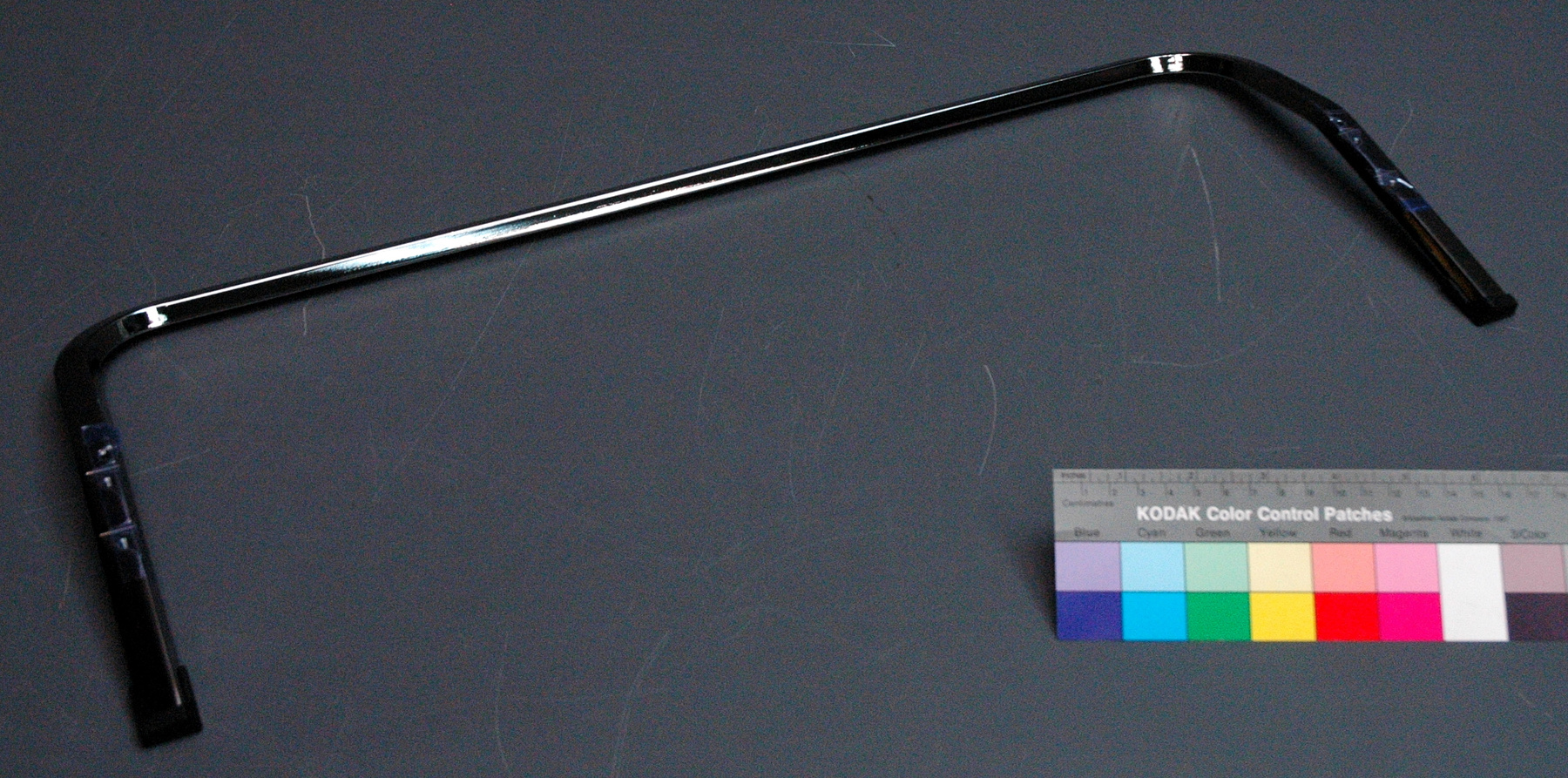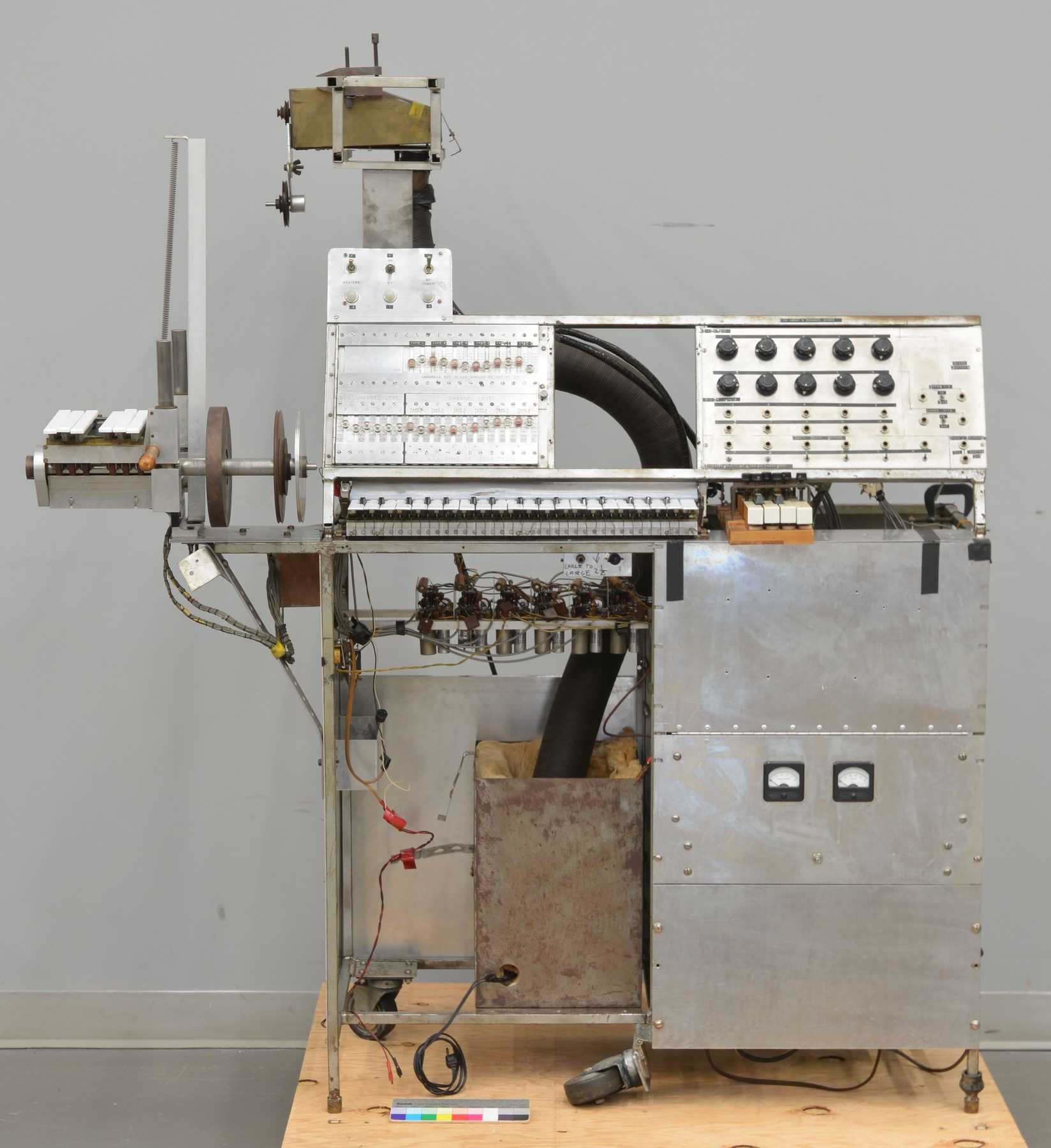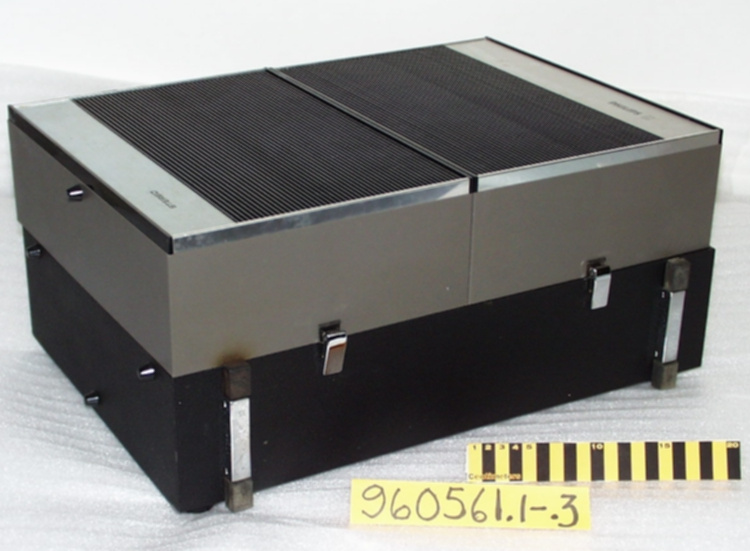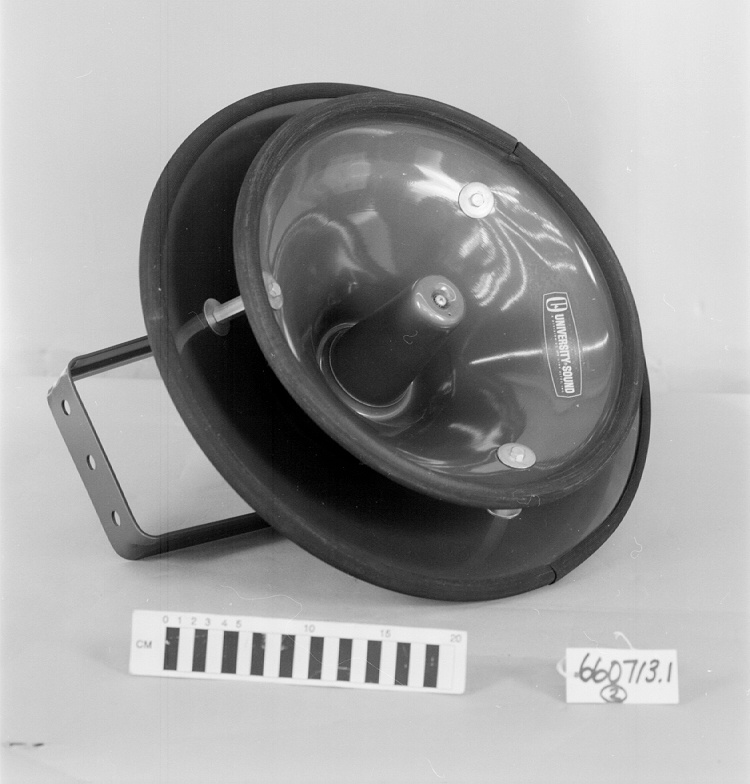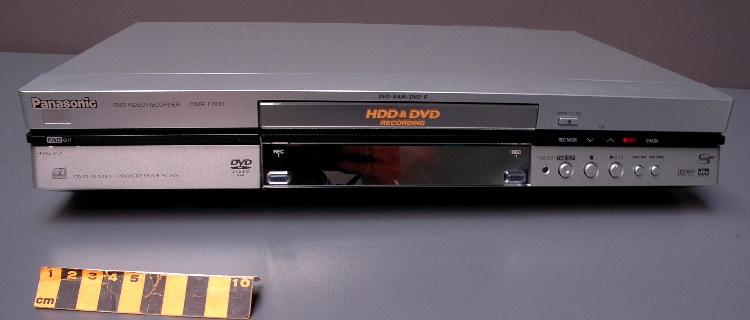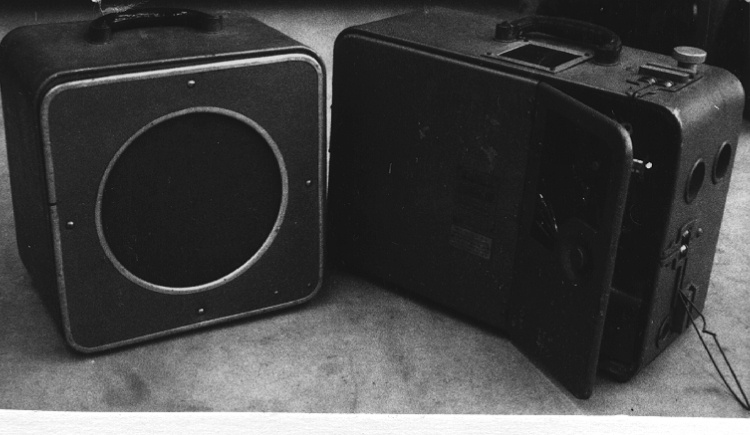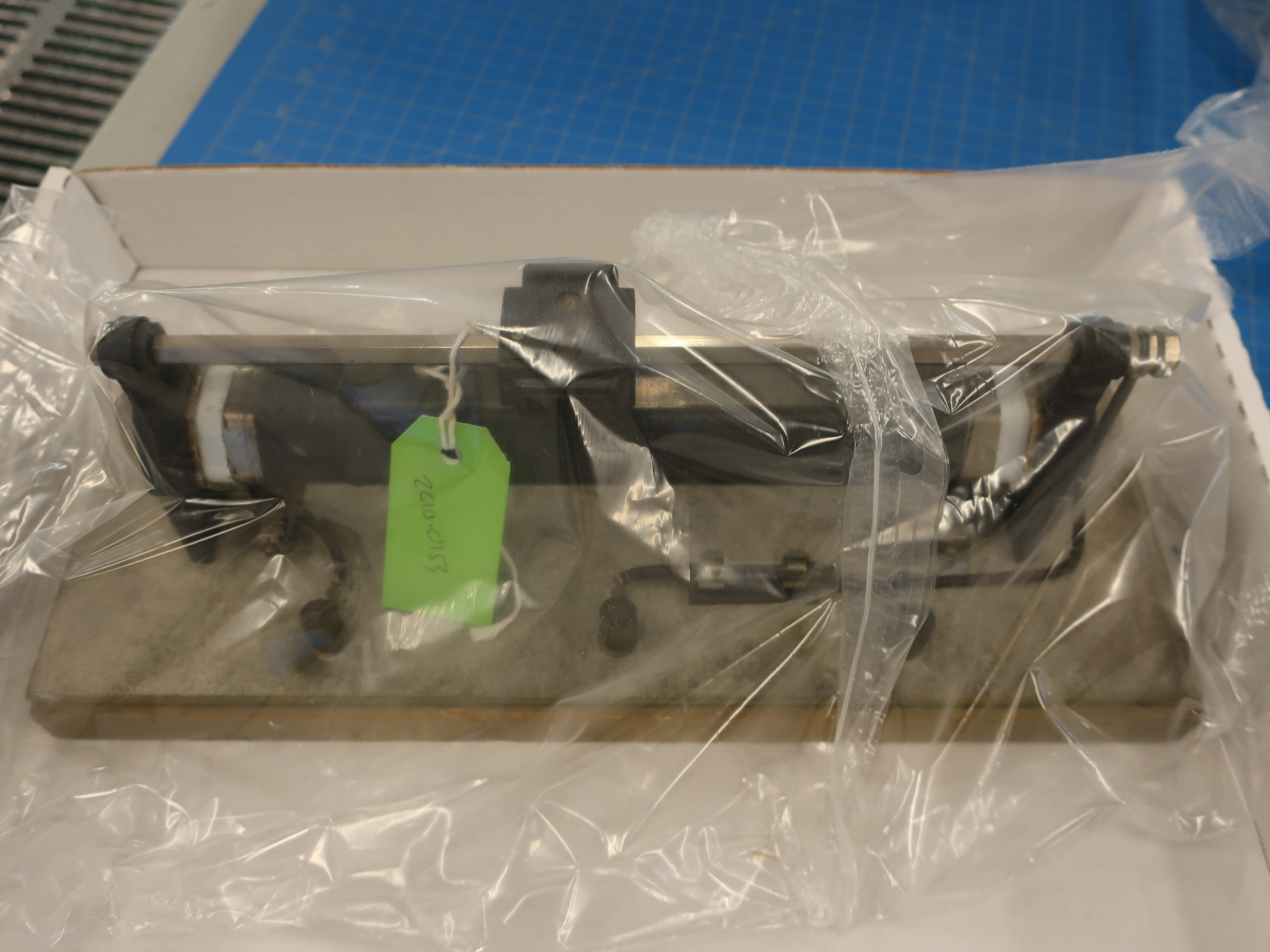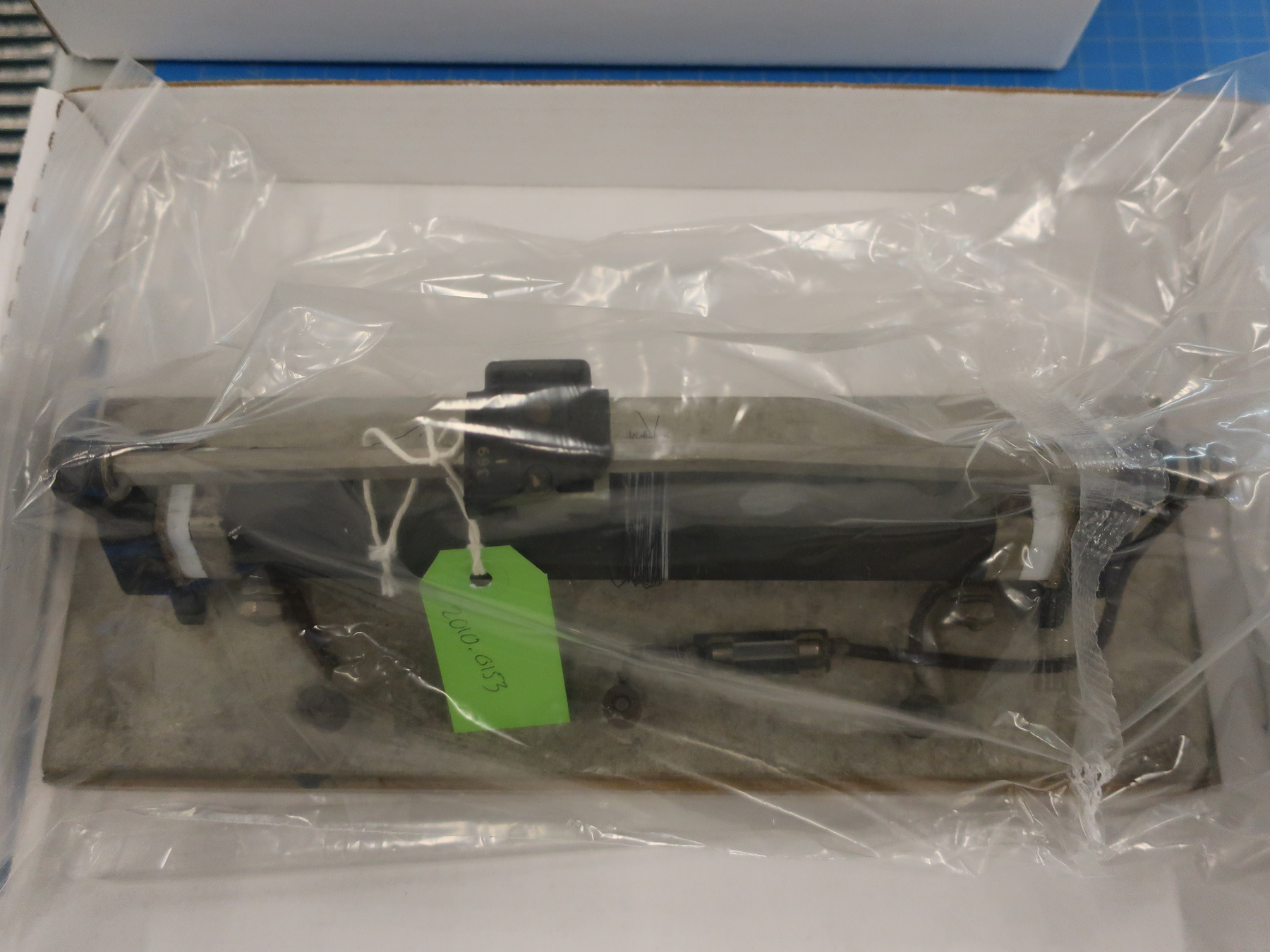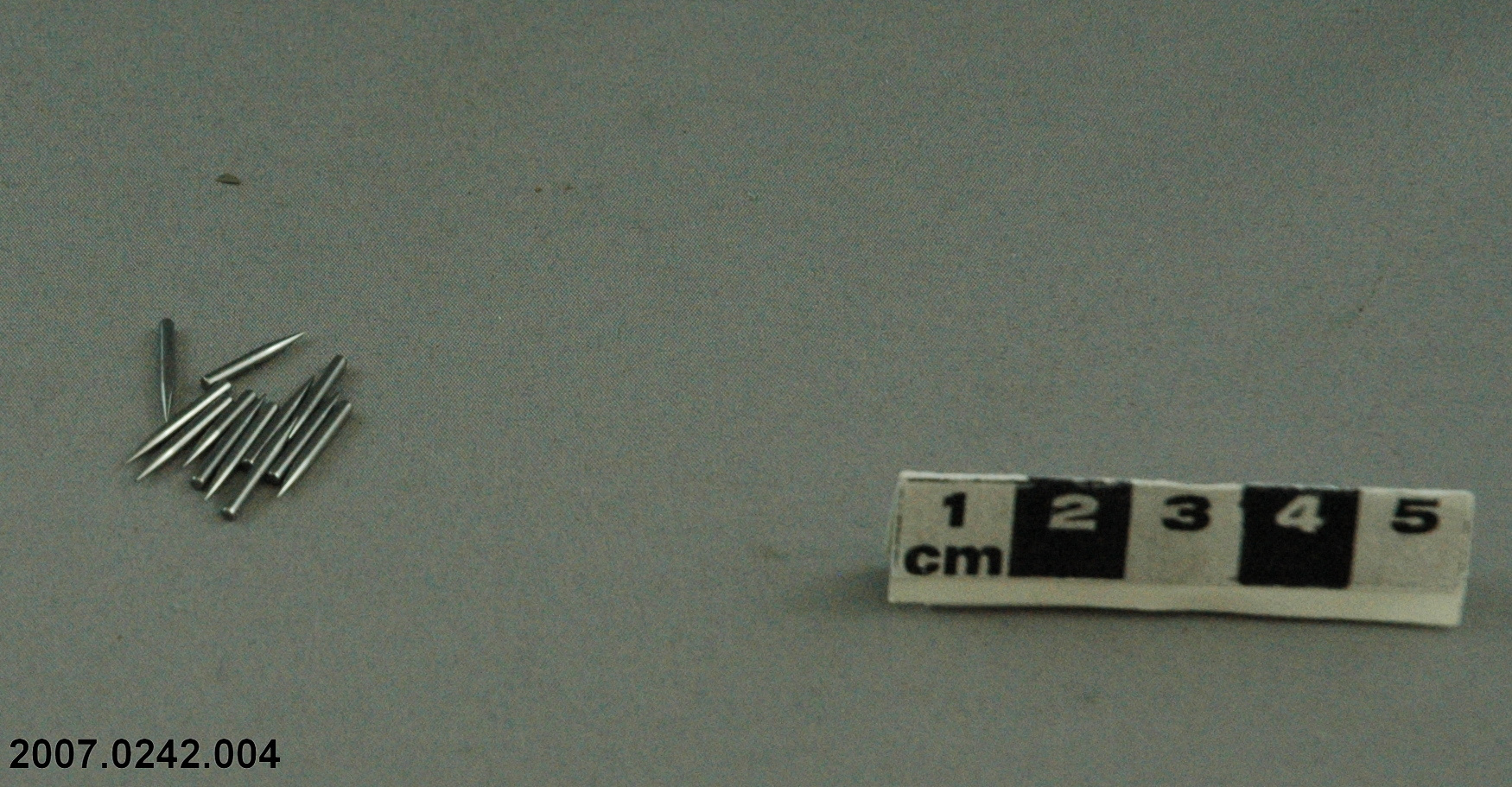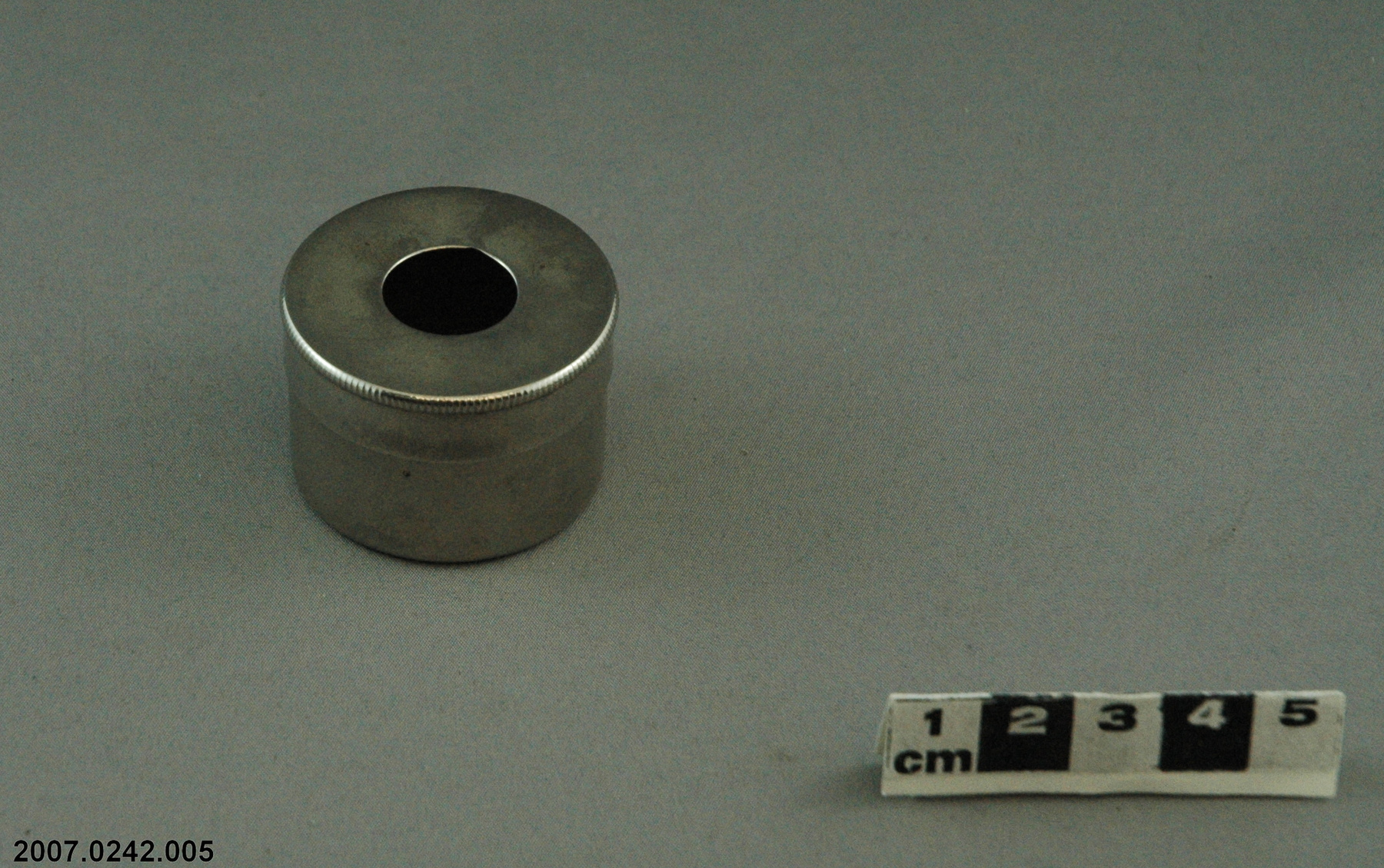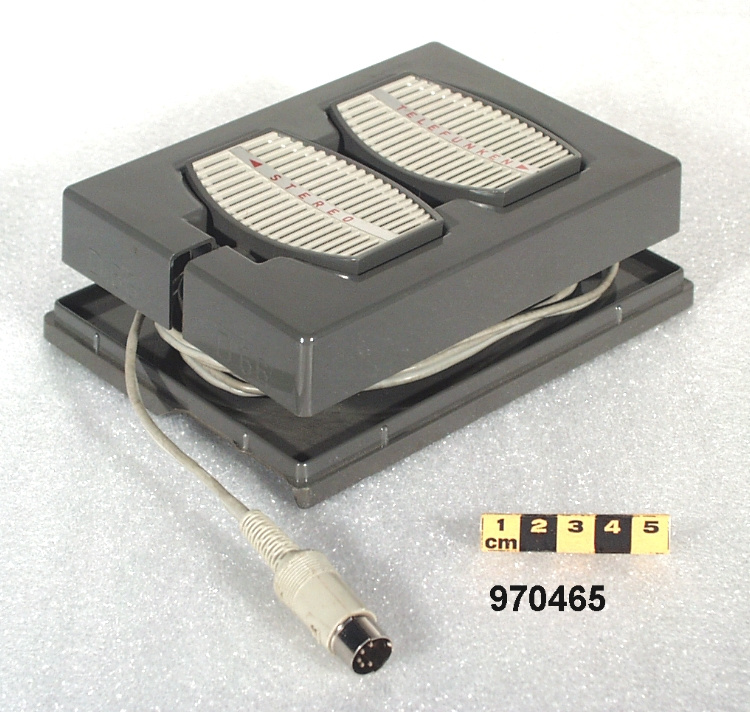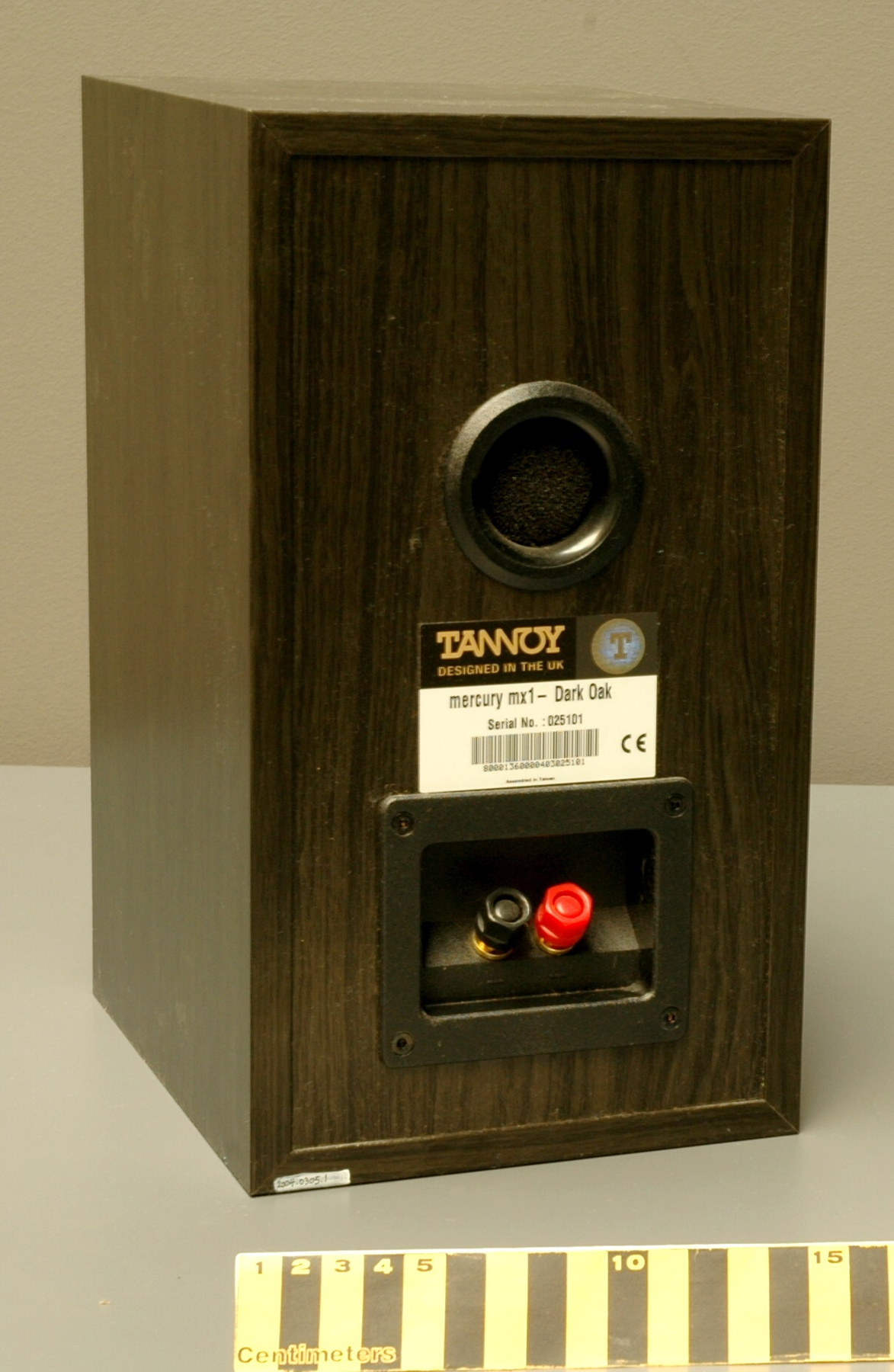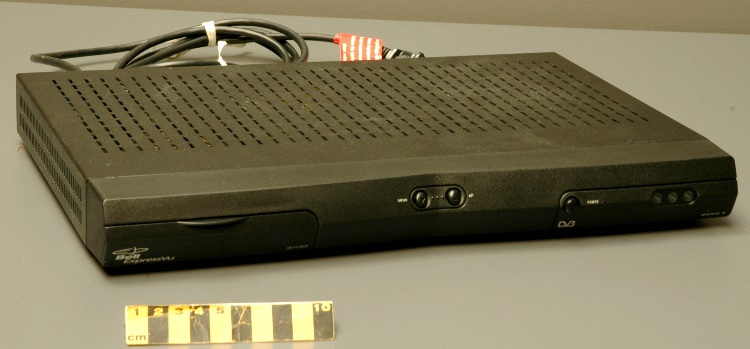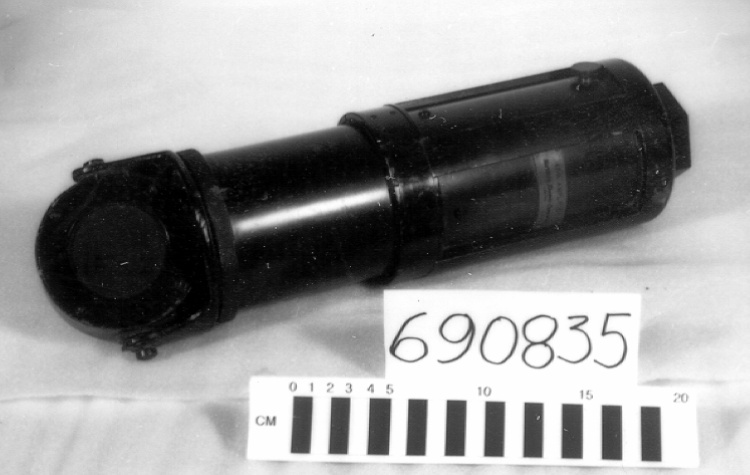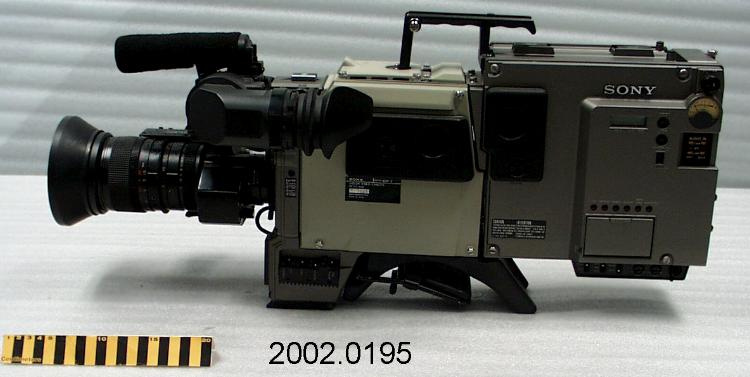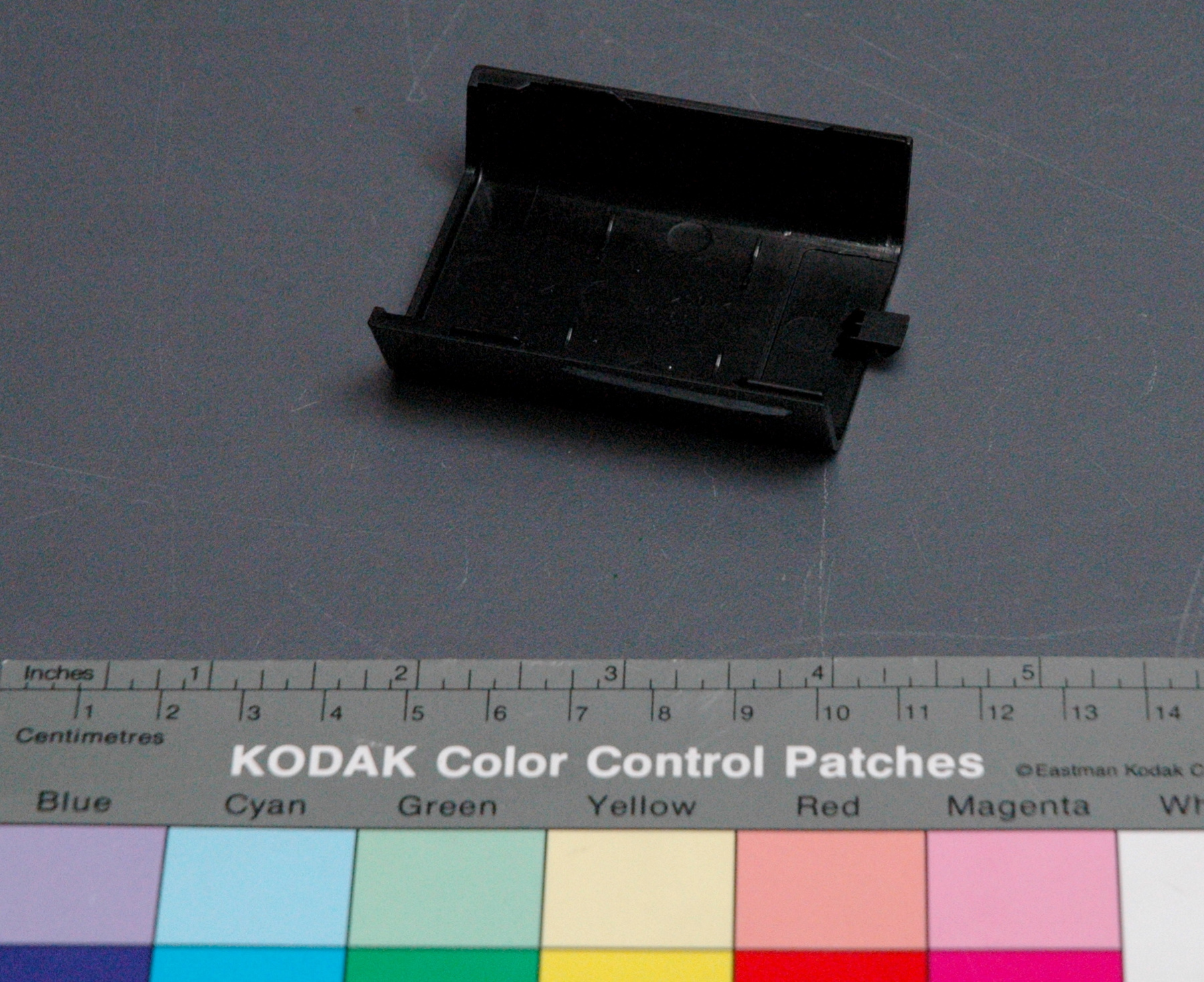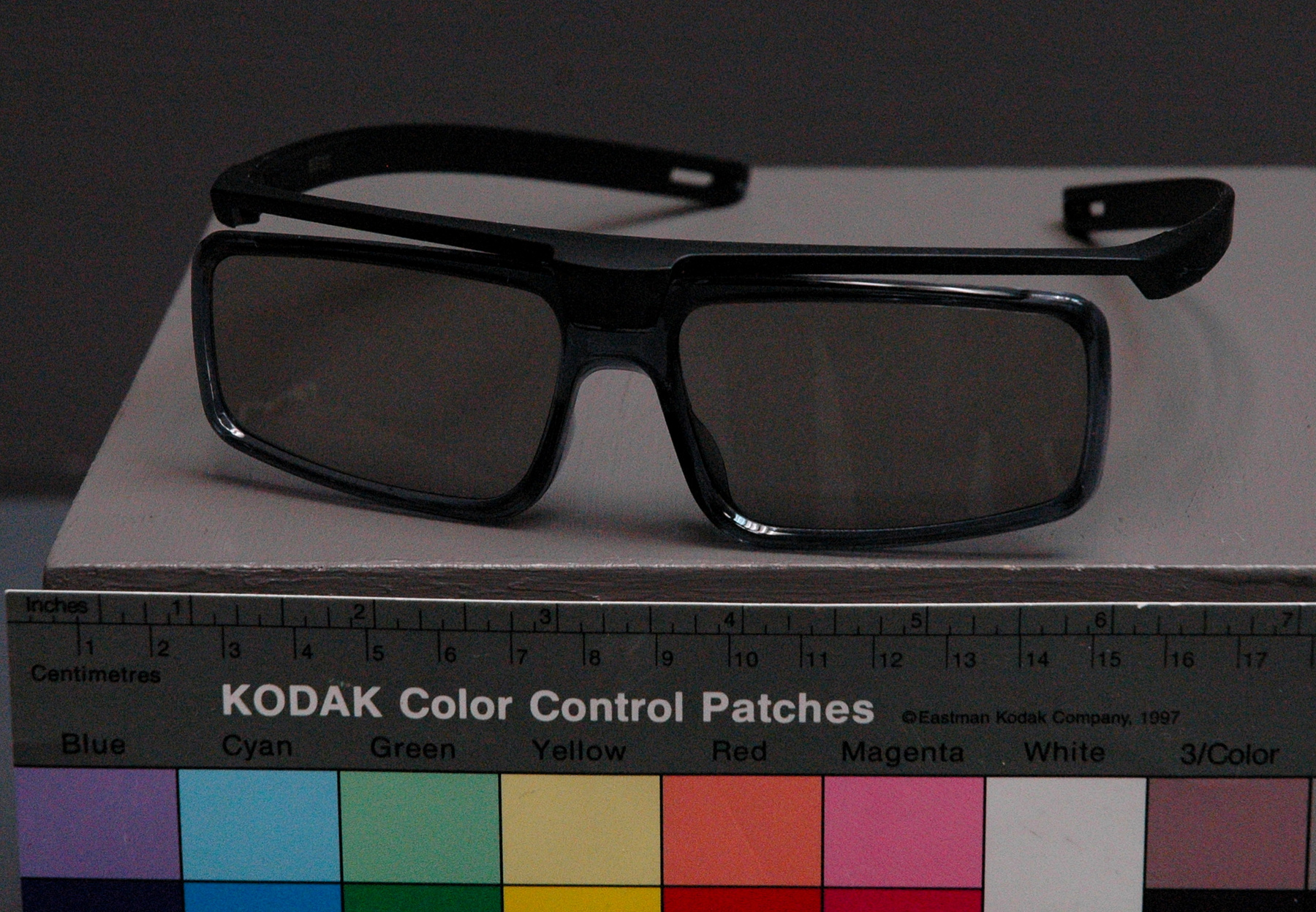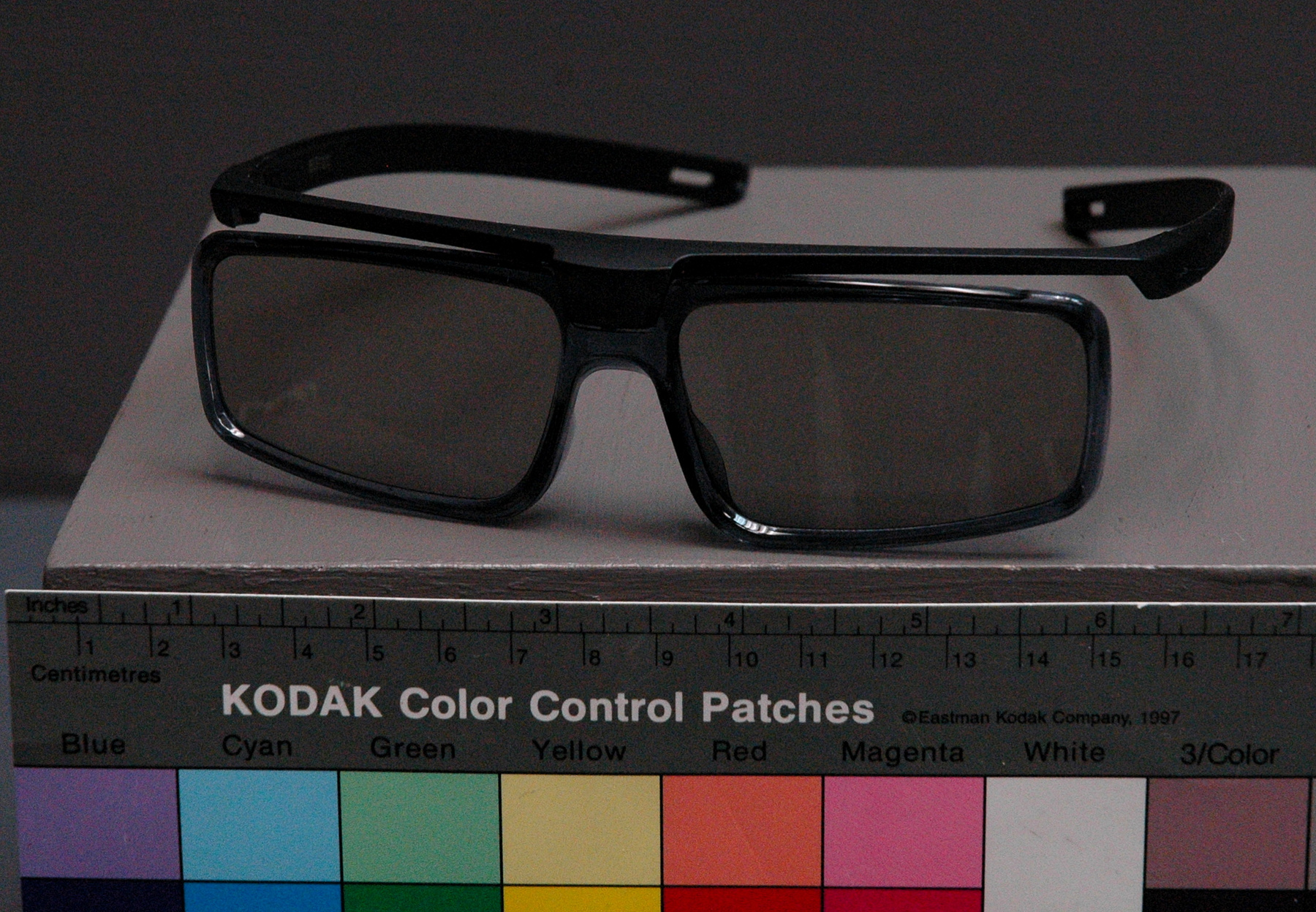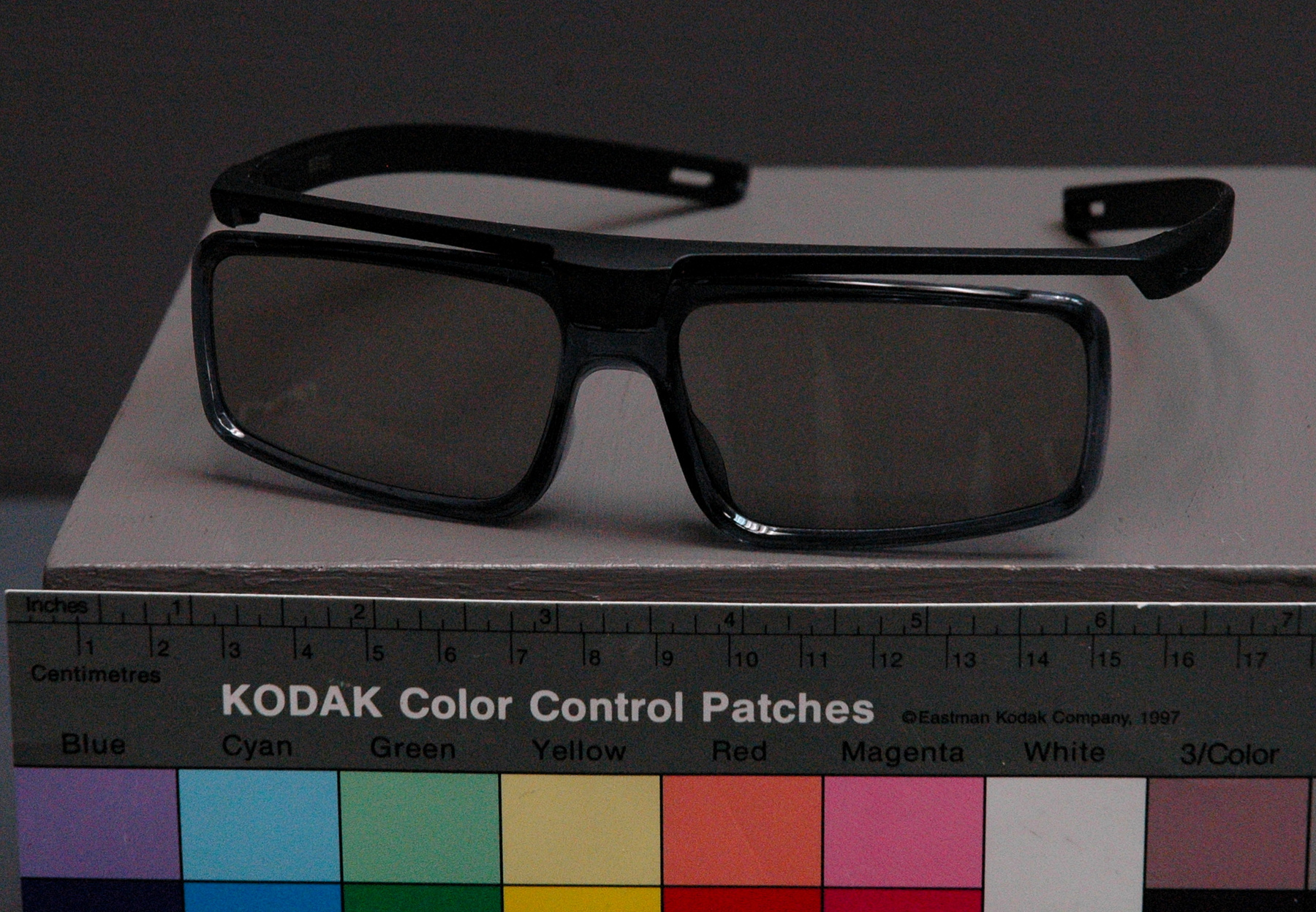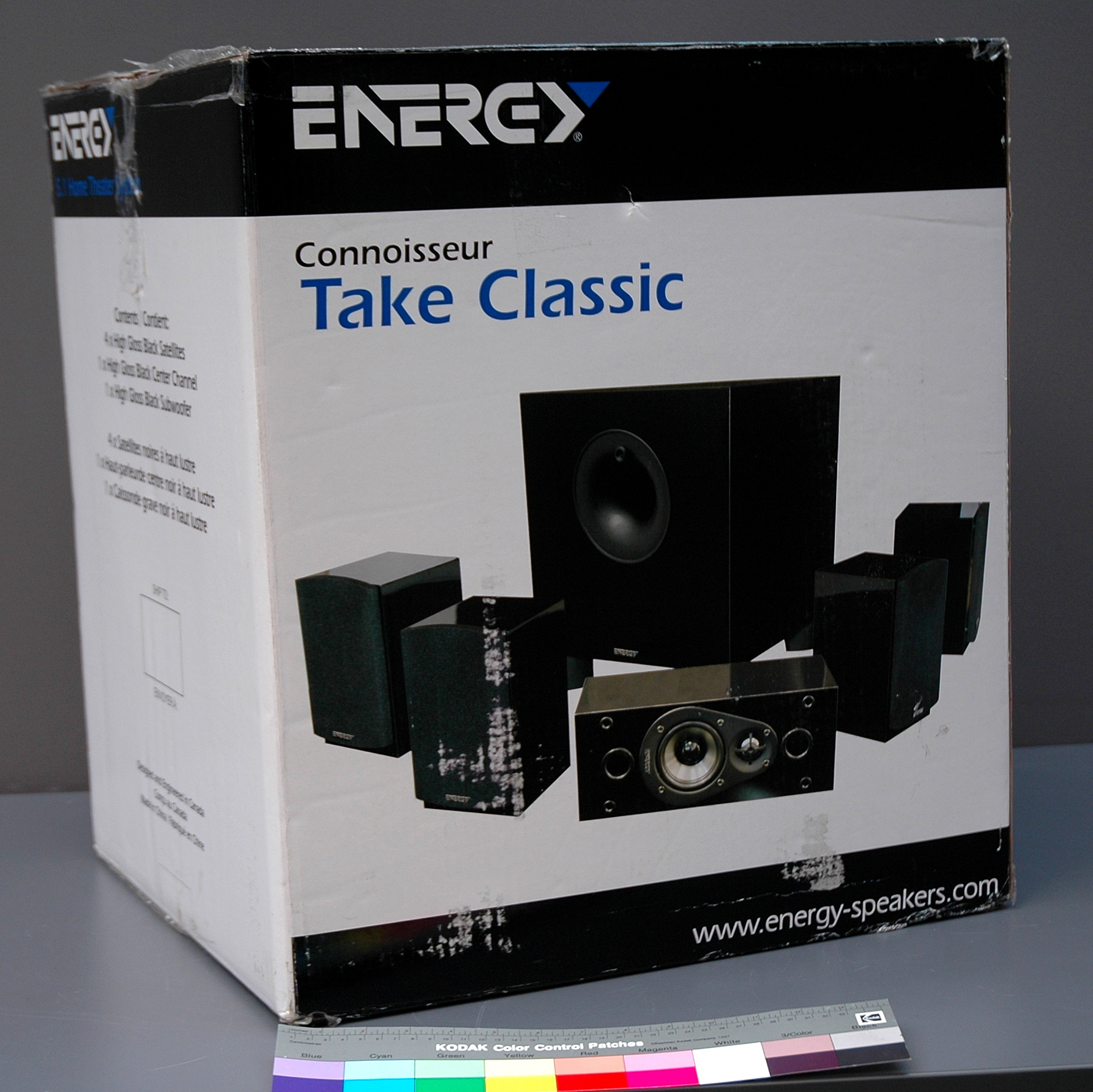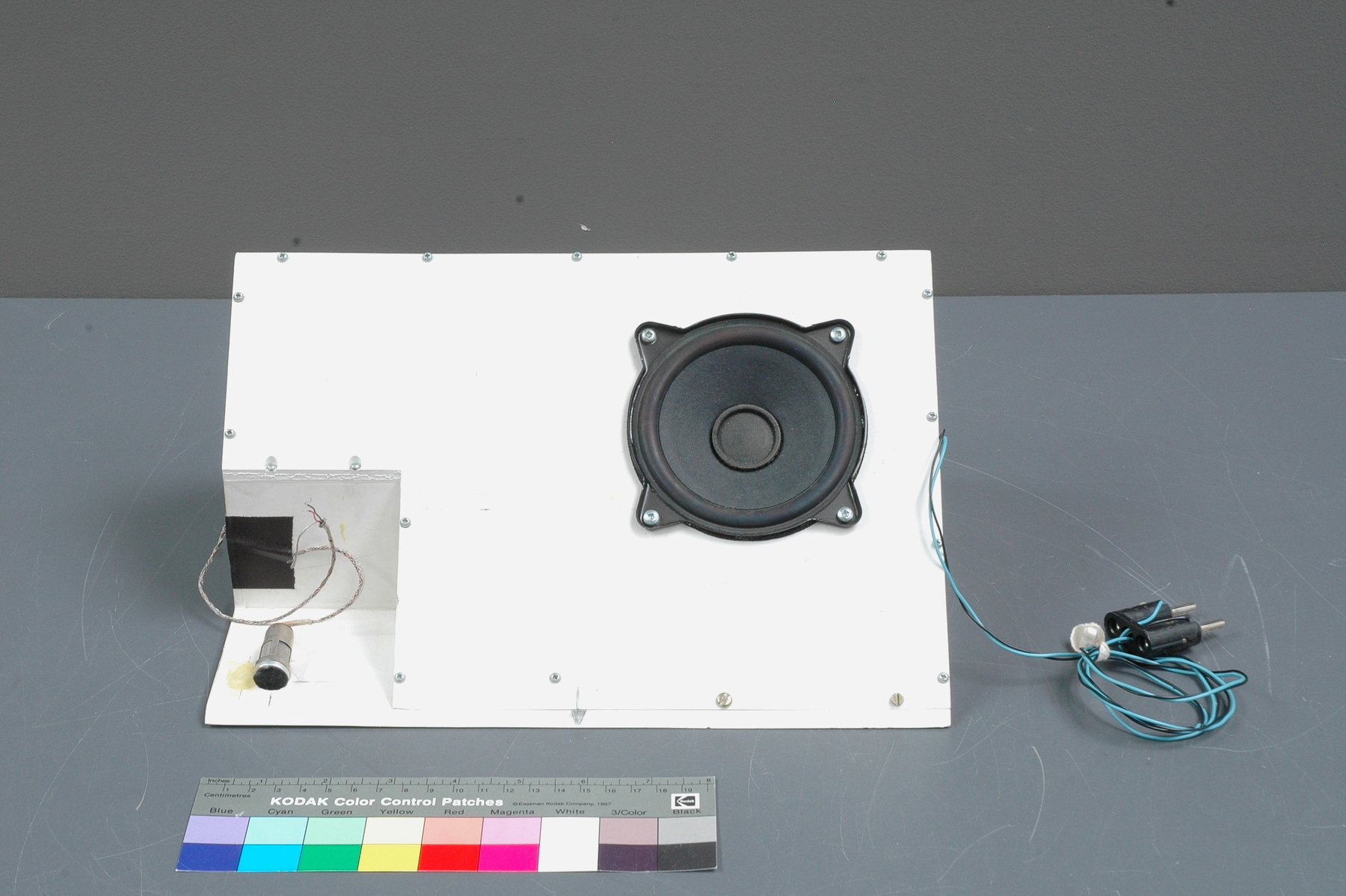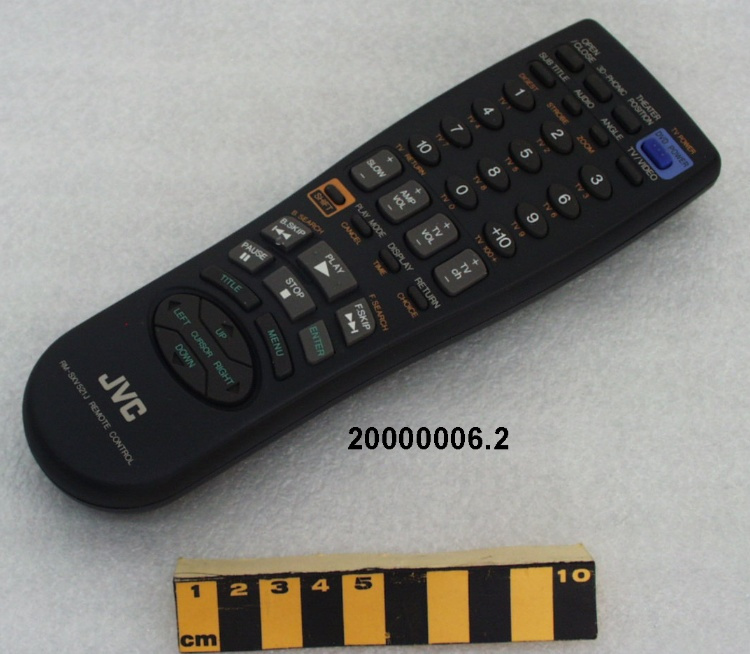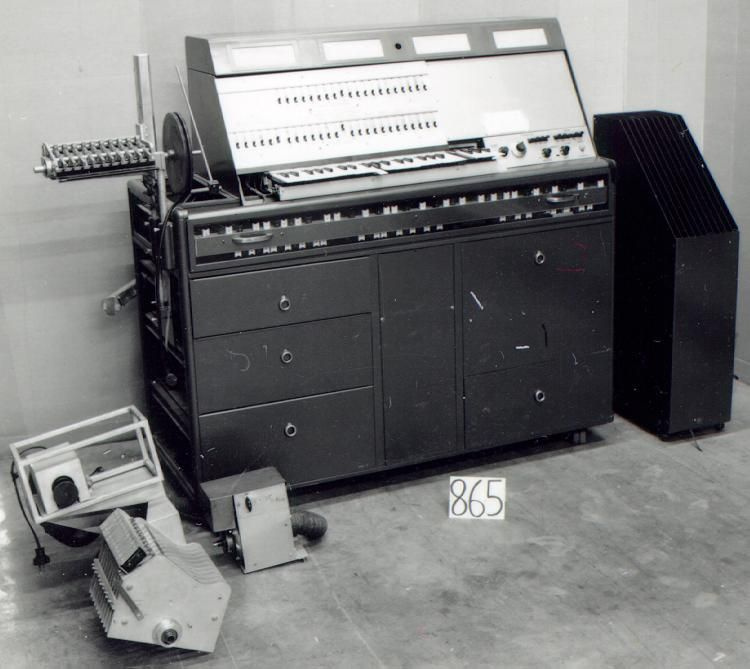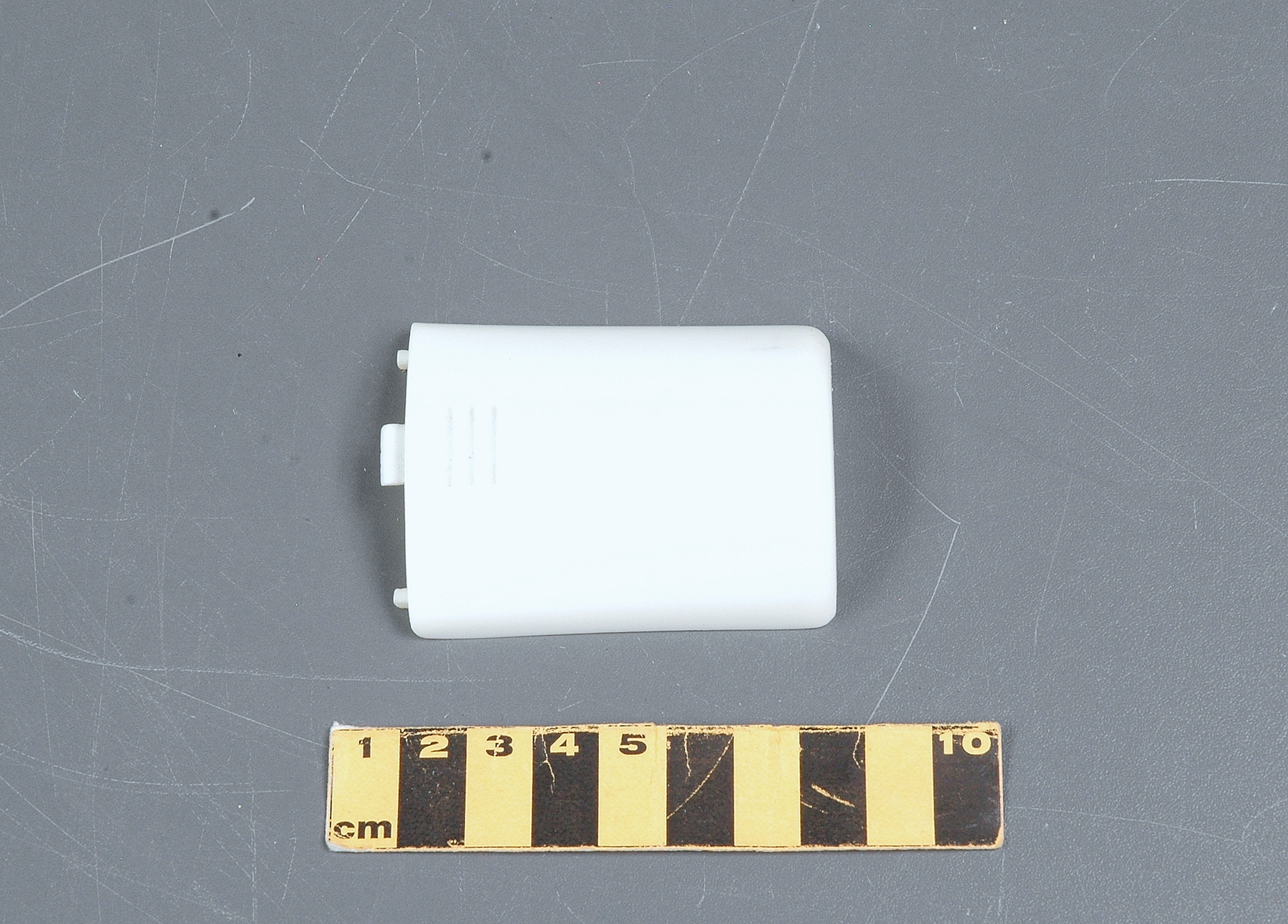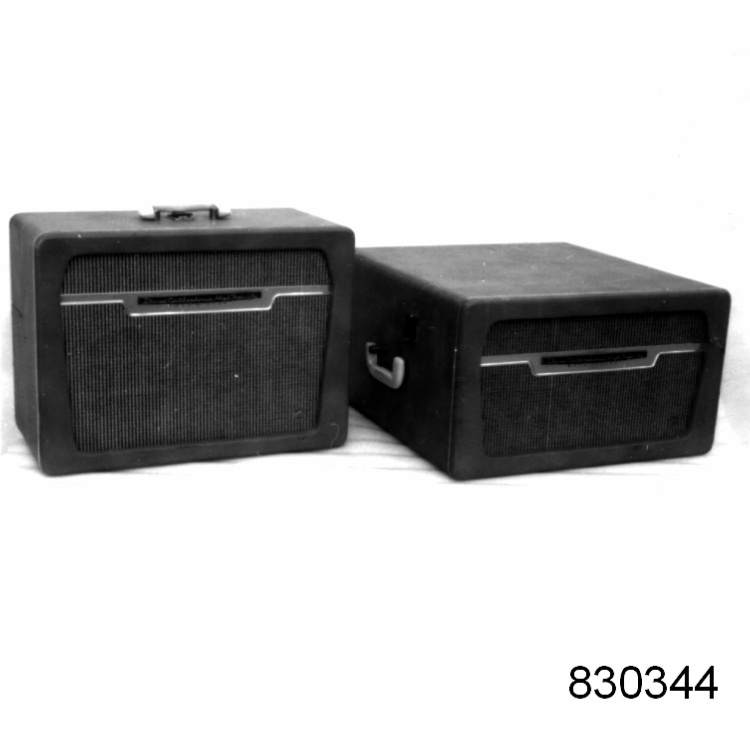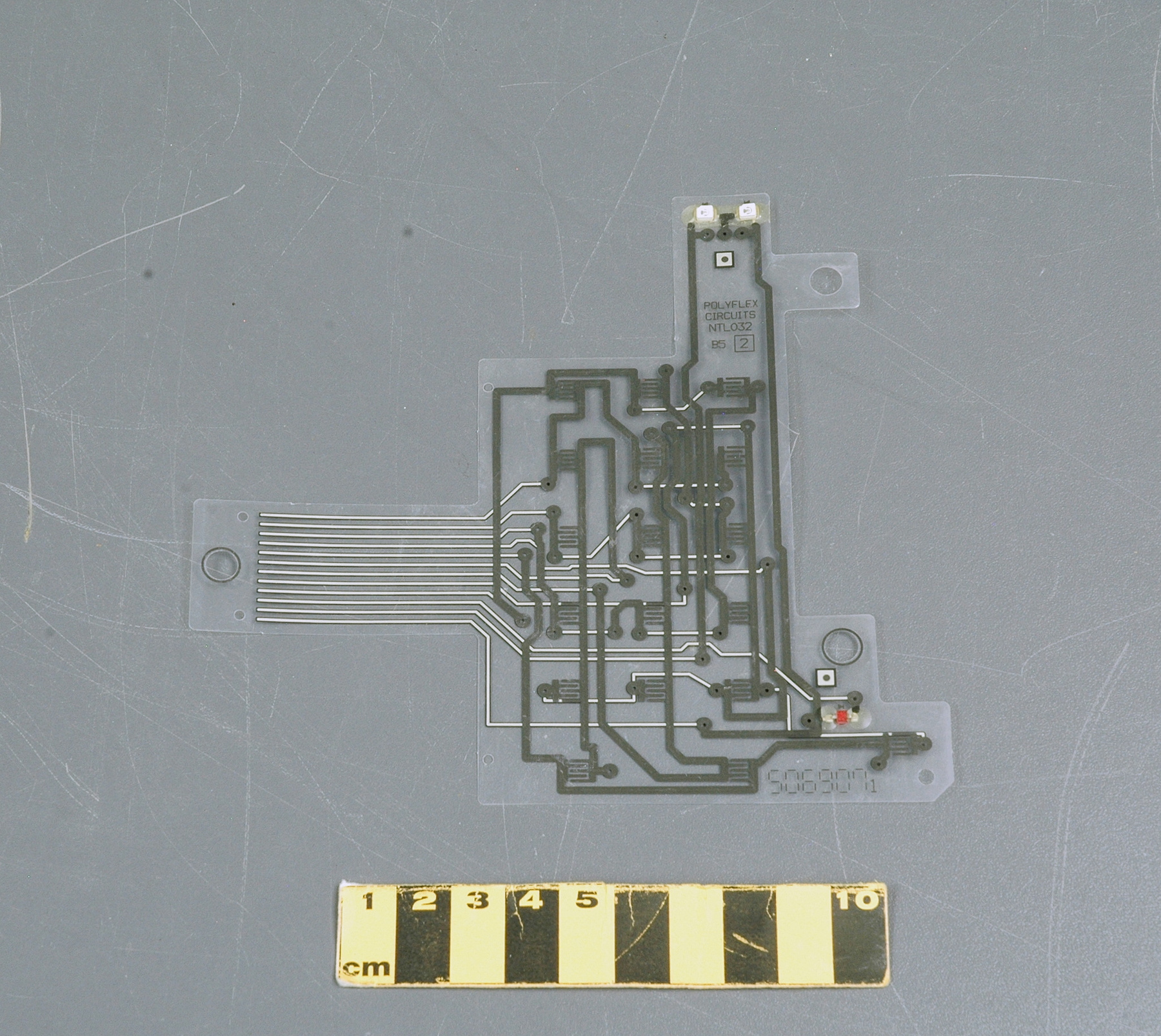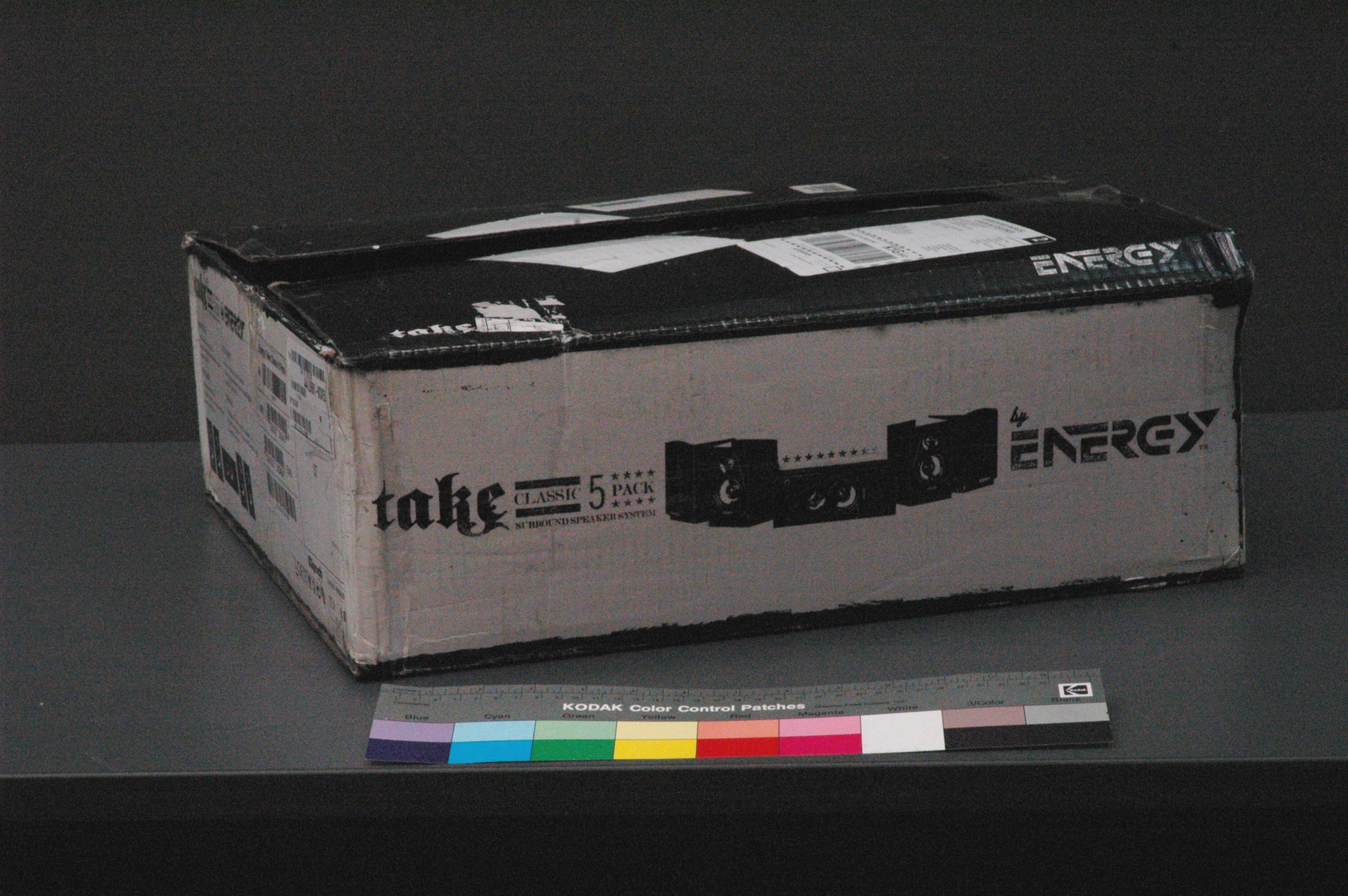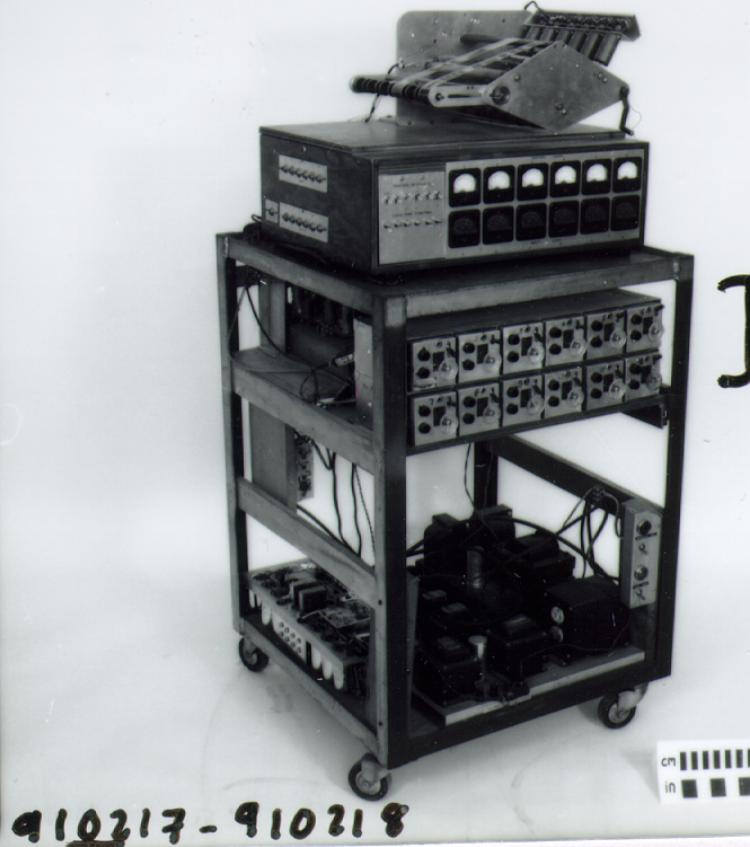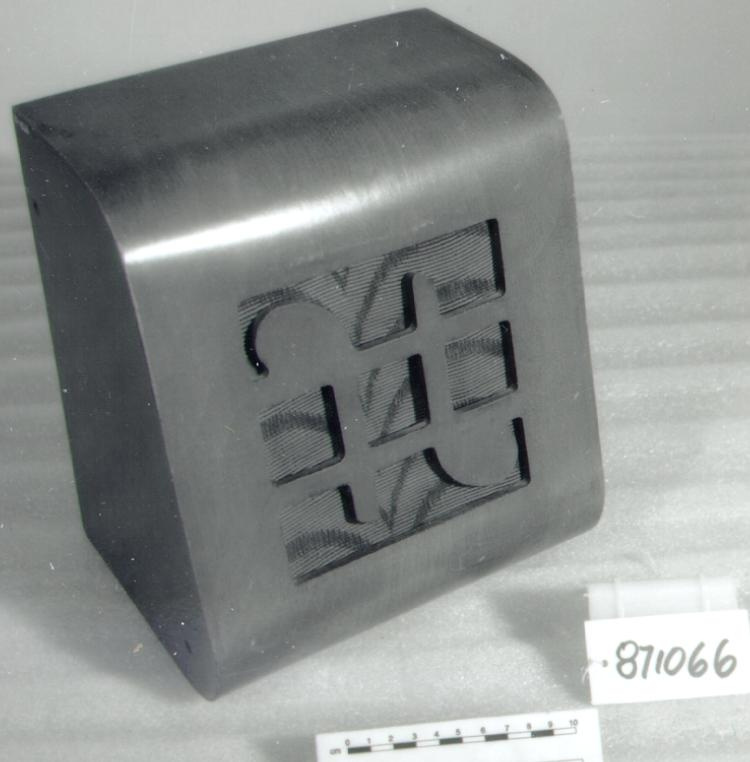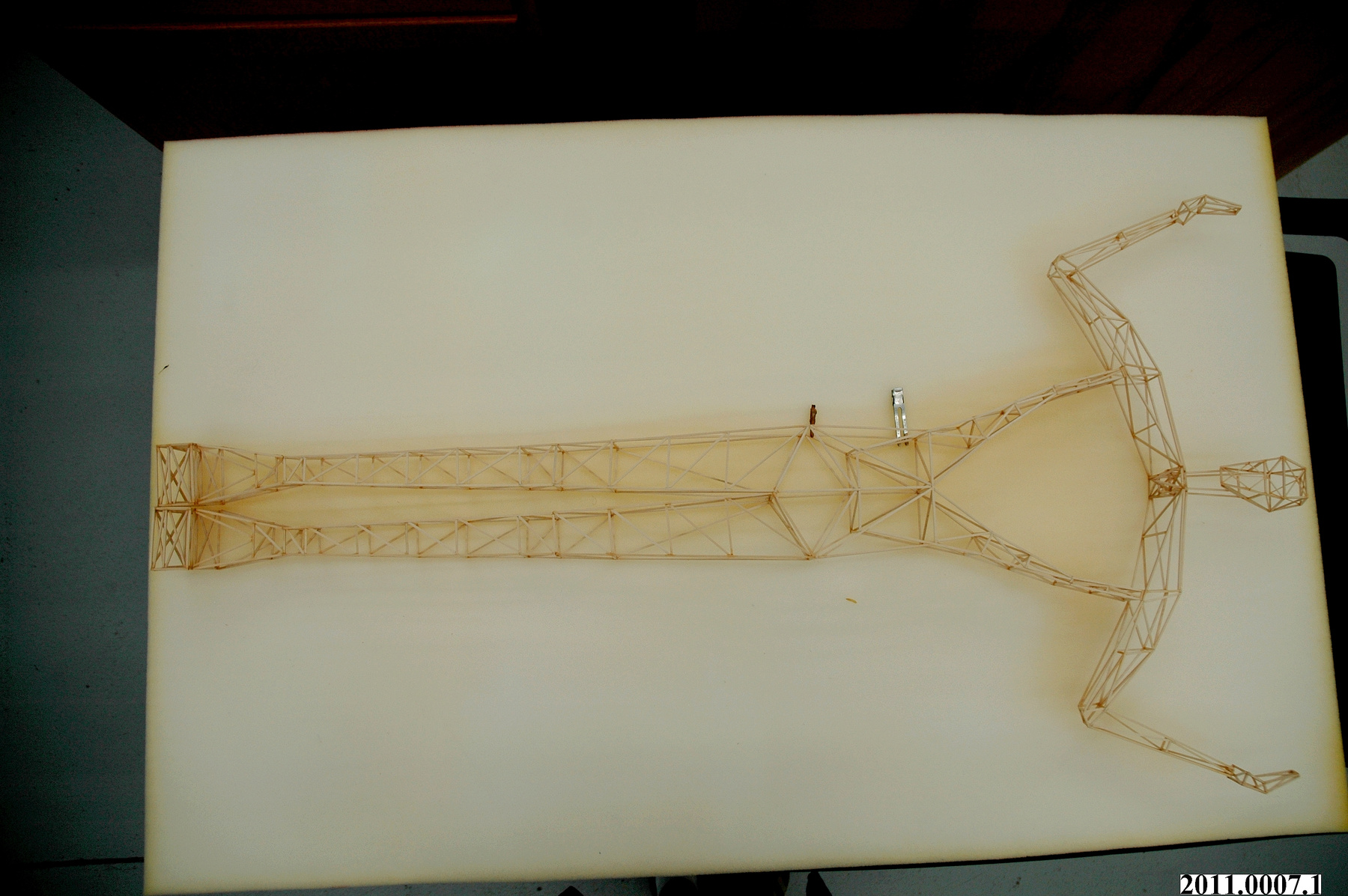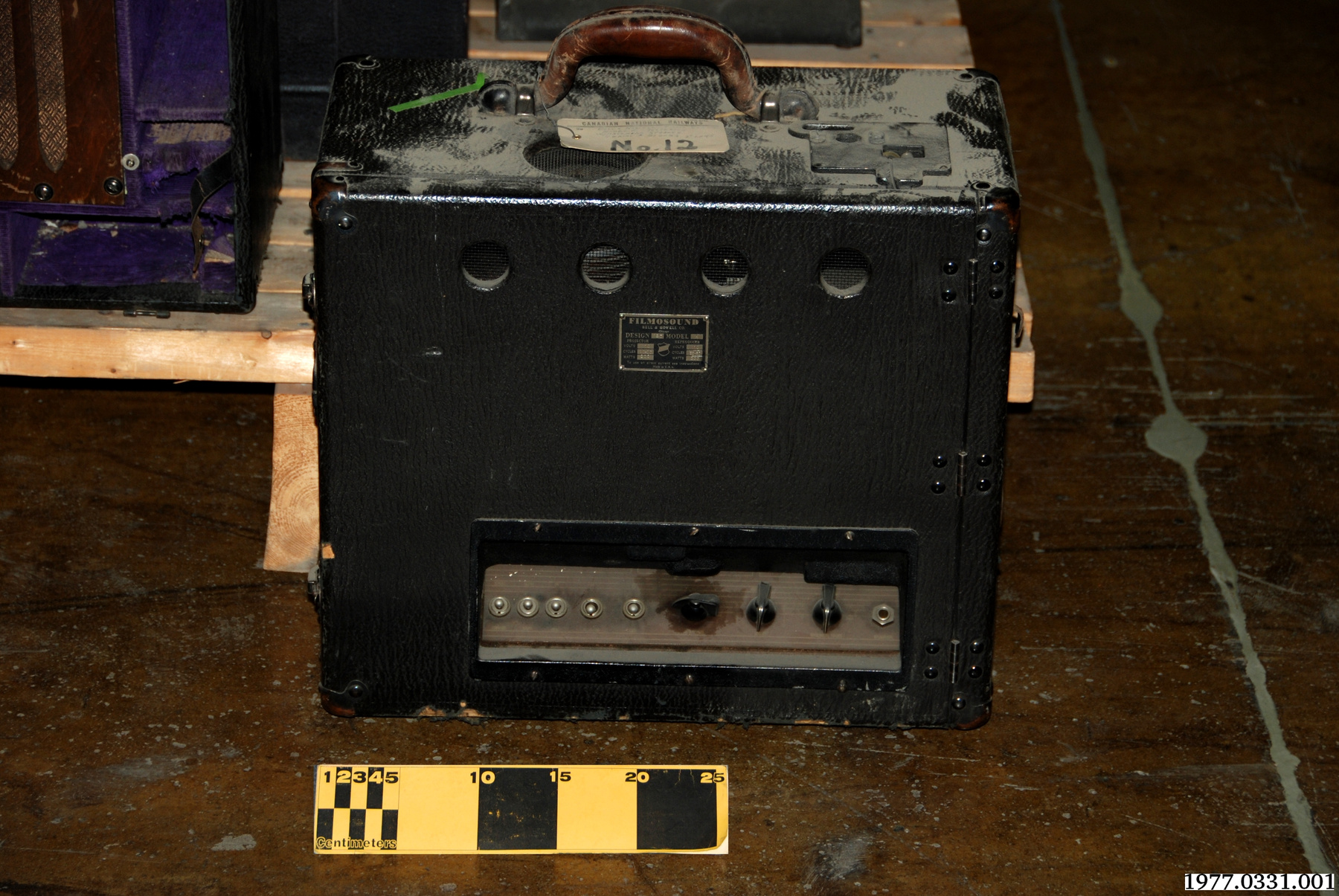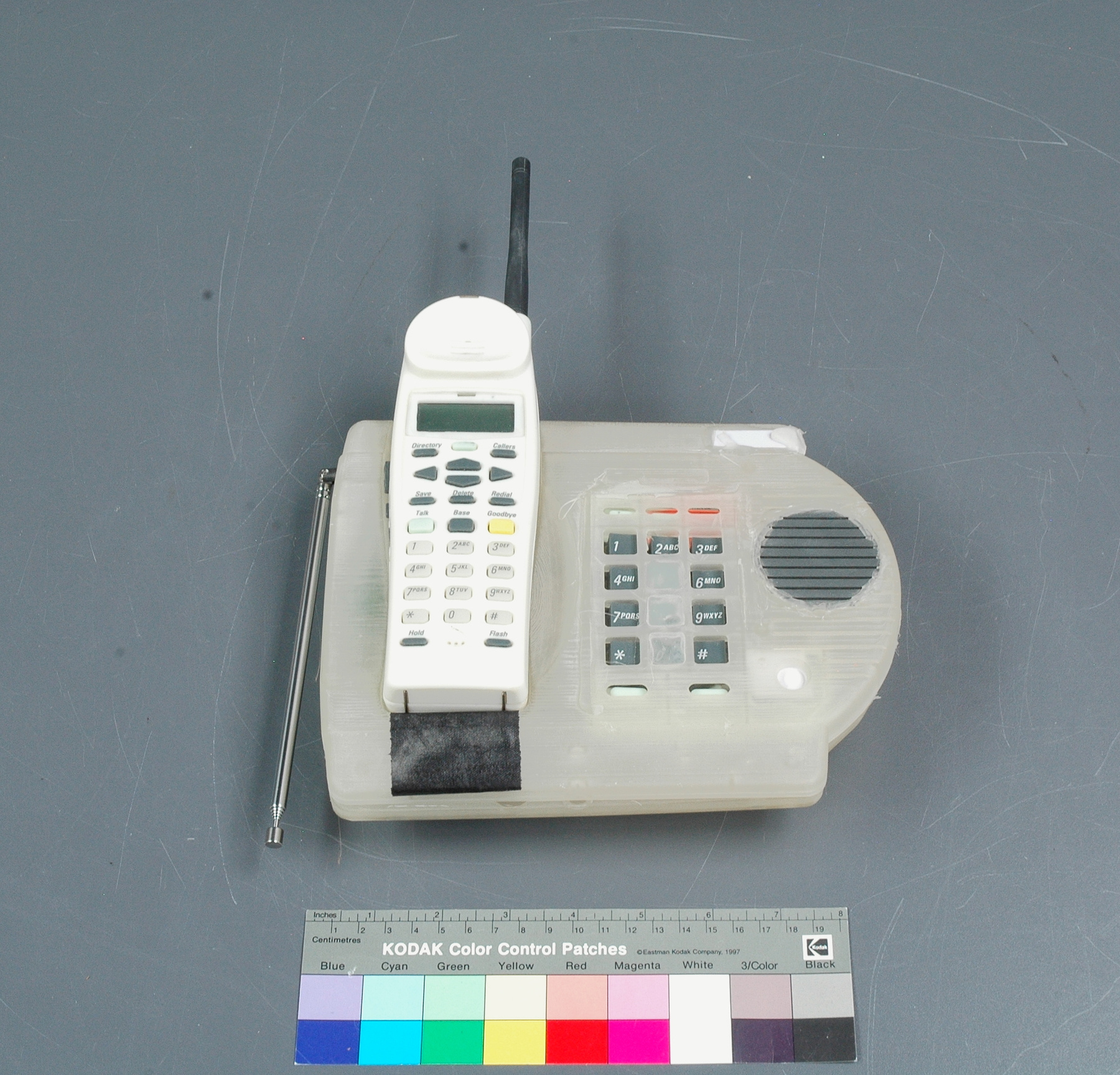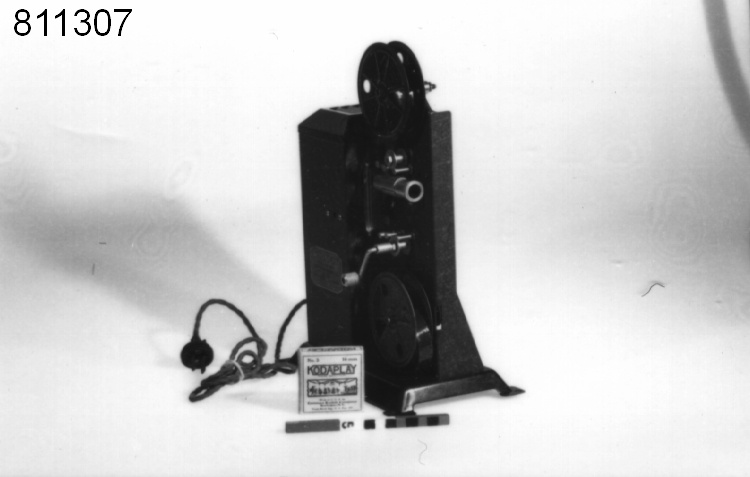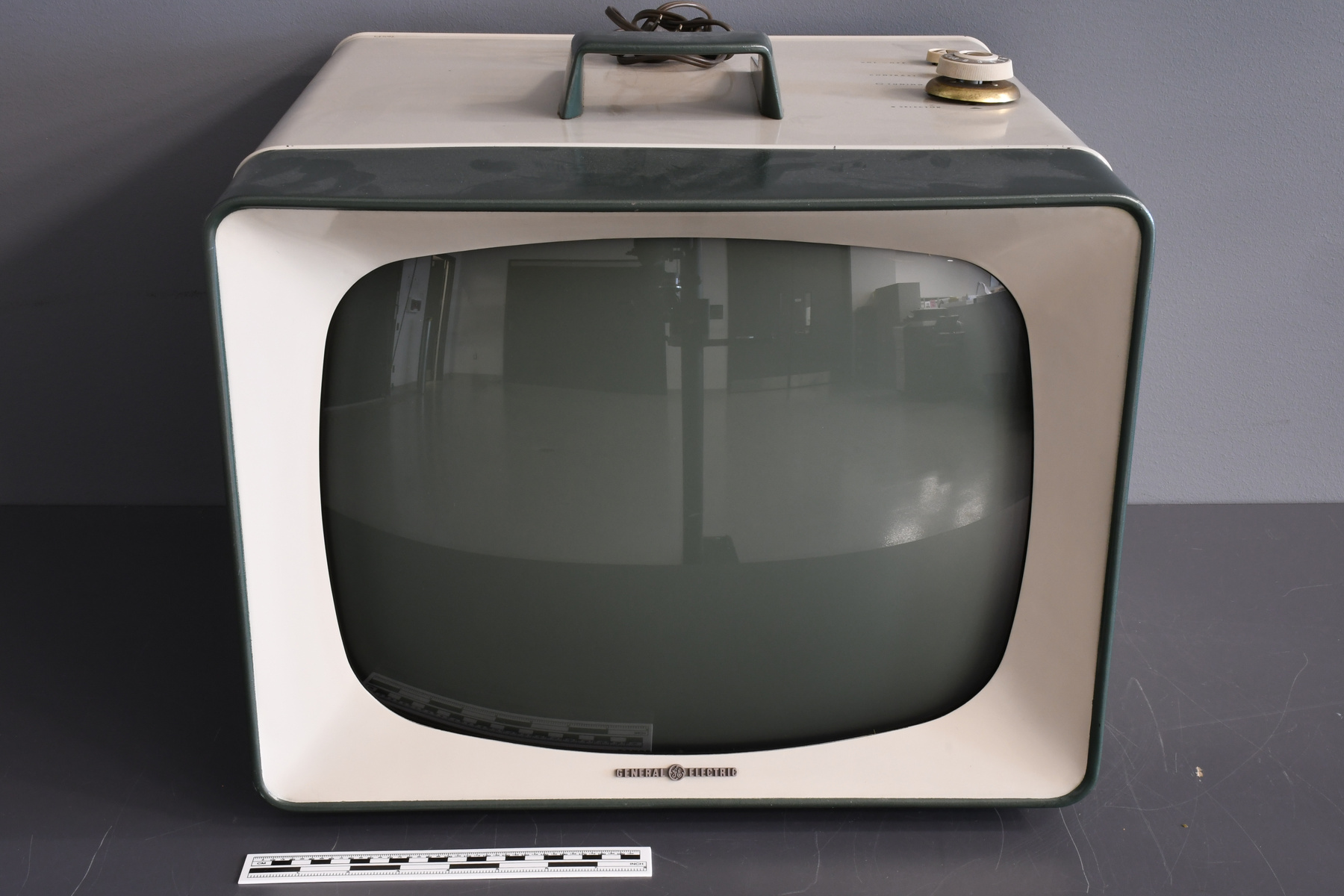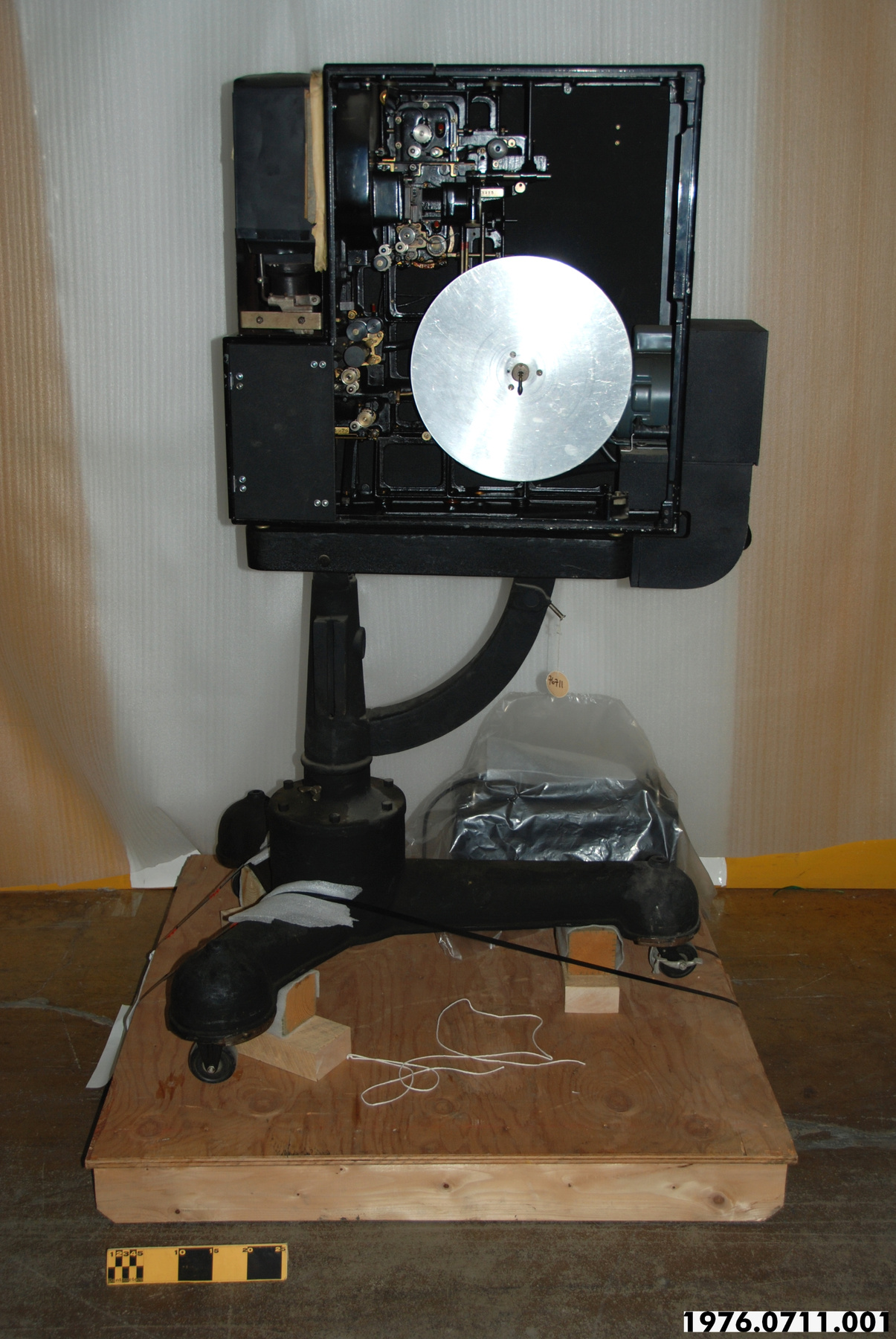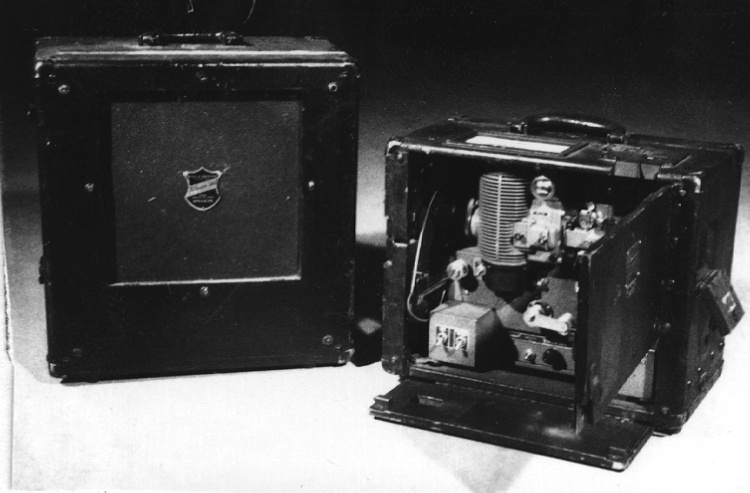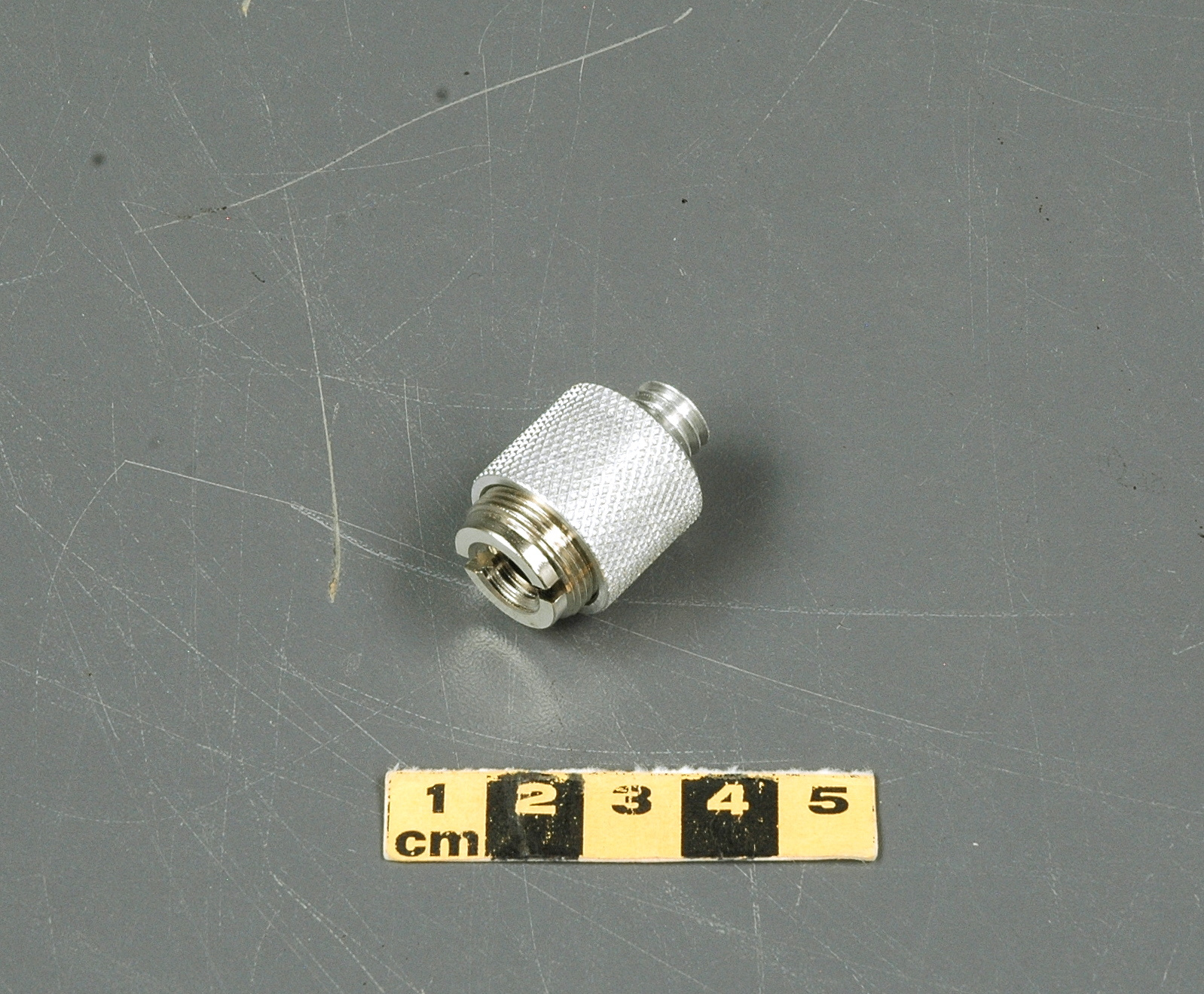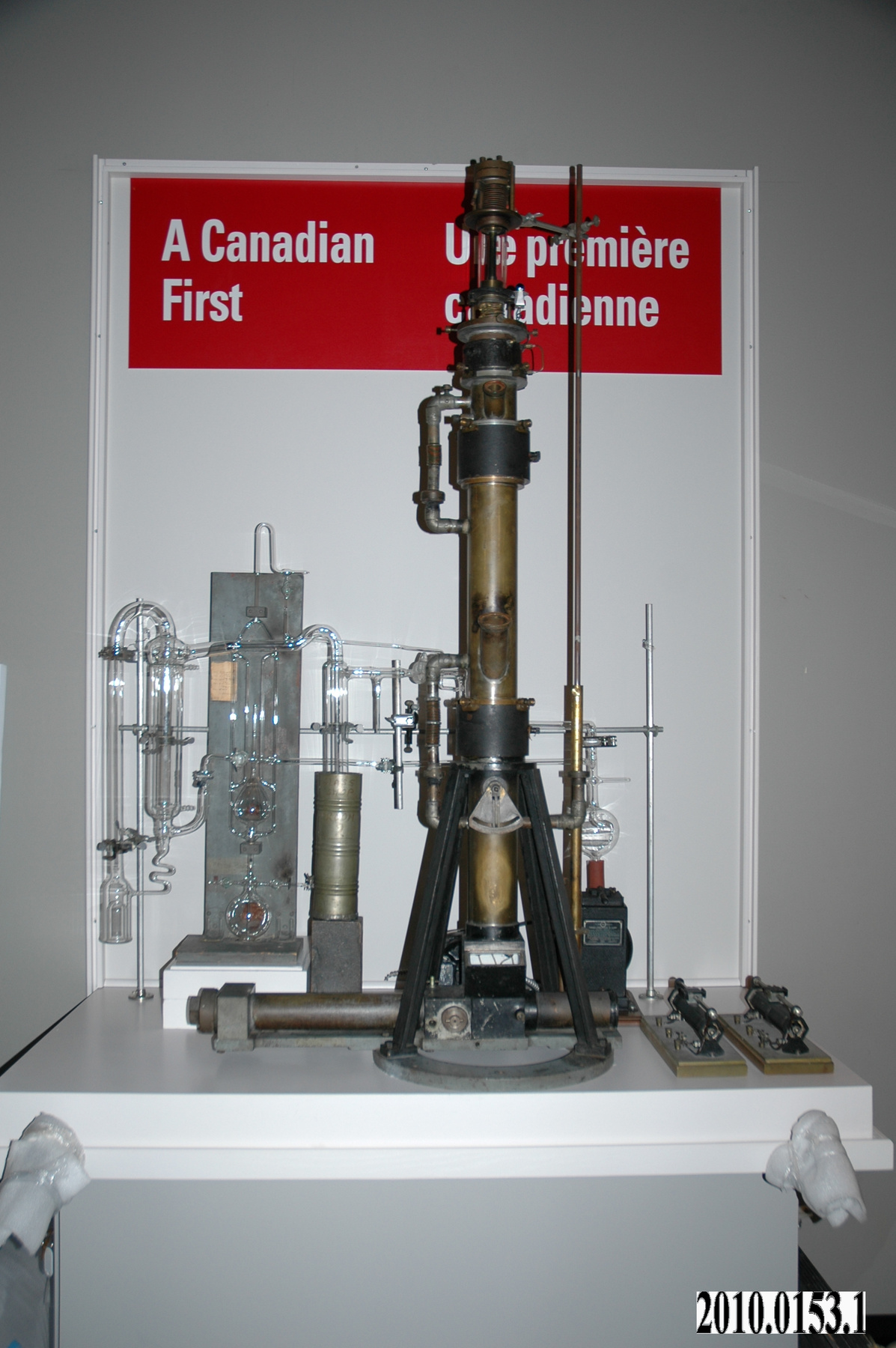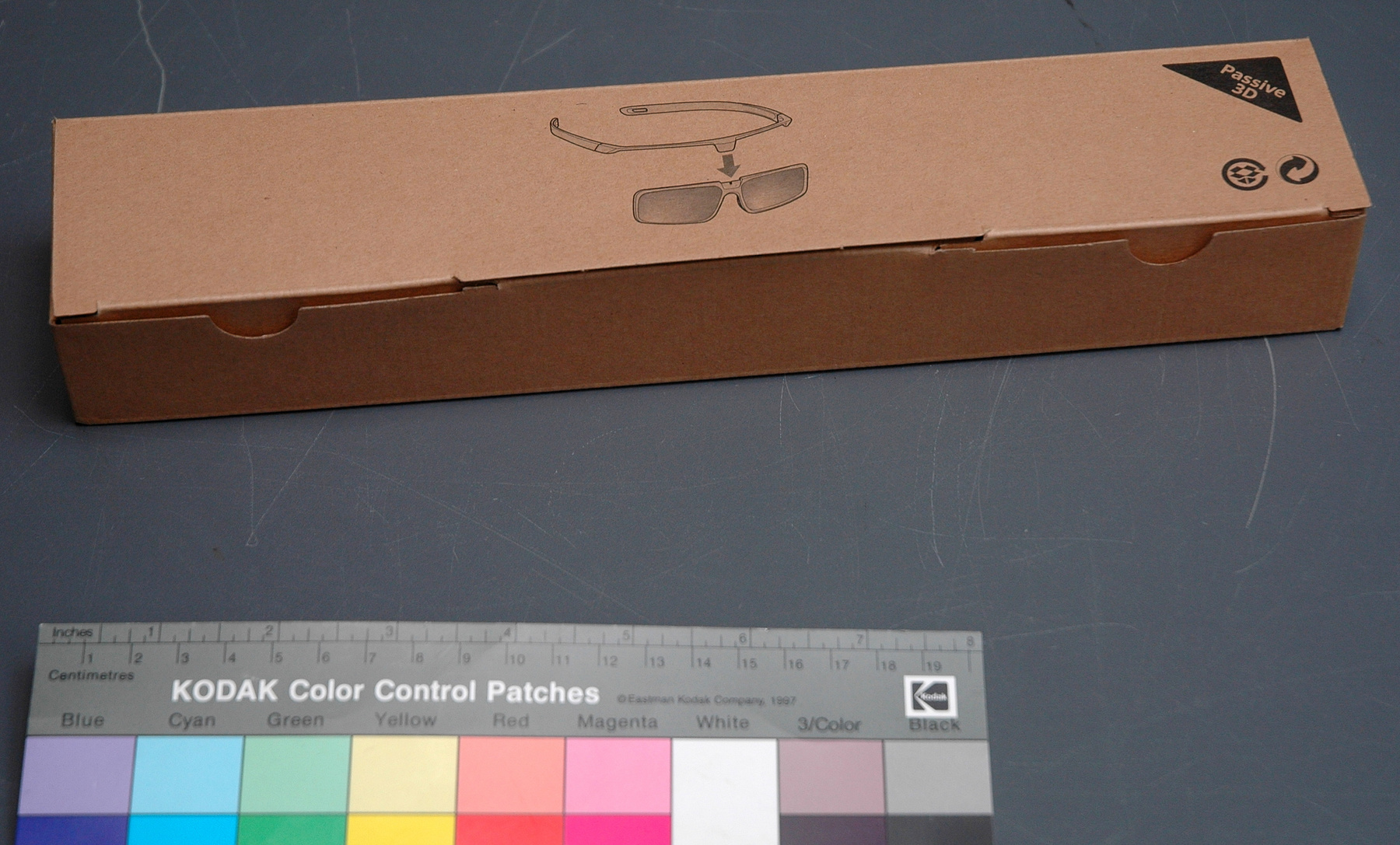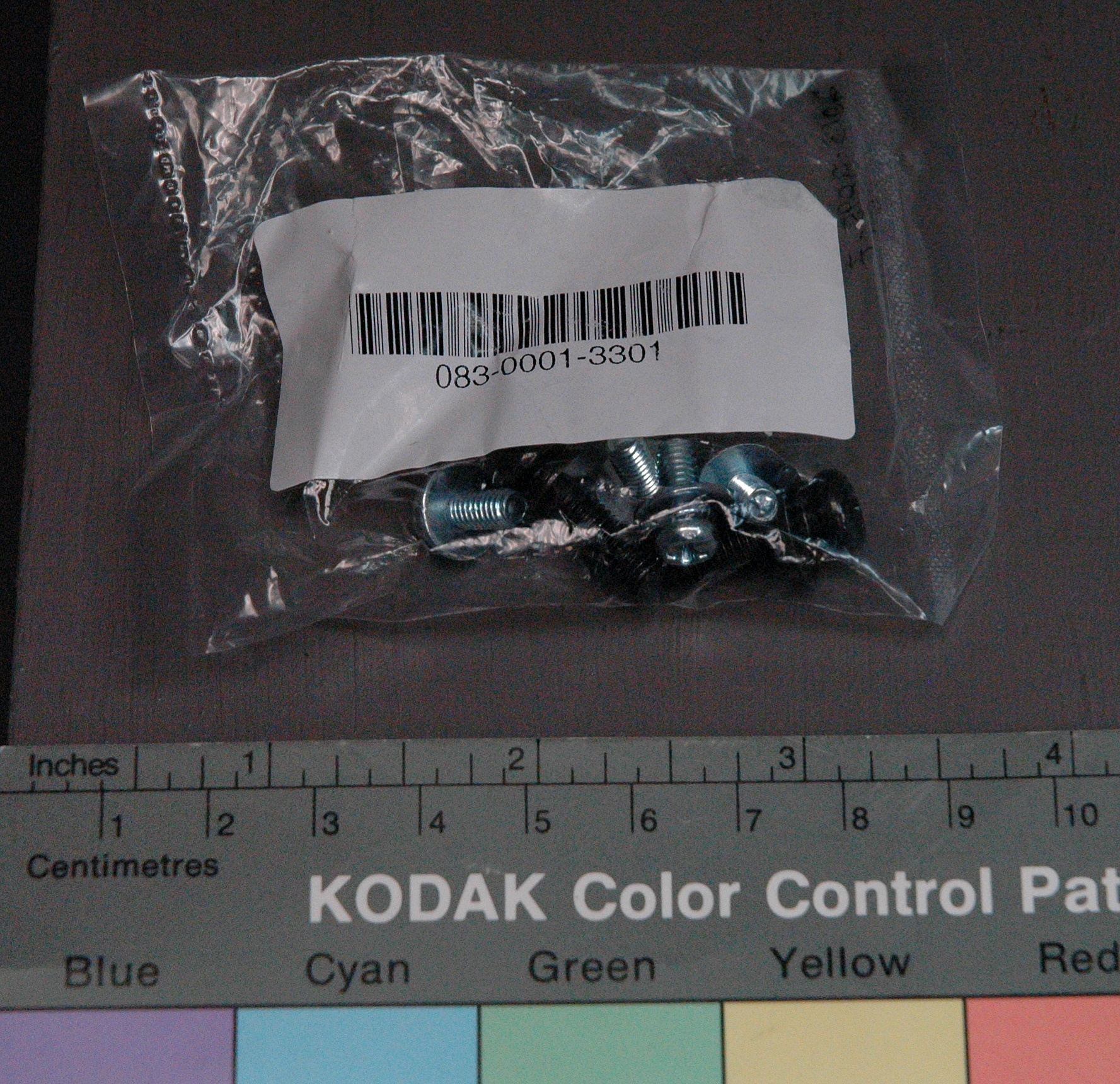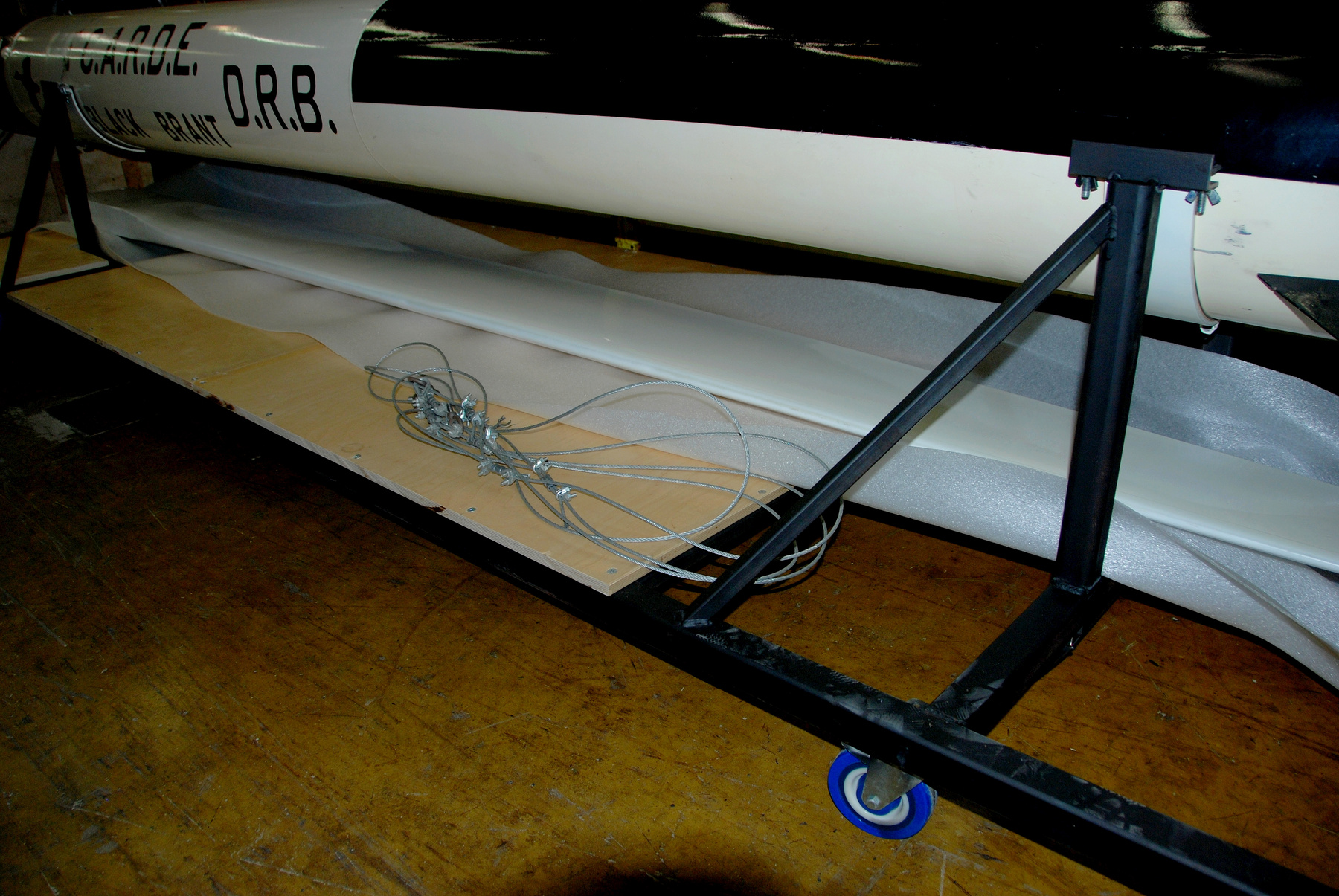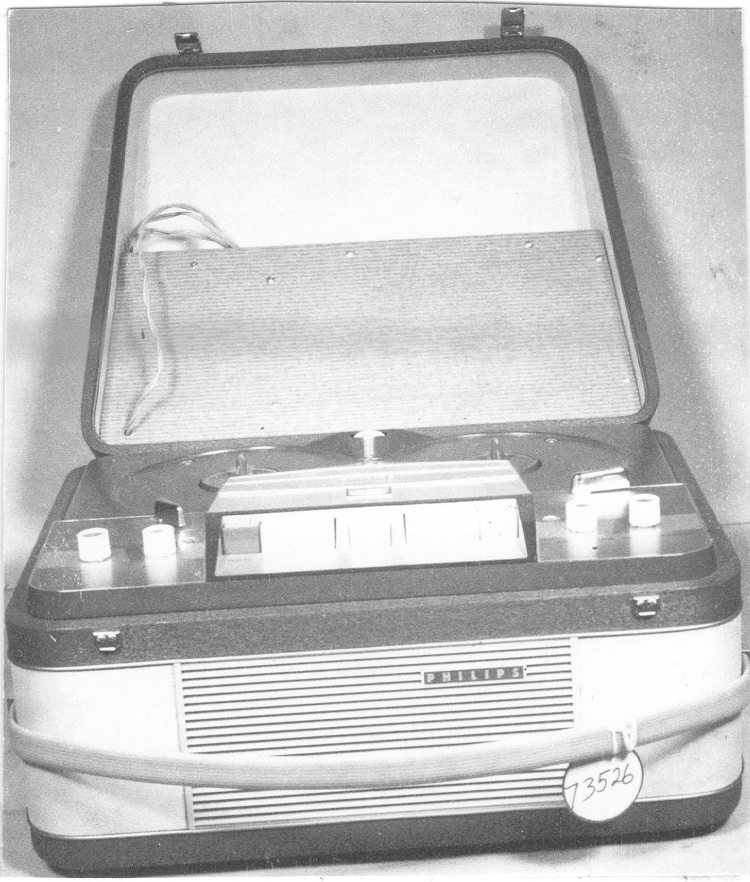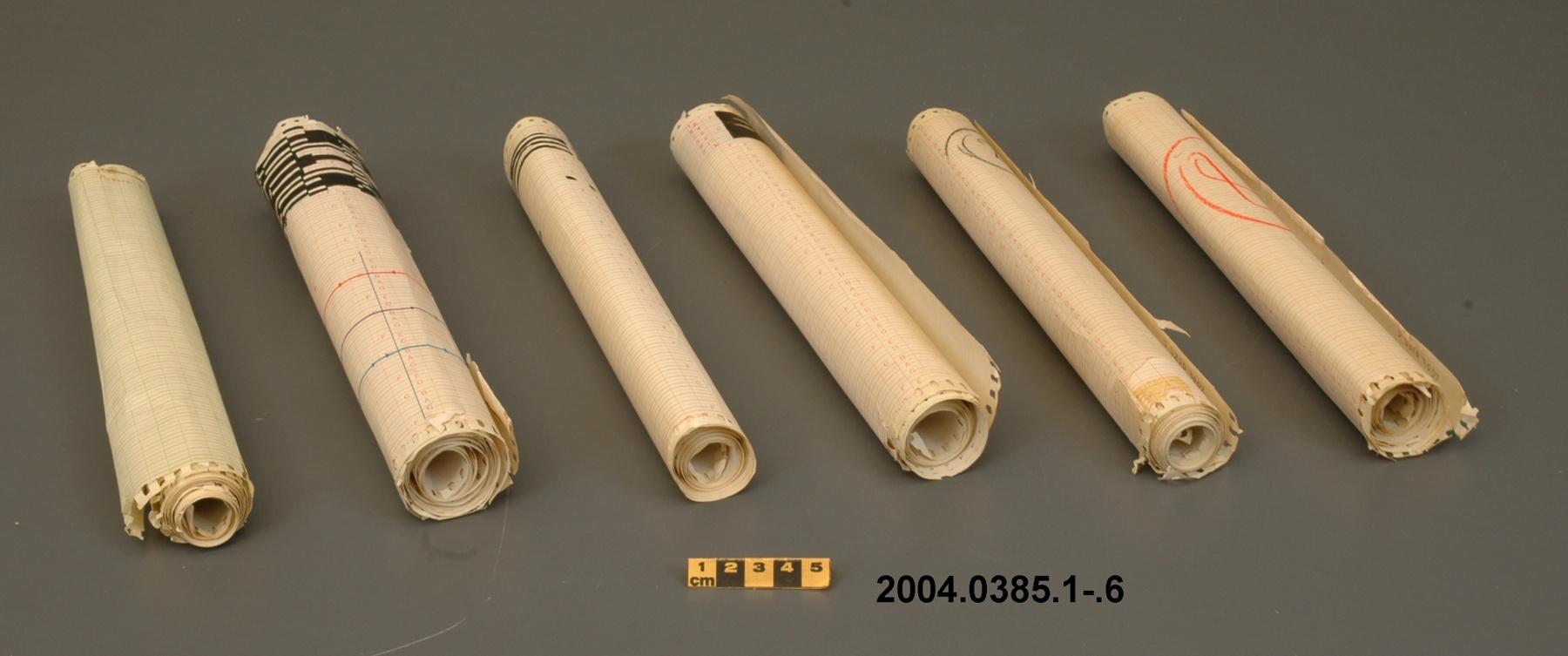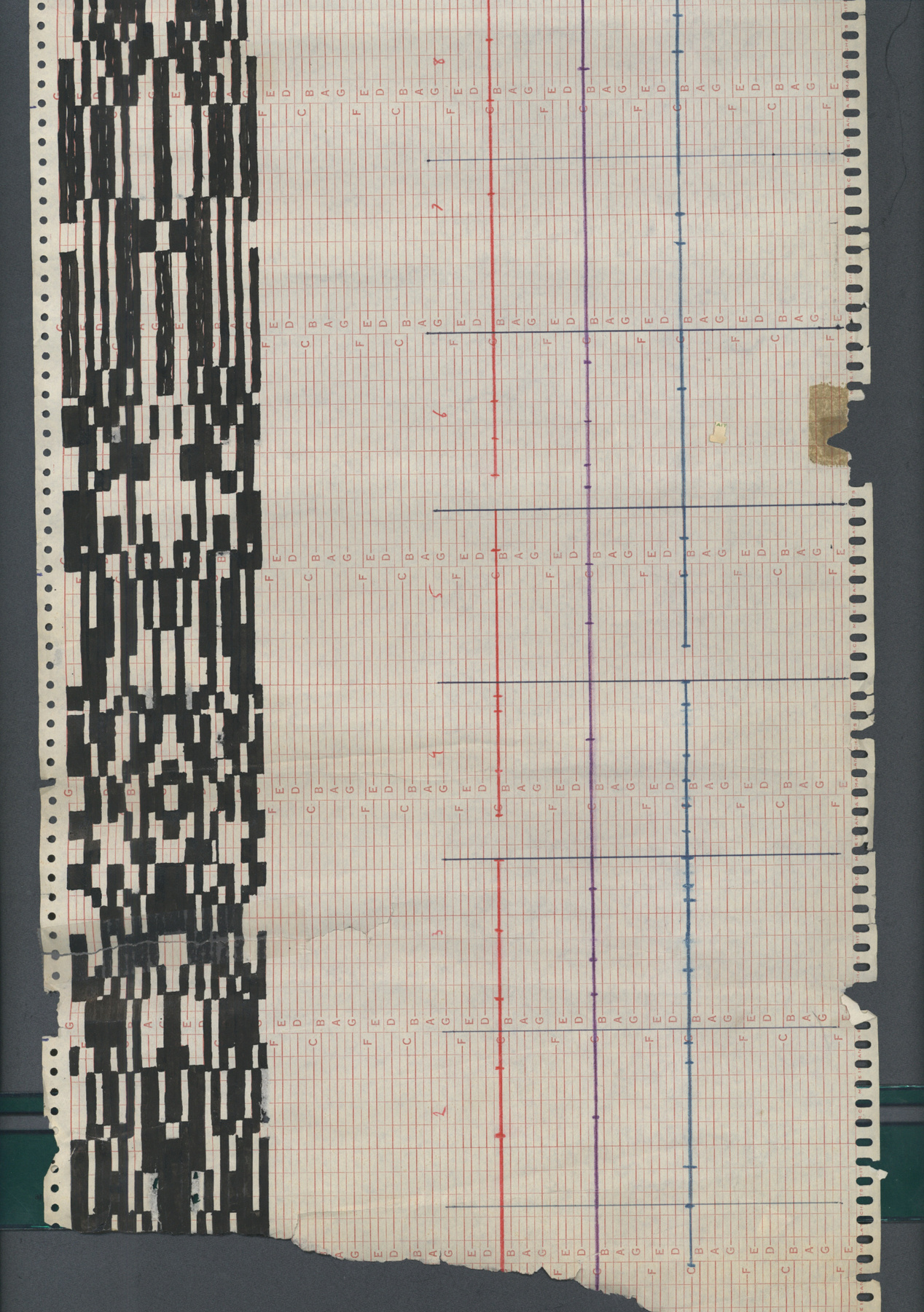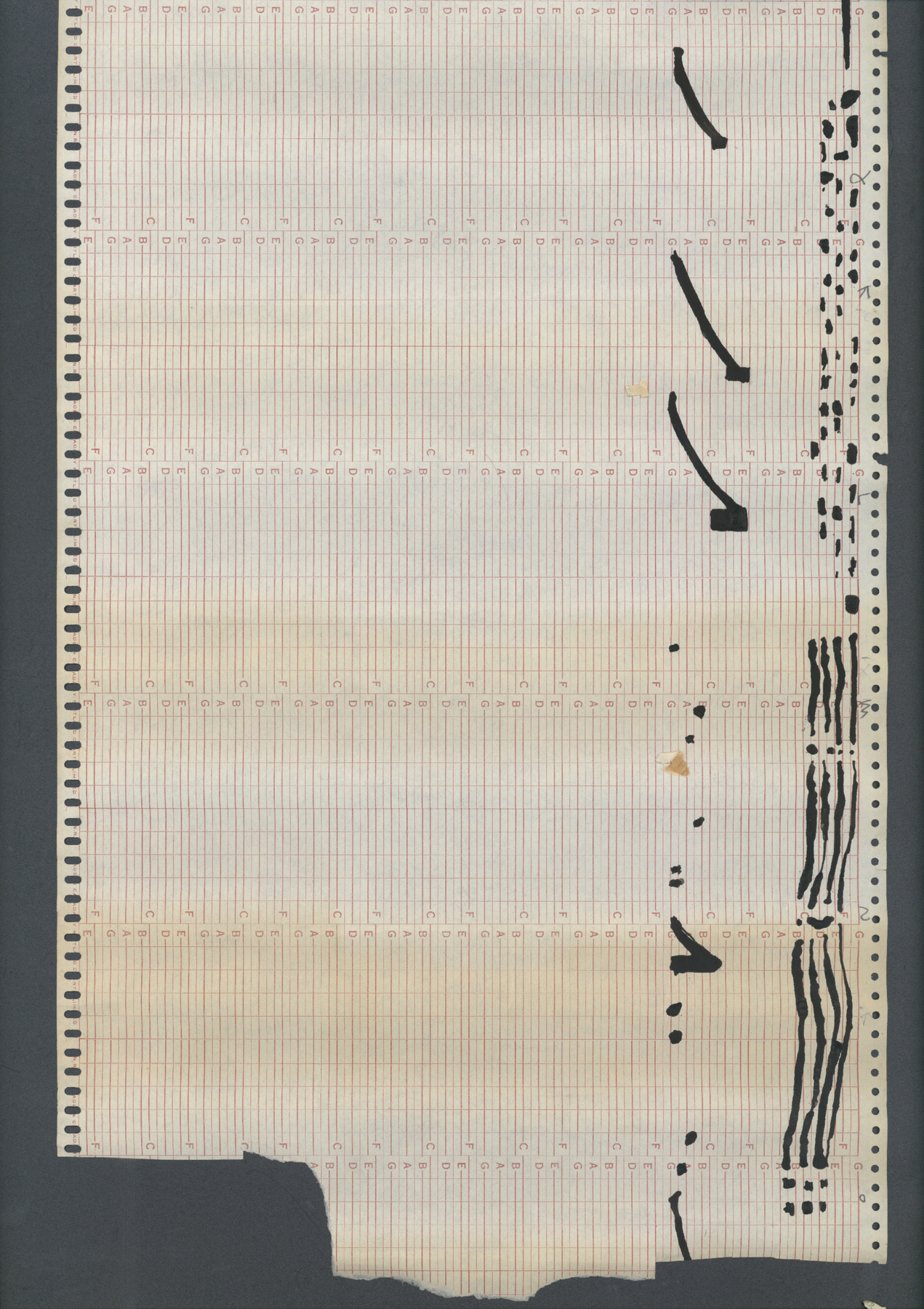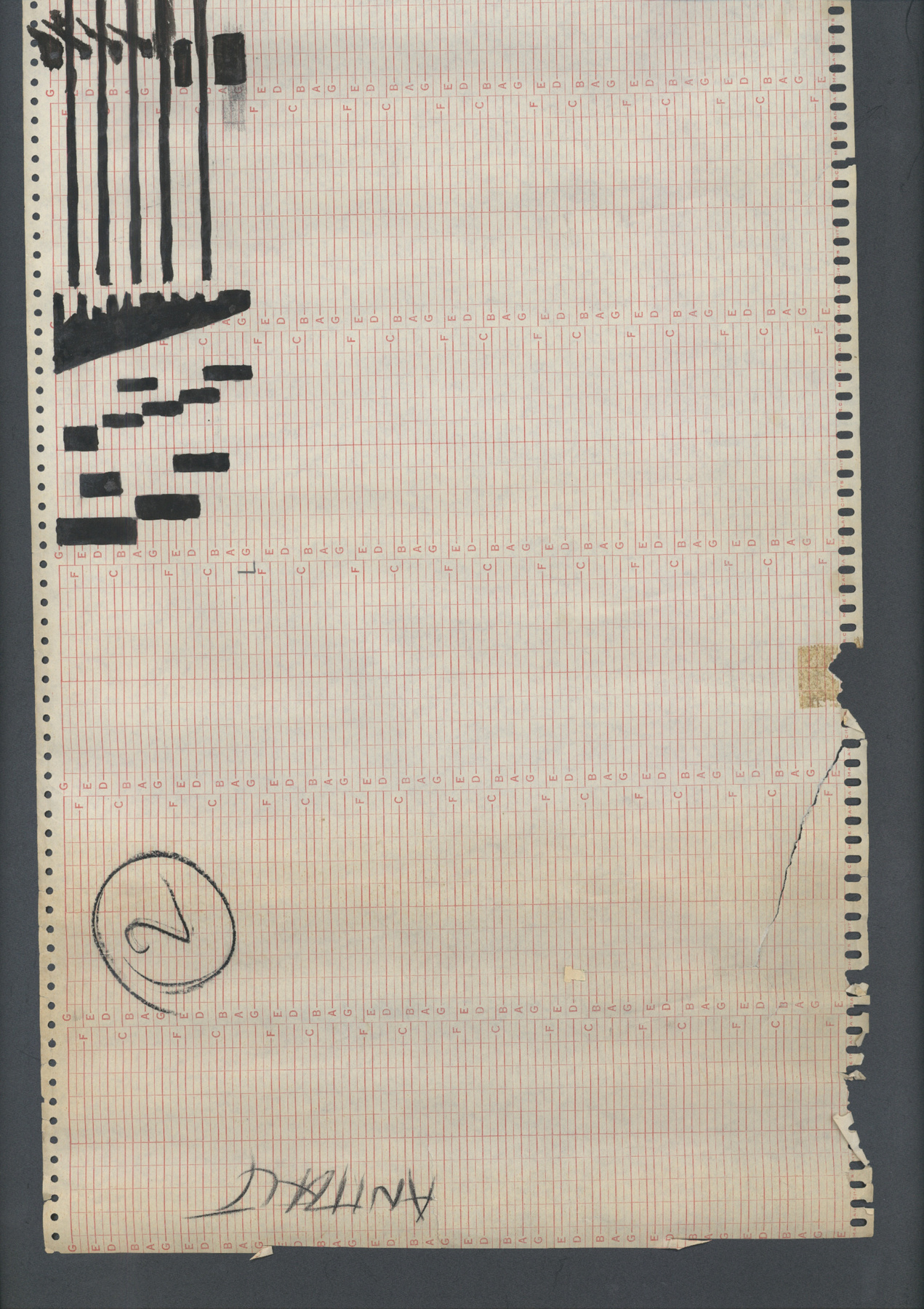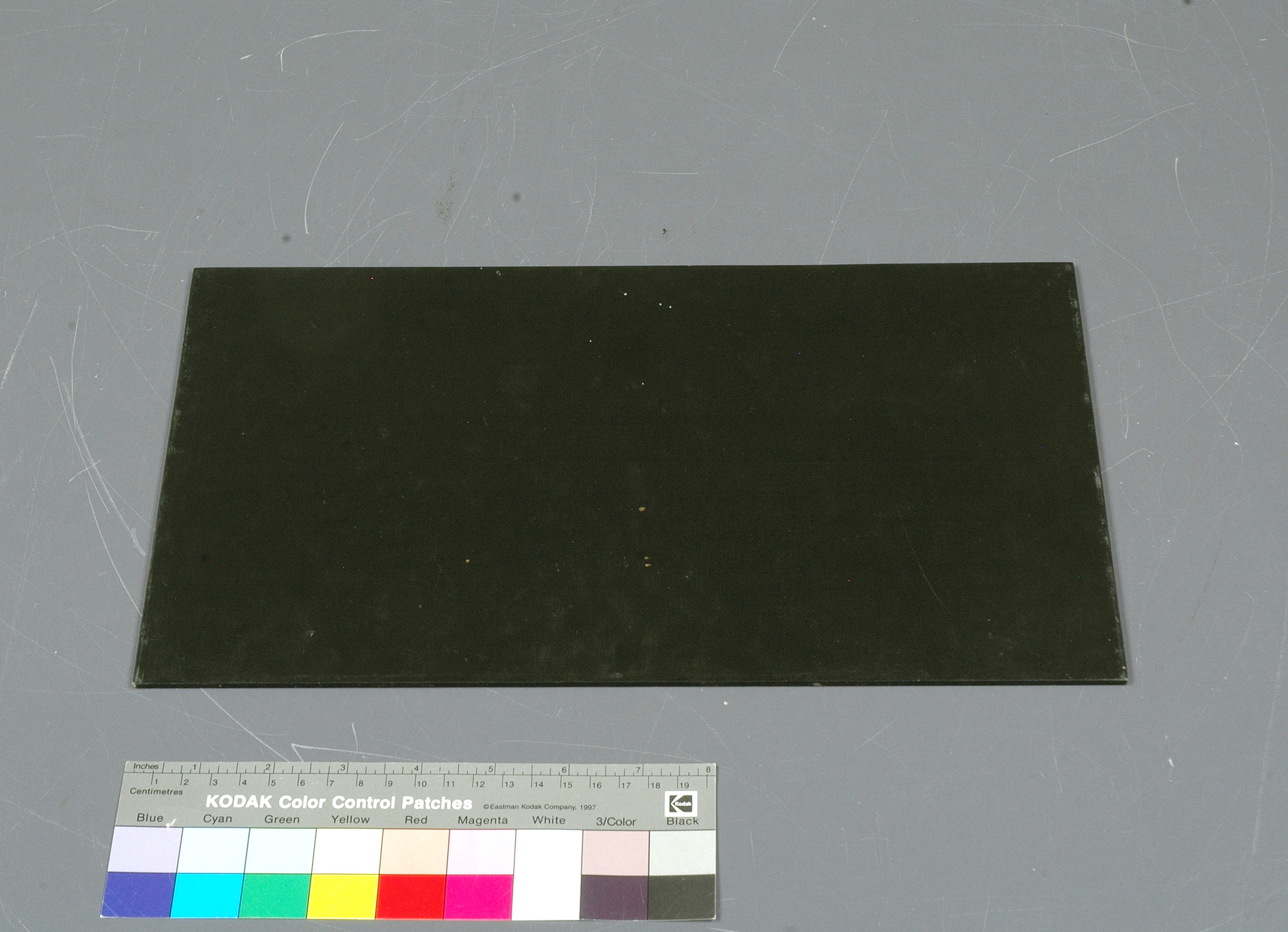Séparateur
Utiliser cette image
Puis-je réutiliser cette image sans autorisation? Oui
Les images sur le portail de la collection d’Ingenium ont la licence Creative Commons suivante :
Copyright Ingenium / CC BY-NC-ND (Attribution-NonCommercial 4.0 International (CC BY-NC 4.0)
ATTRIBUER CETTE IMAGE
Ingenium,
2017.0009.007
Permalien:
Ingenium diffuse cette image sous le cadre de licence Creative Commons et encourage son téléchargement et sa réutilisation à des fins non commerciales. Veuillez mentionner Ingenium et citer le numéro de l’artefact.
TÉLÉCHARGER L’IMAGEACHETER CETTE IMAGE
Cette image peut être utilisée gratuitement pour des fins non commerciales.
Pour un usage commercial, veuillez consulter nos frais de reproduction et communiquer avec nous pour acheter l’image.
- TYPE D’OBJET
- S/O
- DATE
- 1966
- NUMÉRO DE L’ARTEFACT
- 2017.0009.007
- FABRICANT
- Clairtone Sound Corp. Ltd.
- MODÈLE
- Inconnu
- EMPLACEMENT
- Rexdale, Ontario, Canada
Plus d’information
Renseignements généraux
- Nº de série
- S/O
- Nº de partie
- 7
- Nombre total de parties
- 10
- Ou
- S/O
- Brevets
- S/O
- Description générale
- Wood or wood-fibre board
Dimensions
Remarque : Cette information reflète la taille générale pour l’entreposage et ne représente pas nécessairement les véritables dimensions de l’objet.
- Longueur
- 34,9 cm
- Largeur
- 19,8 cm
- Hauteur
- S/O
- Épaisseur
- S/O
- Poids
- S/O
- Diamètre
- S/O
- Volume
- S/O
Lexique
- Groupe
- Communications
- Catégorie
- Son
- Sous-catégorie
- S/O
Fabricant
- Ou
- Clairtone
- Pays
- Canada
- État/province
- Ontario
- Ville
- Rexdale
Contexte
- Pays
- Inconnu
- État/province
- Inconnu
- Période
- Inconnu
- Canada
-
The Clairtone Sound Corporation was established in 1958 by Peter Munk and David Gilmour in Toronto, Ontario. The aim of the company was to merge contemporary Scandinavian design styles with high-fidelity stereo equipment built in Canada. The marriage of design and electronics was not happenstance, Gilmour was already an established importer of Scandinavian designed pieces and was tuned into the modernist styles that would become evocative of 1960s design; whereas Munk was an electrical engineer who had already developed a number of high end hi-fi sets for wealthy clients. The first stereo produced by Clairtone, the 100-S, was successful on both fronts as it produced high-fidelity sound and also received an award from the National Industrial Design Council for its modernist design. The stereo was designed in a long teak cabinet and included a high end turntable and speakers. The quality of the stereo components were endorsed by celebrities like Oscar Peterson (Jazz Pianist, 1925-2007), Dizzy Gillespie (Jazz Trumpeter, 1917-1993), and Frank Sinatra (Singer, 1915-1998) contributing to Clairtone’s international popularity. While the modernist designs won fans with the avant-garde and interior designers, the quality of the stereos were very popular with consumers. However, not all consumers shared the same appreciation for modernist design as the founders of Clairtone and pressure mounted to create Clairtone quality systems housed in more traditional designed cabinets. This pressure led to a series of more traditional looking cabinets, inspired by Italian and French provincial designs, powered by Clairtone electronics to appeal to mainstream consumers (ex. Italian Palazzo, Princess, Duchess, Baroness). Although this move was made to remain competitive in the marketplace, it moved the company away from modernist designs leading David Gilmour to remark that the design shift “made me sick” but with the caveat that Clairtone “couldn’t just thumb its nose at the market.” While Gilmour was not intellectually pleased with the new approach it allowed Clairtone to further expand its market saturation. To respond to the design shift and return to their roots in modernist design, David Gilmour and Peter Munk conceived of the Project G Hi-Fi stereo. The Project G was originally intended to be an elaborate promotion piece for the company. To help them mark both the best quality of Clairtone equipment and cutting edge modernist design. The task of designing the Project G’s modernist feel fell to Hugh Spencer. Hugh Spencer was one of the most notable designers of the period and would later found the design firm Opus International and be asked to design a suite in Habitat ’67. He was responsible for designing the look of the system with its straight lines, mixed materials (wood and metal), and the iconic globe speakers. Under the hood of the Project G was a revolutionary designed electronic system developed by Peter Munk. The result was a stereo that didn’t look like anything else available at the time, with a length of over 6 feet it was too big for a standard living room definitely not designed for the ordinary consumer. It was also initially priced at $1,850 CAD, which was about the price of a small car of the period, further putting the Project G stereo into the realm of concept piece rather than consumer product. To boost its international recognition and to help flagging sales in the United States, Clairtone used the Project G as the centerpiece of their promotion. This was accomplished through a combination of traditional media, celebrity endorsement, and most importantly through product placement in Hollywood movies. The majority of these movies involved Actor/Singers (Frank Sinatra, Dean Martin, Tony Bennet, Frankie Avalon) from the early 1960s, thereby helping to solidify the links between the Clairtone Project G stereo and the elegant playboy-esque early 1960s lifestyle. By the mid-1960s, popular culture was moving away from the “gracious living” style and more towards the “swinging sixties”. Not to be left out of this new trend, Clairtone shifted its advertising to appeal to a younger and less financially endowed market. The Project G was still seen in Hollywood movies (The Graduate) which tended to reflect more on the new intended audience for the stereo. The company felt that this new audience demanded a new stereo with all of the style of the Project G but at a more affordable price. For this task, Clairitone called upon the industrial design expertise of Al Faux (pronounced “fox”). The final product maintained the look and feel of the Project G (straight lines, metal/wood, and globe speakers) but was smaller and sleeker, incorporating new electronic components which made the overall systems less fragile. The Clairtone G2 was the second generation of the technically advanced and stylish Project G series of Hi-Fi stereos produced by Clairtone Sound Corporation Ltd. Priced at $950 CAD, the Clairtone G2 was a more affordable hi-fi stereo option for those consumers wishing to be on the cutting edge of design while still enjoying high quality audio experiences. The smaller size and removable globe speakers of the Clairtone G2 allowed it to be more easily placed inside living rooms such as those found in Habitat’67. Like its predecessor, the Clairtone G2 won design awards including the Canada Design ’67 Award of Excellence for originality and design. The shift in marketing and the inclusion in modernist design events of the 1960s (Expo’67) helped cement the Clairtone G2 as the iconic high quality stereo of the period. The company would build all of the Clairtone stereos in a facility in Rexdale, Ontario until 1966. In 1964, Peter Munk entered into negotiation with the Provincial Government of Nova Scotia in the hopes of securing a loan for the company and in exchange for that loan, Clairtone would move all of its operations to Stellarton, Nova Scotia in Pictou County. In 1966, Clairtone moved to the new facility in Stellarton and began production of the G2 Stereo as well as other electronics. Clairtone was a victim of its own success, like other specialized industries that are moved to economically depressed regions from more vibrant ones (Toronto) the company had to go through an adjustments in procurement and labour. For all of their popularity, celebrity cache, and unique design, the production adjustments and slower than expected sales of all products resulted in Clairtone’s closure in 1971. (From the Acquisition Proposal, see Ref. 1) - Fonction
-
Provides separation within a compartment to hold record disks inside a radio receiver and disk player. - Technique
-
The main technical feature that defined the Clairtone Project G series of hi-fi stereos is the sound globe speakers. The sound globes were designed to create ideal listening conditions regardless of room shape, size, height, or wall surface texture. Furthermore, the orientation of the speakers within the sound globes allows for “true sound cone projection” with the aim of reproducing the acoustic quality of the room in which the sounds were initially recorded. The Clairtone G2 added the ability to remove the speakers from the main body of the stereo and move them around the room. This change allowed users to further control the listening experience. (From the Acquisition Proposal, see Ref. 1) - Notes sur la région
-
Inconnu
Détails
- Marques
- None apparent.
- Manque
- Appears complete
- Fini
- Black painted panel with a dimpled surface on the proper back and a smooth surface on the proper front.
- Décoration
- S/O
FAIRE RÉFÉRENCE À CET OBJET
Si vous souhaitez publier de l’information sur cet objet de collection, veuillez indiquer ce qui suit :
Clairtone Sound Corp. Ltd., Séparateur, 1966, Numéro de l'artefact 2017.0009, Ingenium - Musées des sciences et de l'innovation du Canada, http://collection.ingeniumcanada.org/fr/item/2017.0009.007/
RÉTROACTION
Envoyer une question ou un commentaire sur cet artefact.
Plus comme ceci
